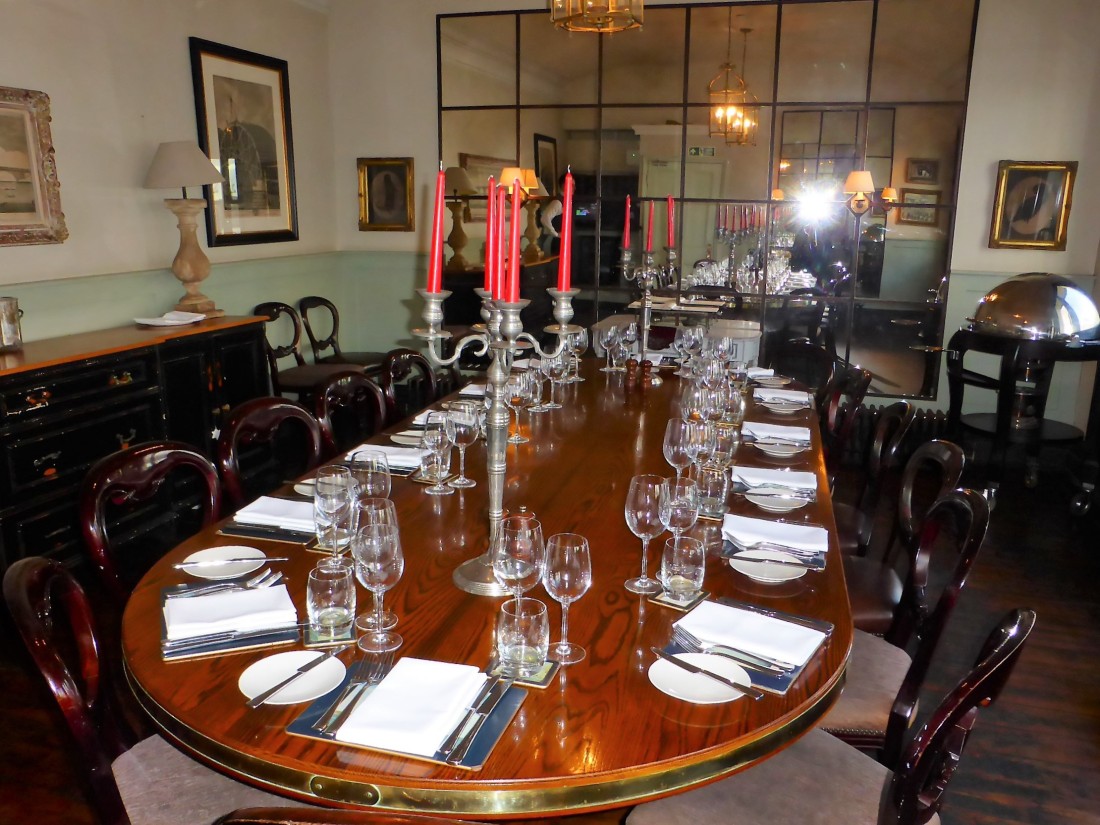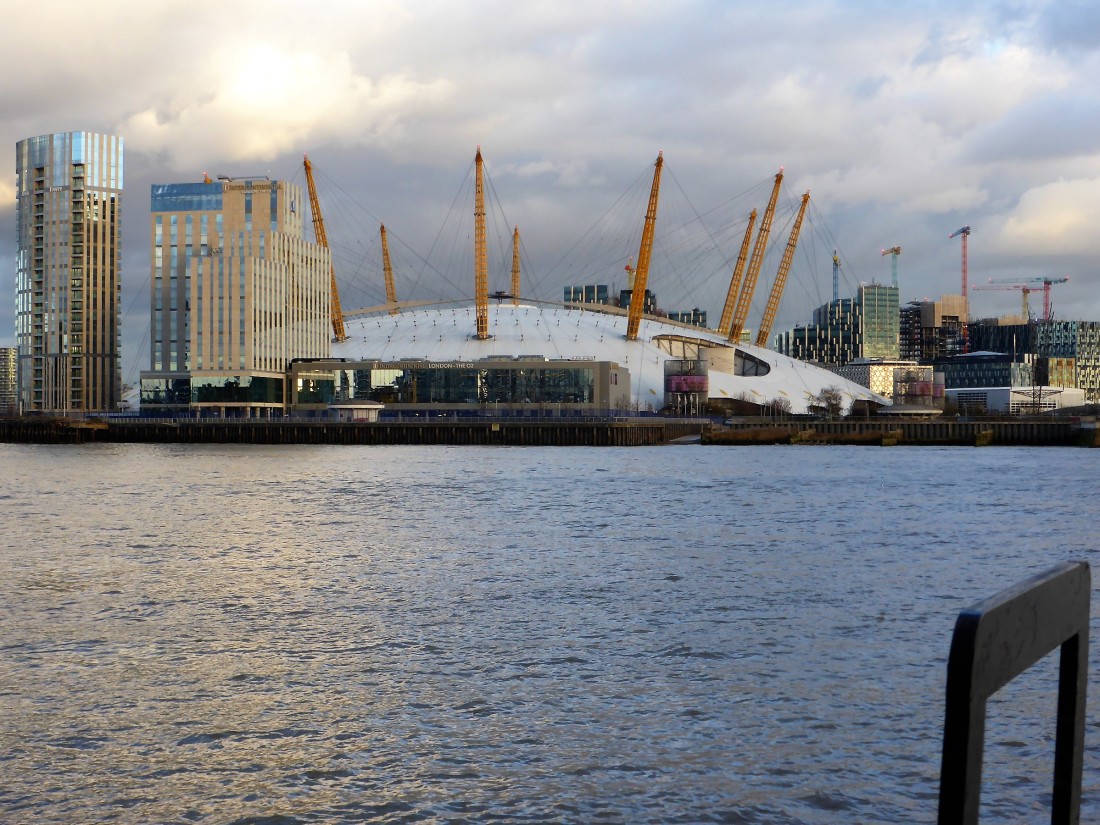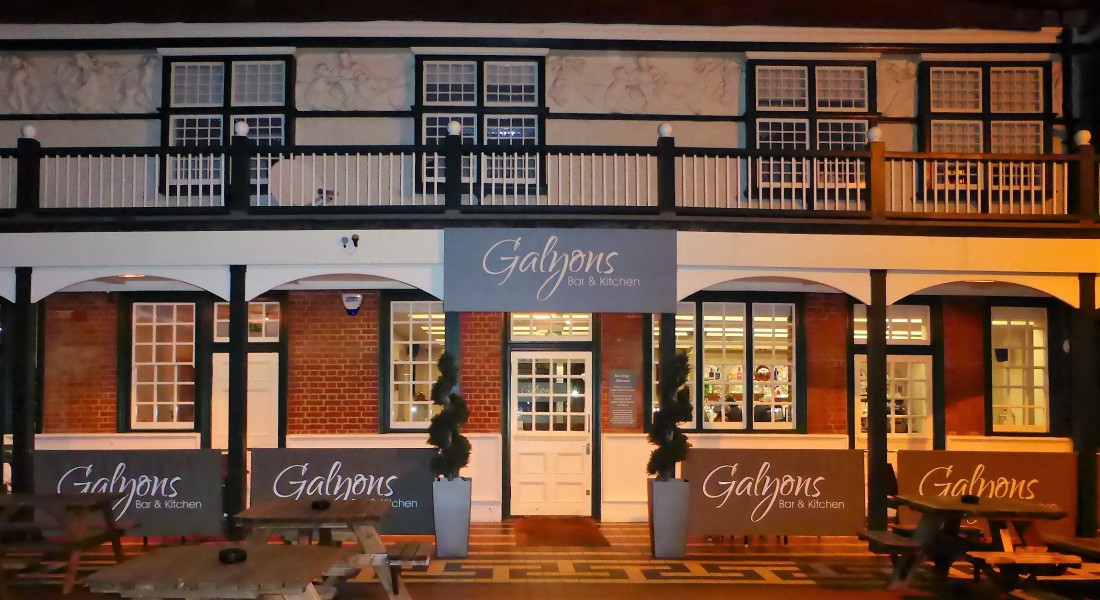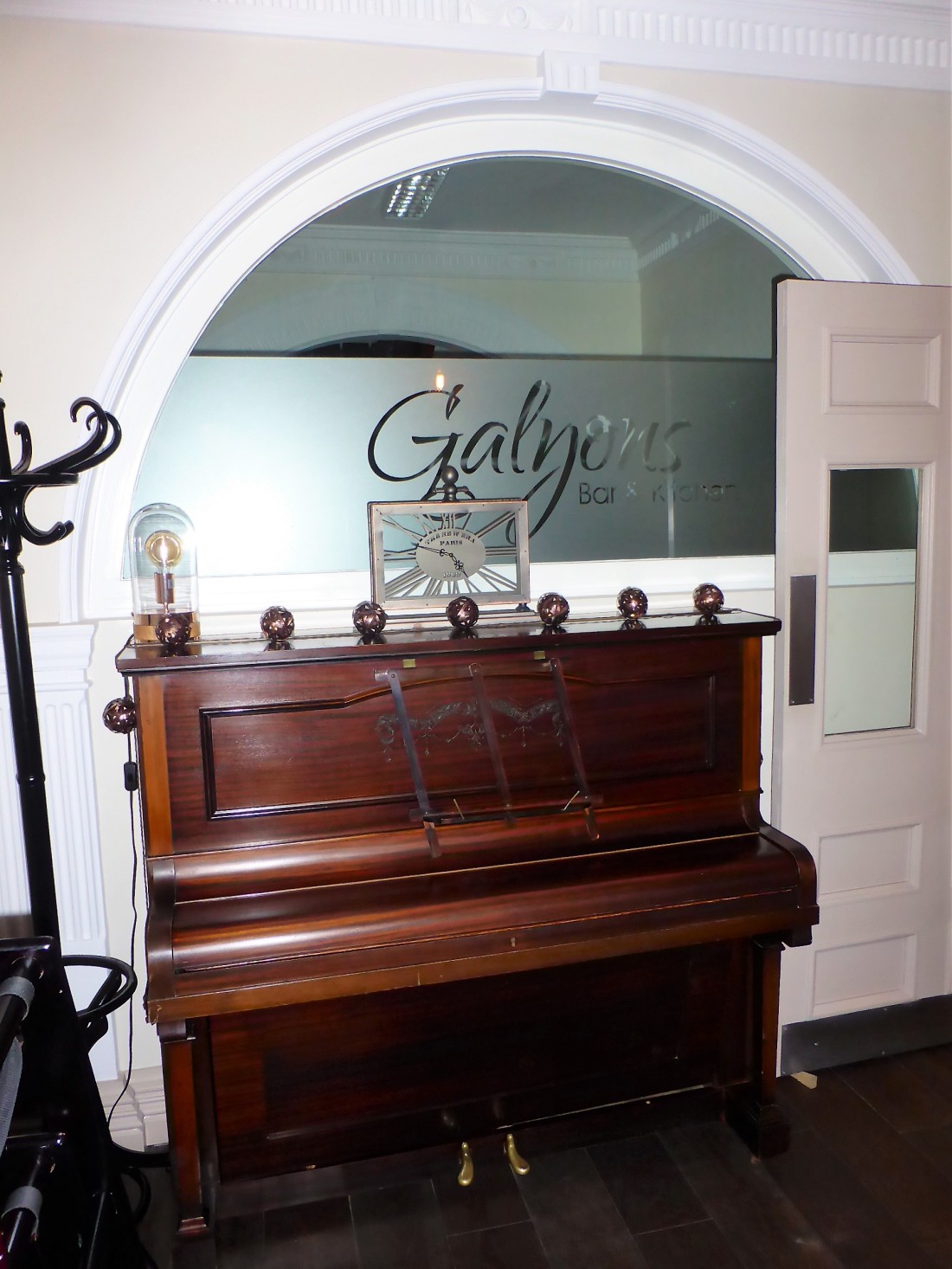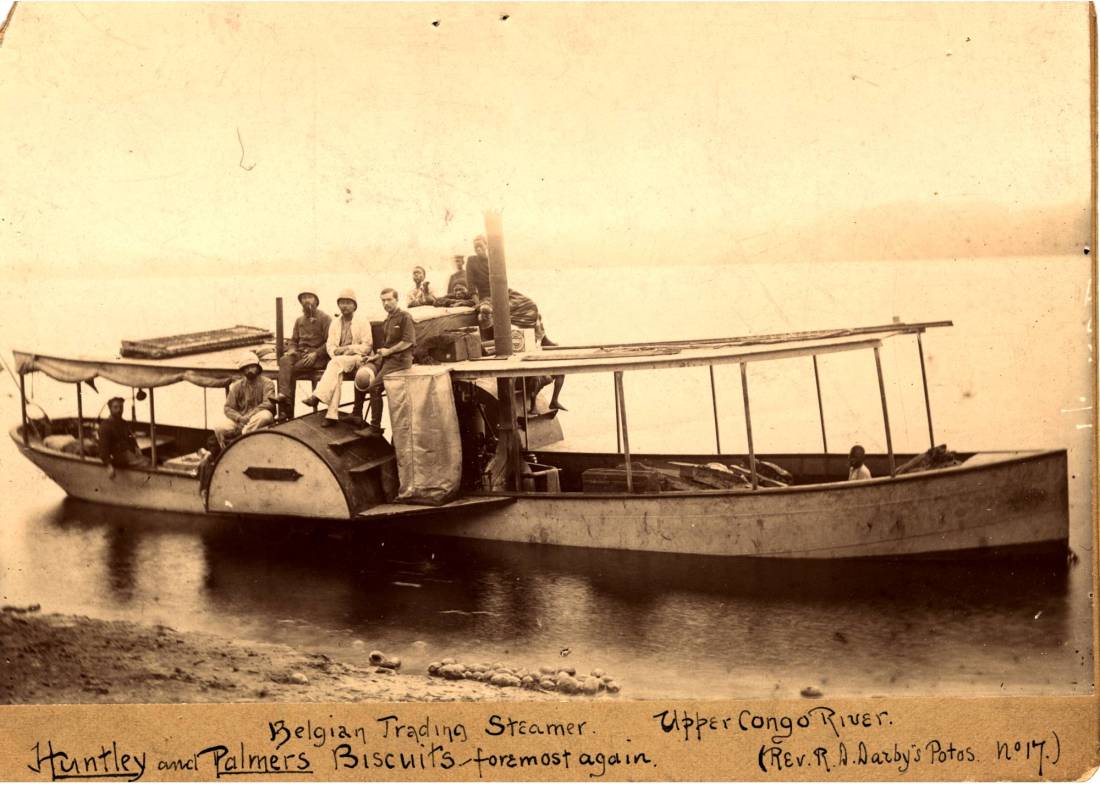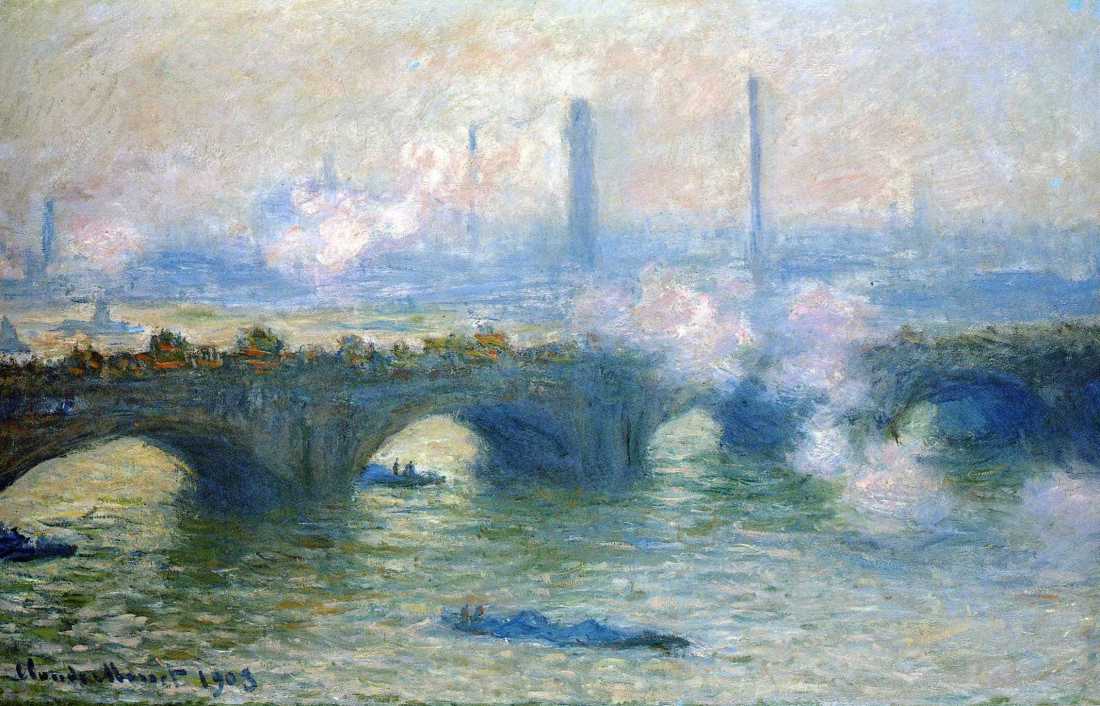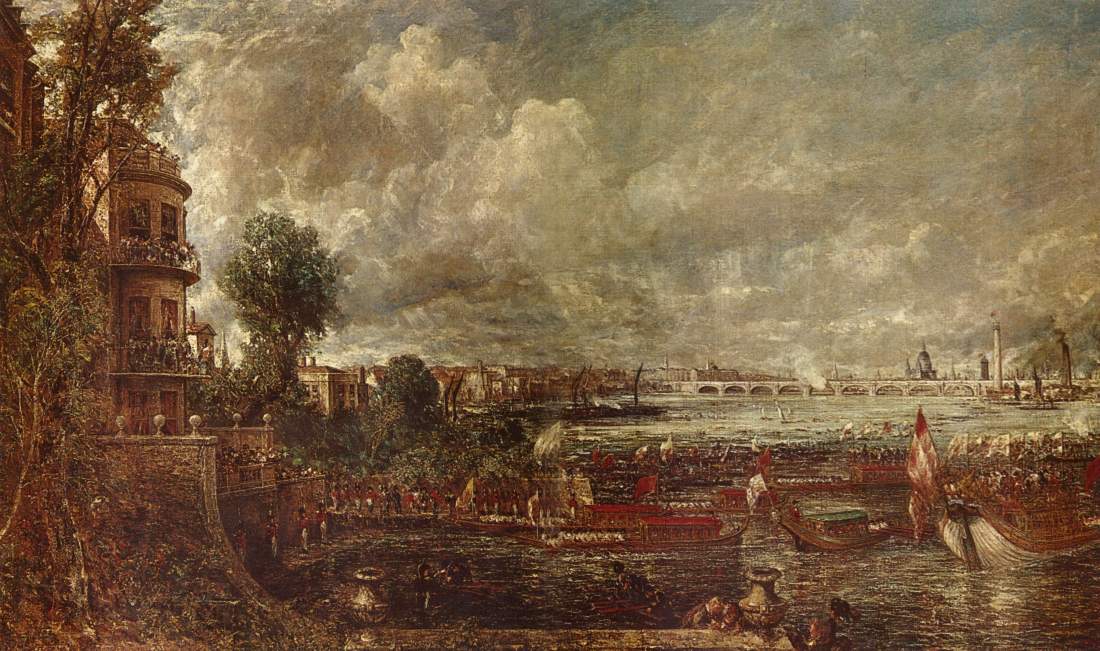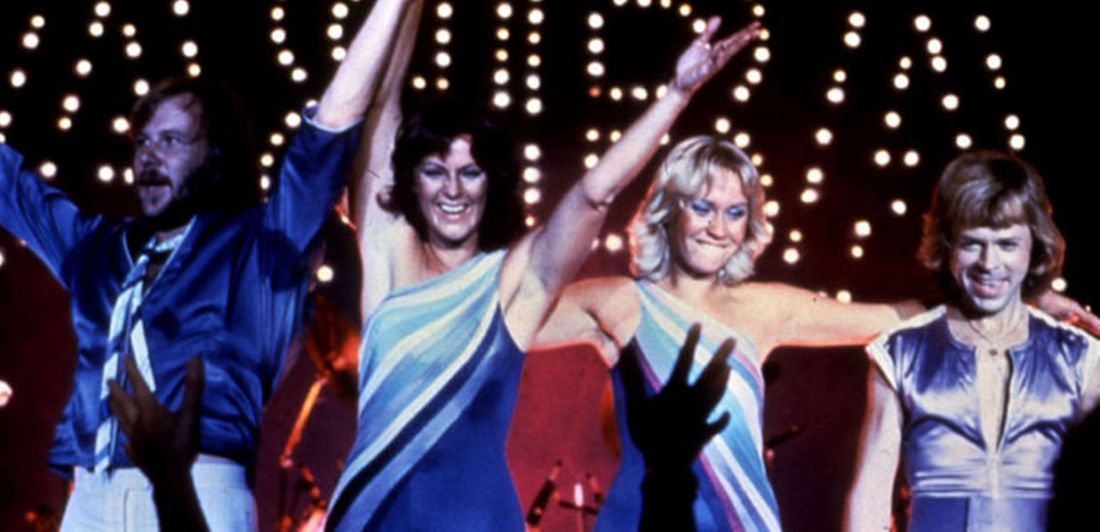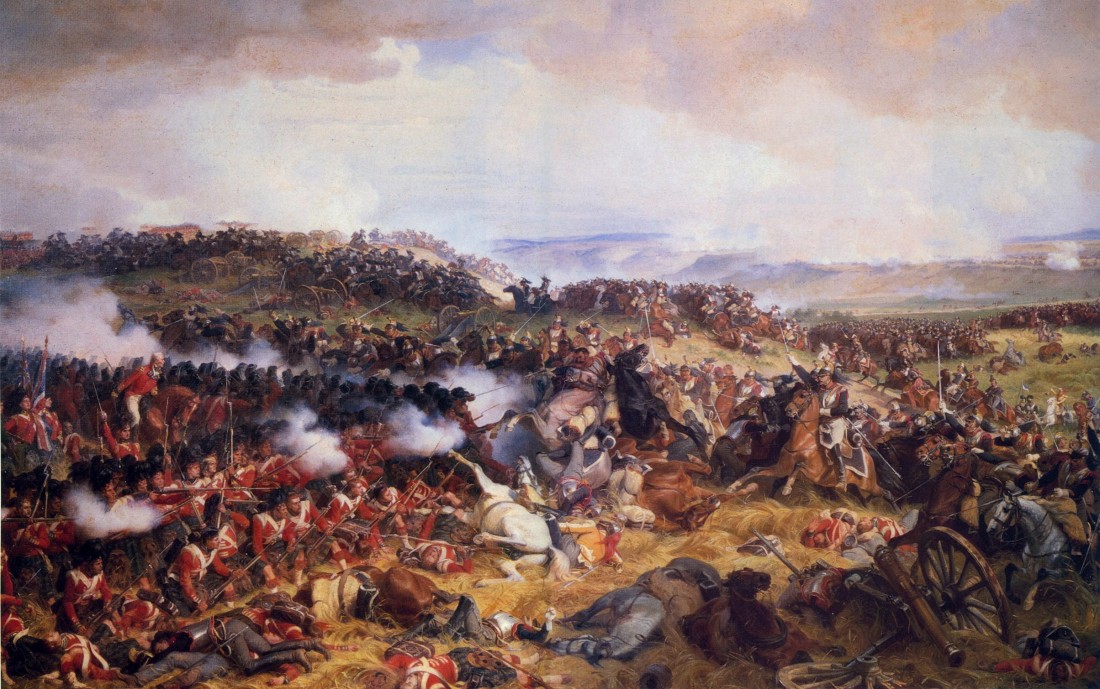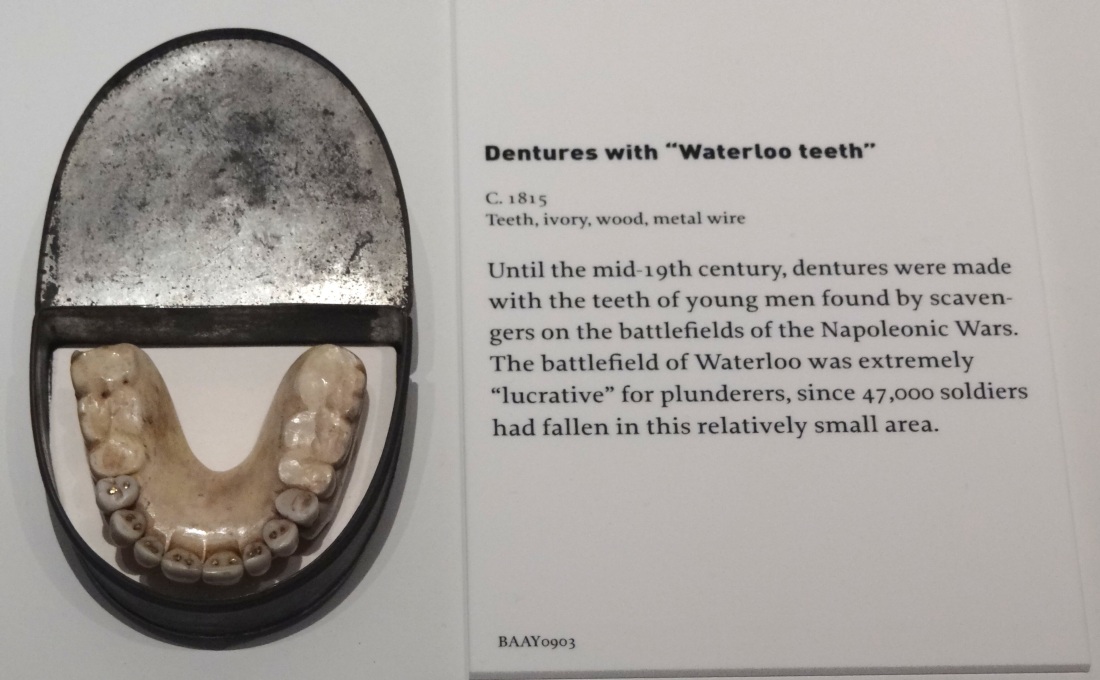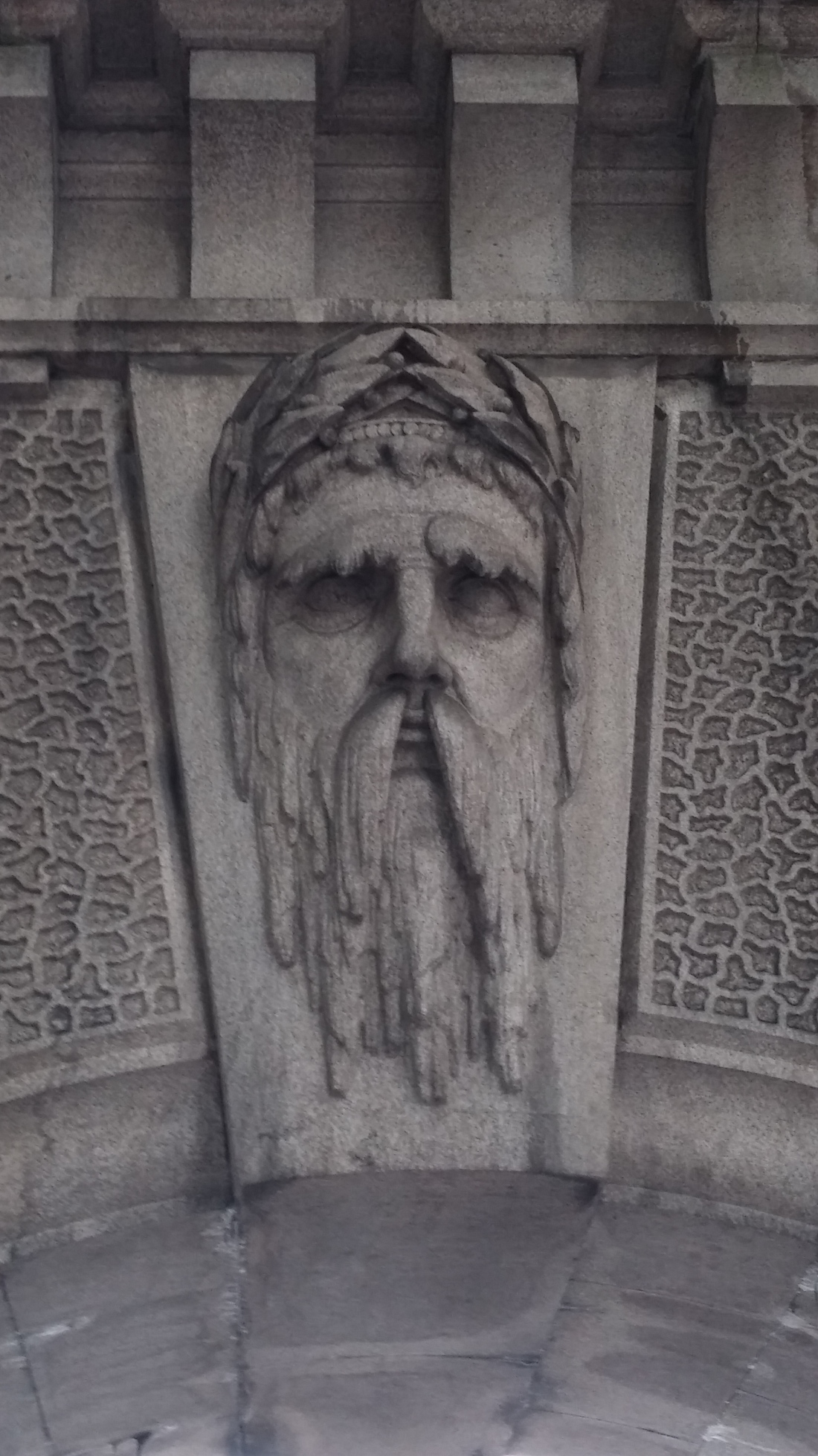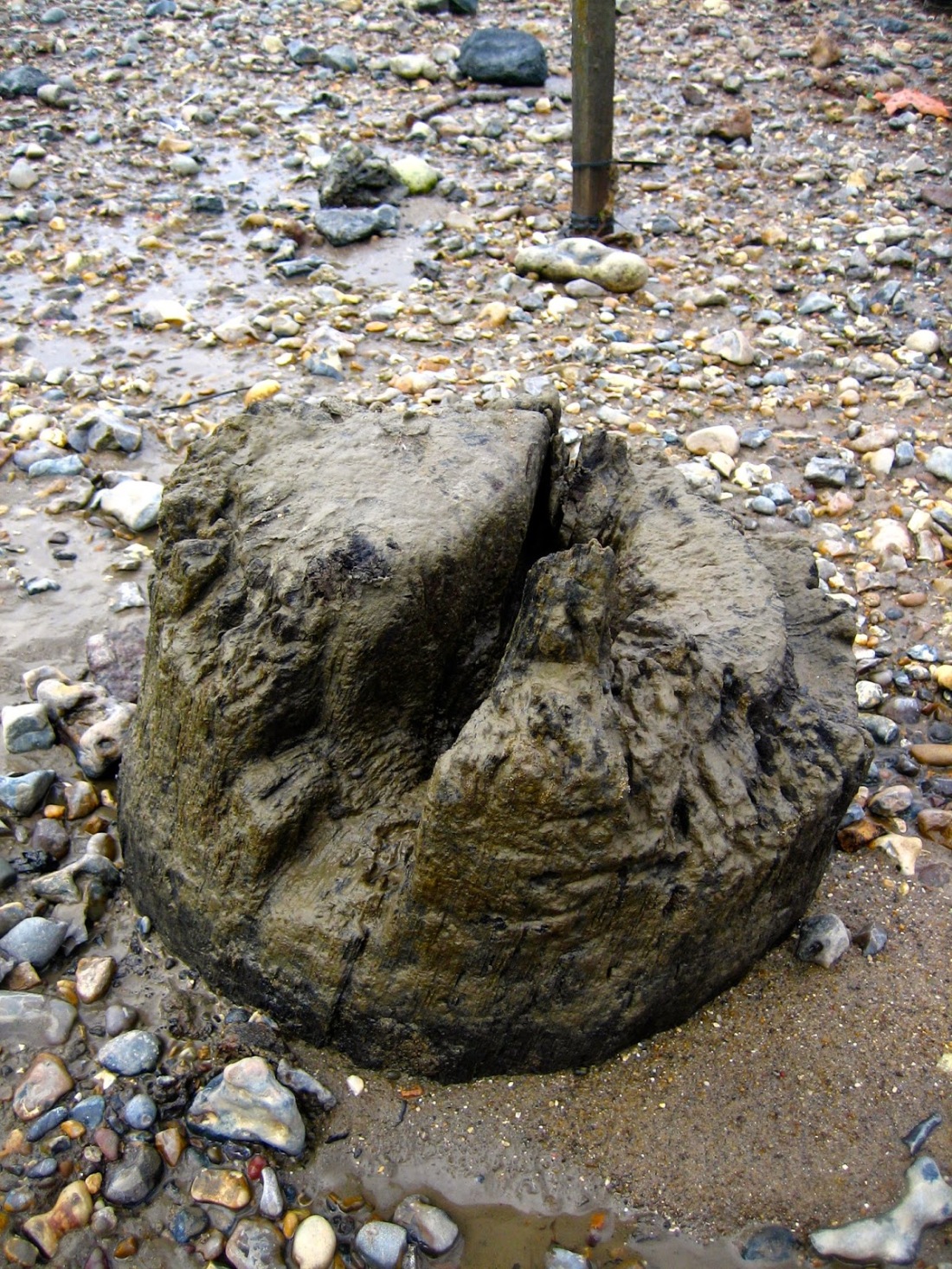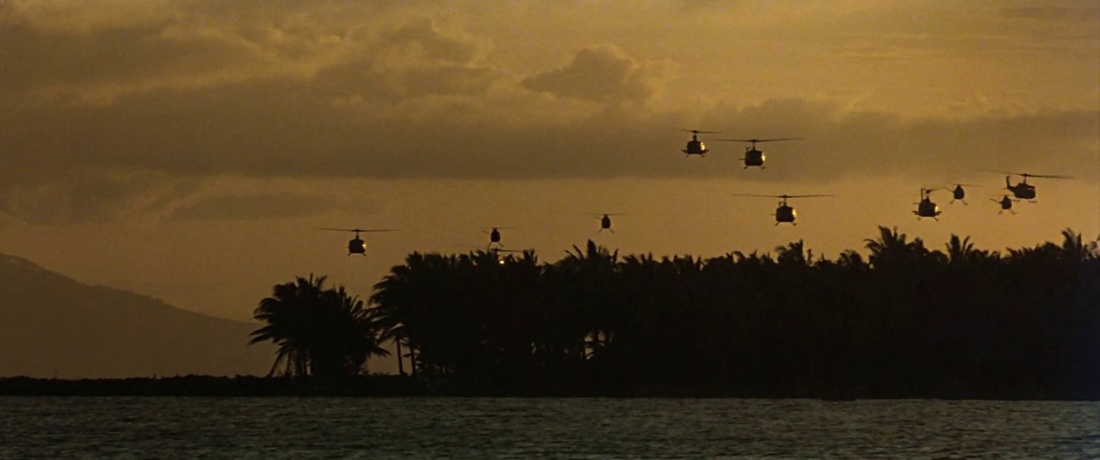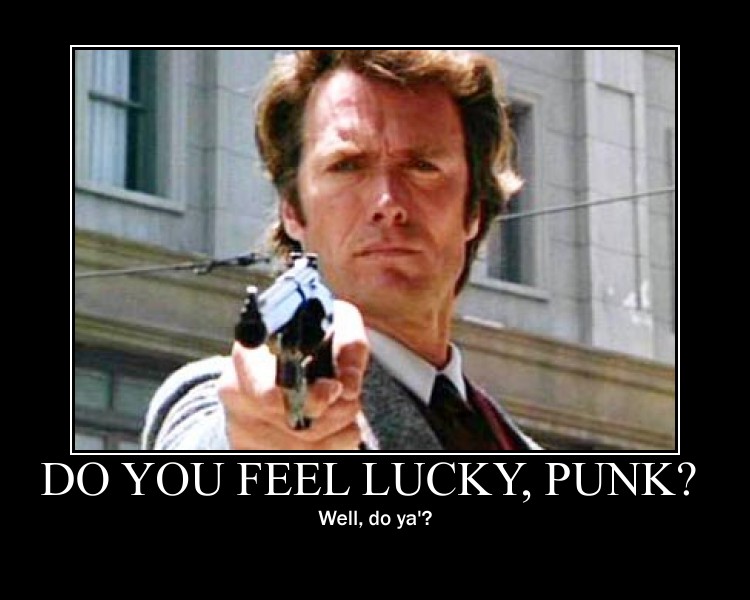Now for our fourth and final journey:
This is going to be a tough one! You’ve climbed Kilimanjaro bare footed and crossed the Atacama Desert without a water bottle? A walk in the park, mate! I’ve tried my best to prepare you, we’ve encountered talking rivers and had a bit of a wobble as we contemplated the horror of Heathrow, but nothing compares to the abominations that we will encounter on our walk from Waterloo to Surrey. If you doubt your mettle then turn back now, and sit this one out in the “The Fire Station” 50 Waterloo Rd, by Waterloo Station. Another “Safe in their hands” public safety initiative by our Tory government!
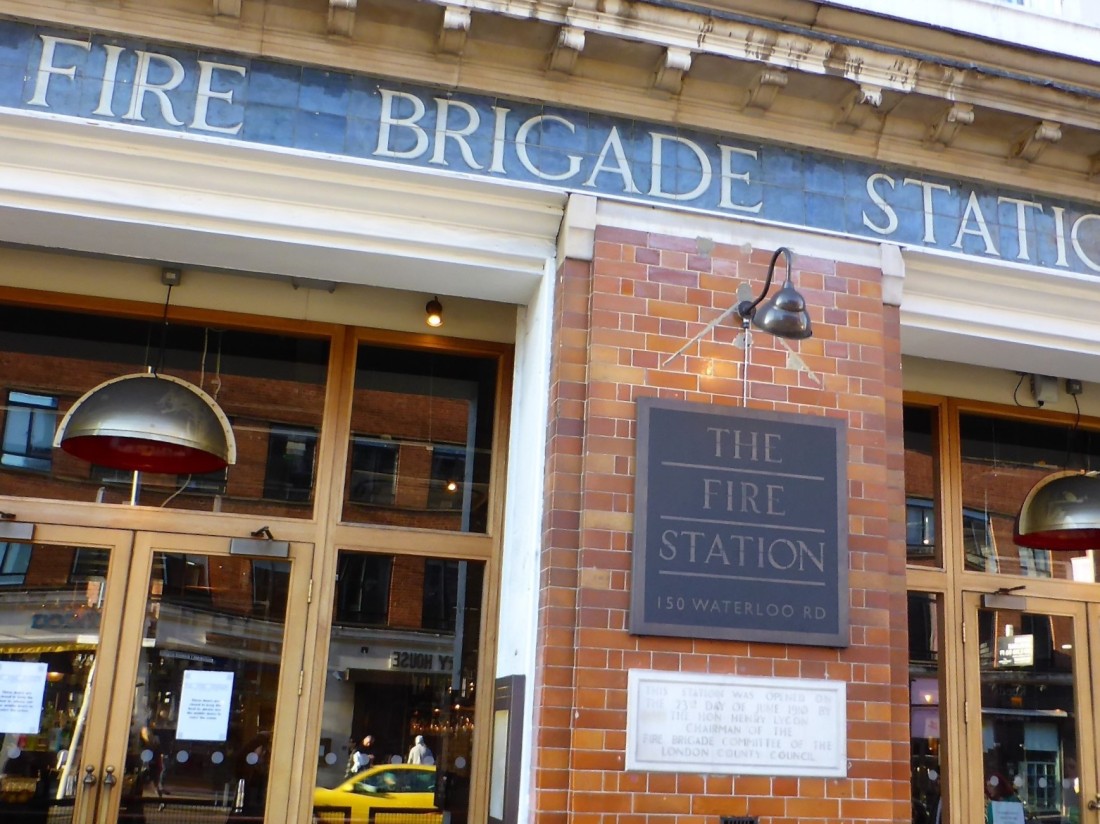
You want to continue? Ok, but don’t say that I didn’t warn you!
We came this far, so we go together. All the way! We’ll take you up there, we’ll go with you…
Apocalypse Now
Just 5 min (0.2 mile) to our first stop, walk south-east on Waterloo Bridge, take the stairs down onto Upper Ground, continue onto Belvedere Rd, our first destination is on your right:
4.1 Queen Elizabeth Roof Garden Bar, South Bank Centre, Belvedere Rd, Lambeth, SE1 8XX
A hidden gem of a place up a couple of flights of ugly concrete stairs, created in 2011 to celebrate the Festival of Britain’s 60th anniversary, this peaceful space atop Queen Elizabeth Hall is an oasis in central London. One of London’s best kept secrets, it lets you relax among wildflowers, fruit trees and allotments with beautiful views of the Thames and London skyline. Reasonably-priced drinks and food – and a Finnish sauna!
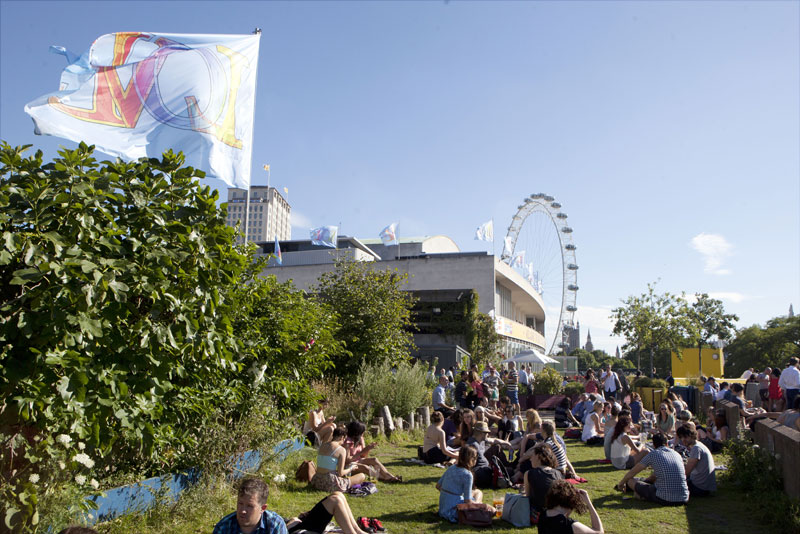
It’s 21 min (1.1 miles) to our next stop, turn left onto Queen’s Walk, as you walk under Hungerford Bridge, keep an eye open for the Hop Locker– a popup container bar, it’s open all summer until September, then reappears in the Southbank Centre Market as a winter popup. Continue south and our destination will be on your right:
4.2 Tamesis Dock, Albert Embankment, Lambeth, SE1 7TP
Tamesis Dock is a beautiful brightly painted green and yellow 1933 Dutch-built barge. After many years on the Seine it is now permanently moored between Lambeth & Vauxhall Bridge. Formerly known as Rock the Boat and The English Maid, it is now used as a neighbourhood bar, live music & events space. With great views of the Houses of Parliament, Tamesis has a relaxed, fun & friendly personality.
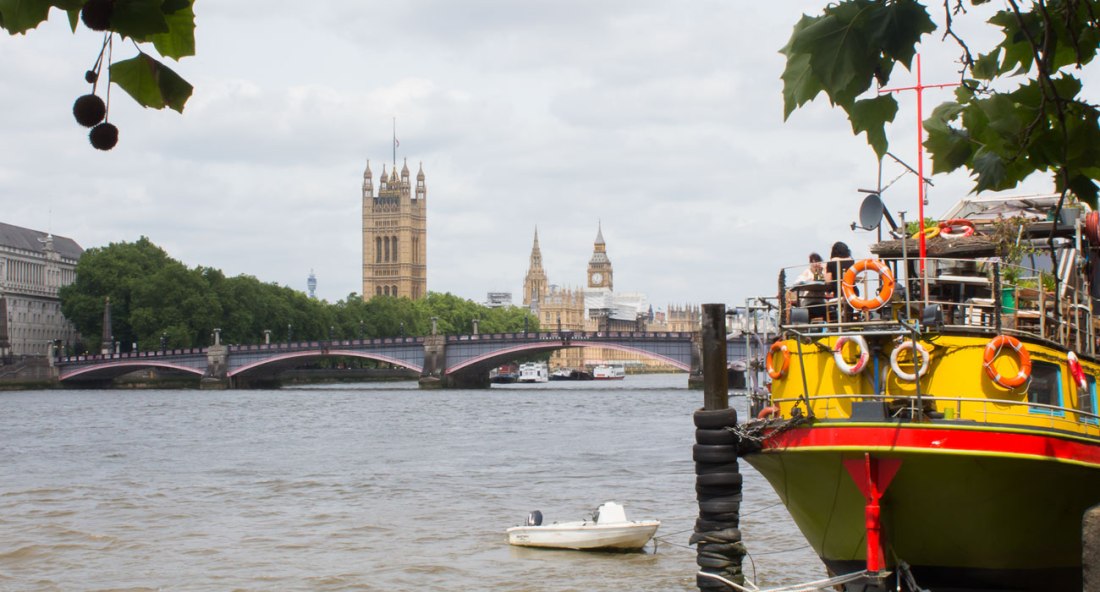
He was close, real close. I couldn’t see him yet, but I could feel him, as if the boat were being sucked upriver and the water was flowing back into the jungle.
Apocalypse Now
Just 3 min (0.2 mile) south on Albert Embankment and our destination will be on the left:
4.3 The Rose, 35 Albert Embankment, Lambeth, SE1 7TL
Formerly the Crown Tavern, this is a traditional Victorian Pub dating from 1881 with views across the Thames to the Houses of Parliament . The interior plays with both old and new design features, including an interesting bespoke circular bar, chandeliers and vintage furniture.
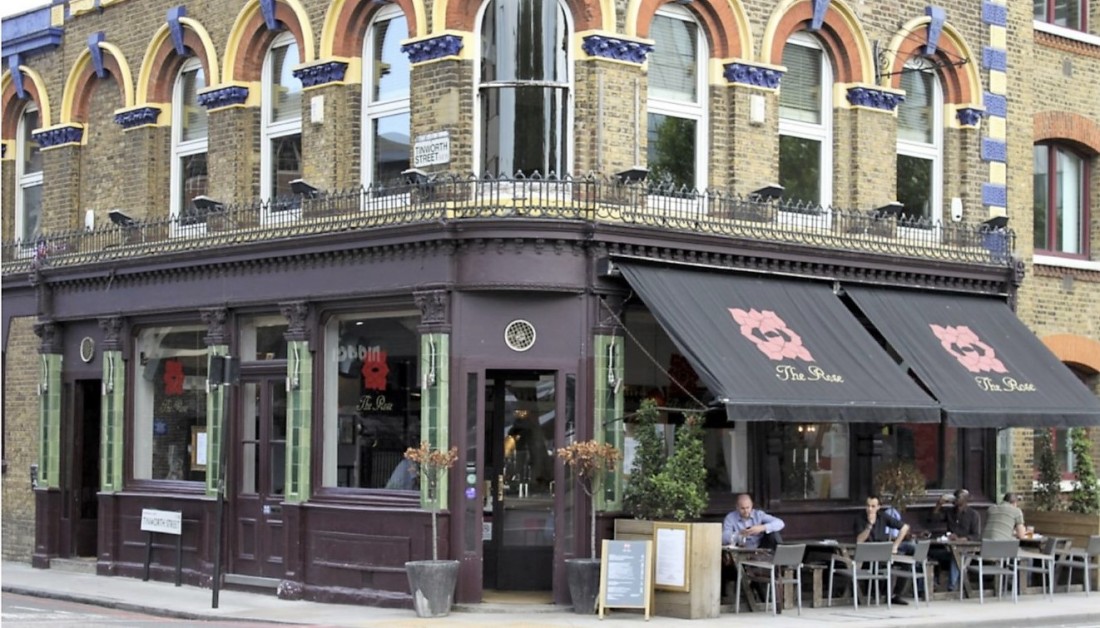
Only 9 min (0.5 mile) south on Albert Embankment, which becomes Riverside Walk and our destination will be on the left:
4.4 The Riverside, Hamilton House, 5 St George Wharf, Vauxhall SW8 2LE
And so, the horror begins! The following is a photo of the Nine Elms Cold Store, which occupied the site before the St George Wharf development:

It had a utilitarian brutalist simplicity and it may have made the cubists excited, but most of us would agree that its architectural merit was close to zero. It could therefore be argued that it would take a great deal of architectural skill to produce a building with less architectural merit. If that was their design brief, then we must concede that the Broadway Malyan Architectural Practice excelled themselves! It has twice won the Architects’ Journal’s ‘Worst Building in the World Award’ and was a finalist for the inaugural ‘Building Design Carbuncle Cup. Clearly designed for foreign buy to let investors with more money than taste, it might have been acceptable in Guangdong, Abu Dhabi, or Sochi:

But, for the avoidance of doubt, this is what a residential riverside development in a top European capital city is supposed to look like:
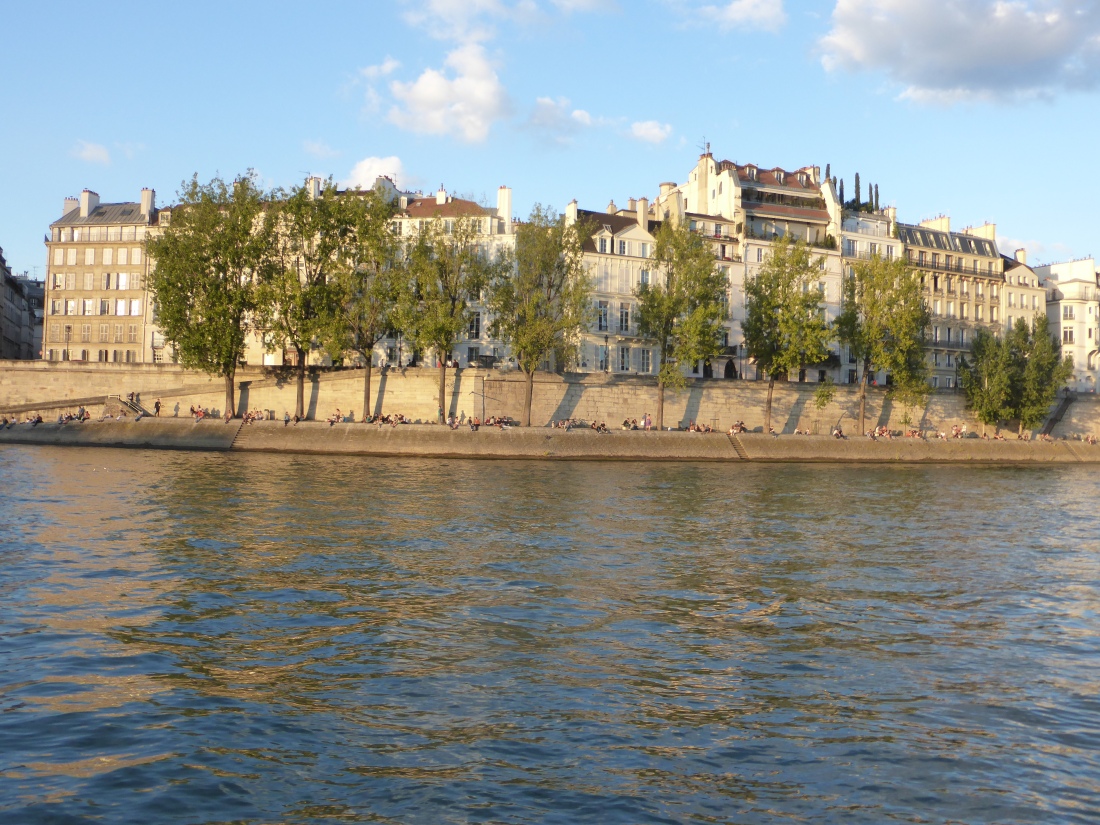
Île Saint-Louis, 75004 Paris, taken from Quai de la Tournelle, late summer 2014
Of course, the great benefit of drinking in the Riverside is that you can sit on the terrace with your back to the ghastly edifice and look at the Thames instead!
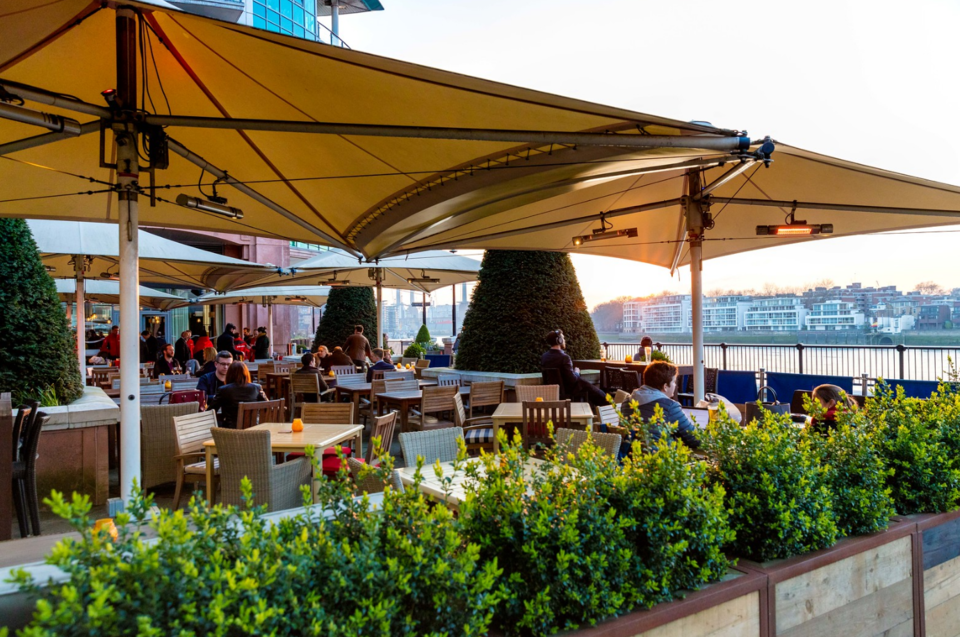
If you’re feeling squeamish, then this is your last chance to bail out, just jump the train from Vauxhall back to Waterloo and spare yourself!
No, you’re sure? OK then, on we go!
We could not understand because we were too far and could not remember, because we were travelling in the night of first ages, of those ages that are gone, leaving hardly a sign — and no memories.
Heart of Darkness
I was going to the worst place in the world and I didn’t even know it yet.
Apocalypse Now
Walk 10 min (0.5 mile) south-west on St George Wharf, left onto Riverside Walk, and our destination will be on the left:
4.5 The Nine Elms Tavern, Riverlight Quay, Nine Elms Lane, Battersea, SW8 5BP
A modern and exciting Young’s pub, the Nine Elms Tavern is a feat of futuristic design with glass panels spanning the height of the building, juxtaposed with up-cycled timber and tiles. The effect is a laid-back and stylish space which makes use of the natural scenes that surround it. A variety of areas available for you to drink, dine and relax in, including a big, beautiful outdoor terrace. For large groups, the ‘upper deck’ is the place to be and boasts great views of the river.
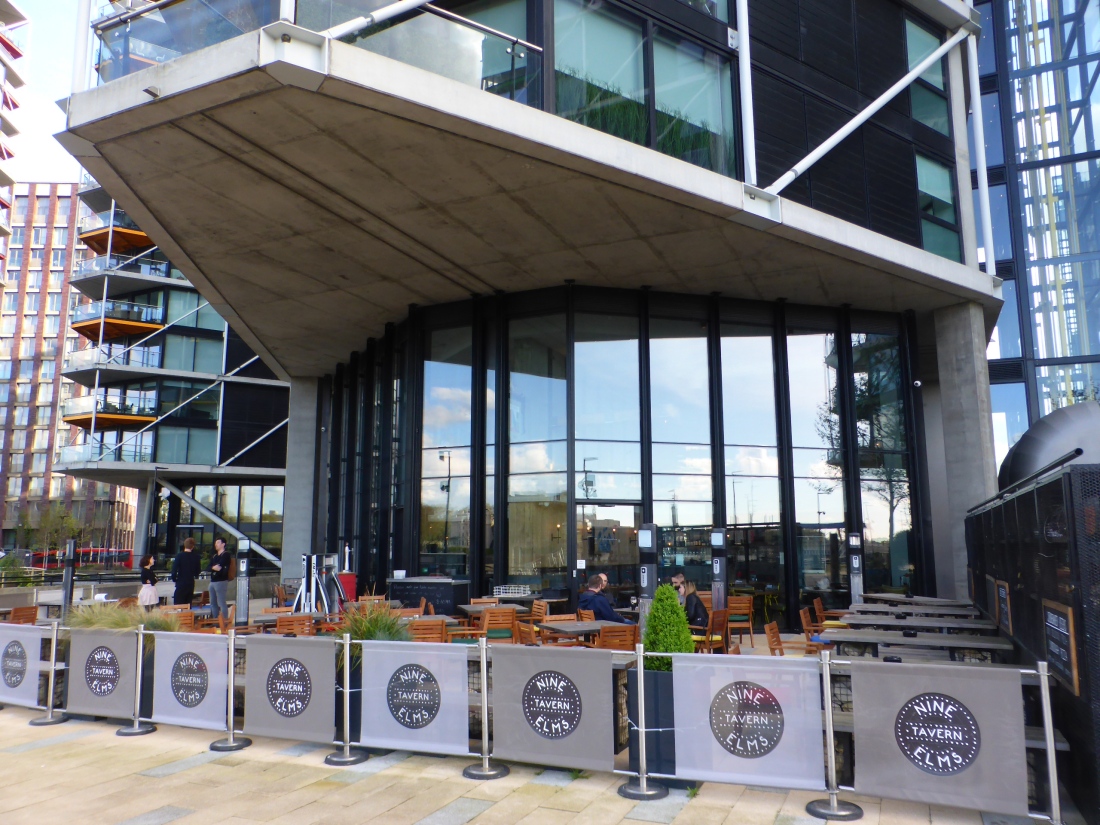
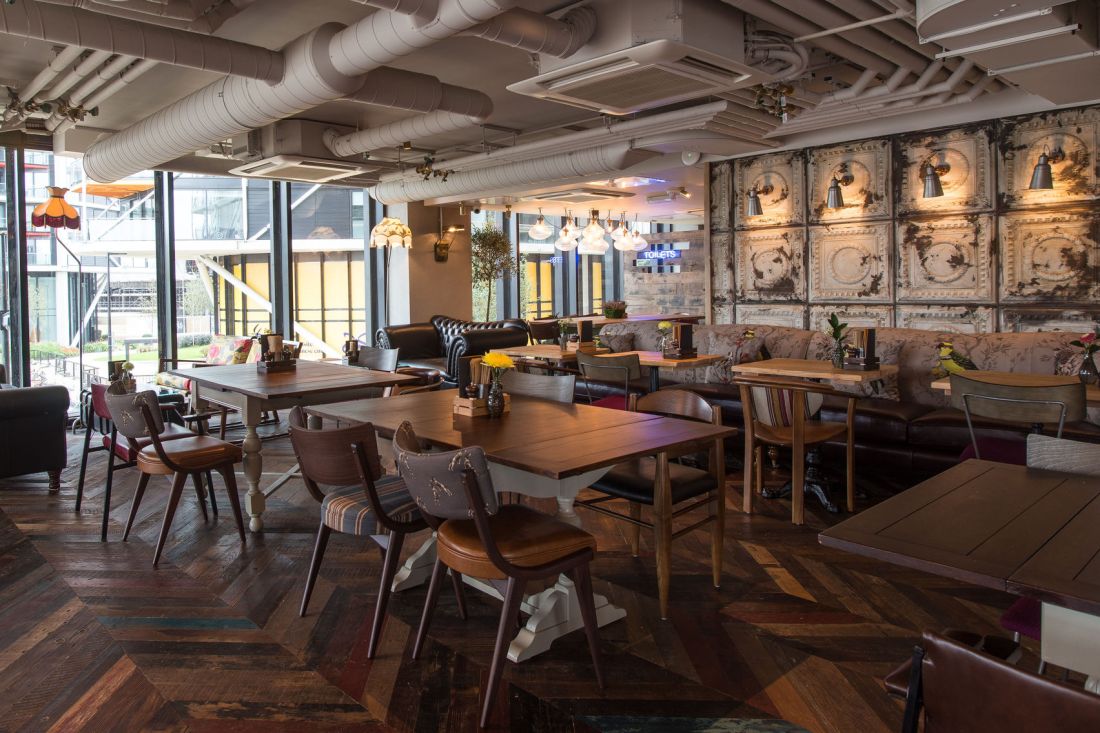
Yes but, now you can see it, this is what I have been warning you about!
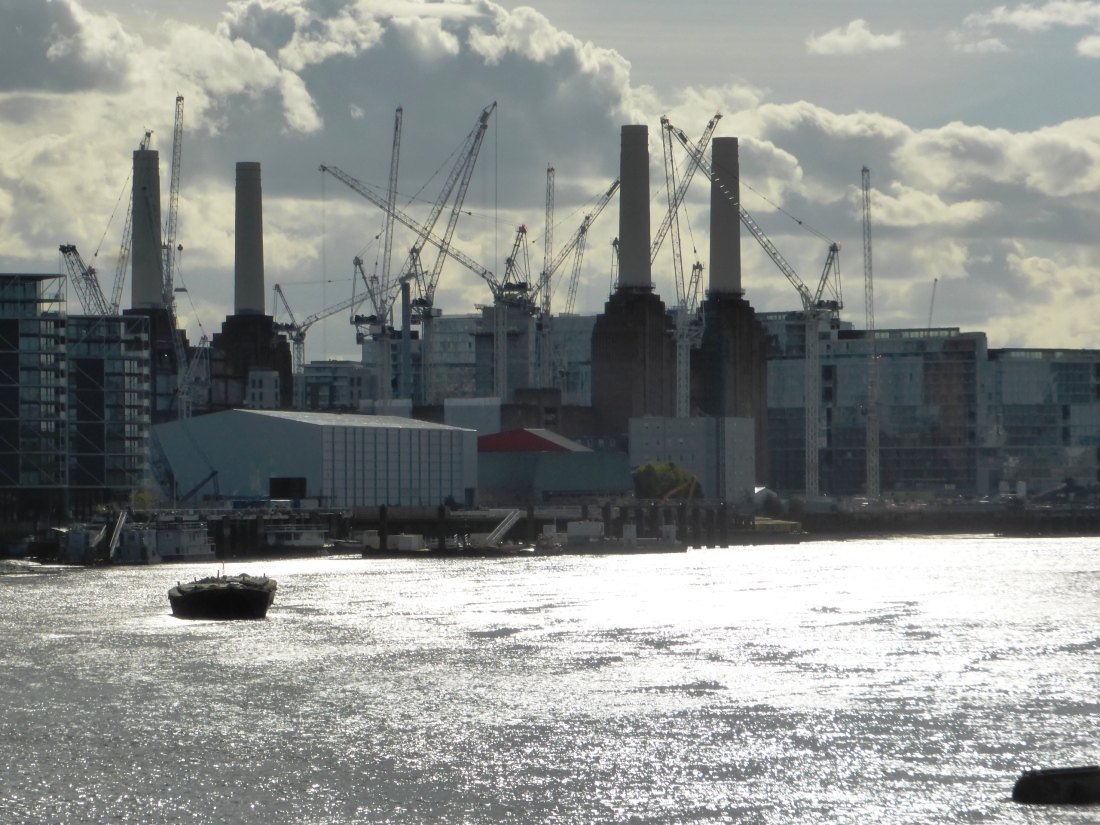
Part of me was afraid of what I would find and what I would do when I got there. I knew the risks, or imagined I knew. But the thing I felt the most, much stronger than fear, was the desire to confront him..
Apocalypse Now
Sir Giles Gilbert Scott’s Battersea Power Station, one of the few remaining examples of the brick cathedral style, comprises of two individual power stations, built in two phases in the 1930s, and ‘50s to a nearly identical design, providing the long-recognized four-chimney layout. It ceased generating electricity in 1983, but remains one of the best-known landmarks in London and is Grade II listed. The station’s celebrity owes much to numerous popular culture references, which include the cover art of Pink Floyd’s 1977 album, Animals:
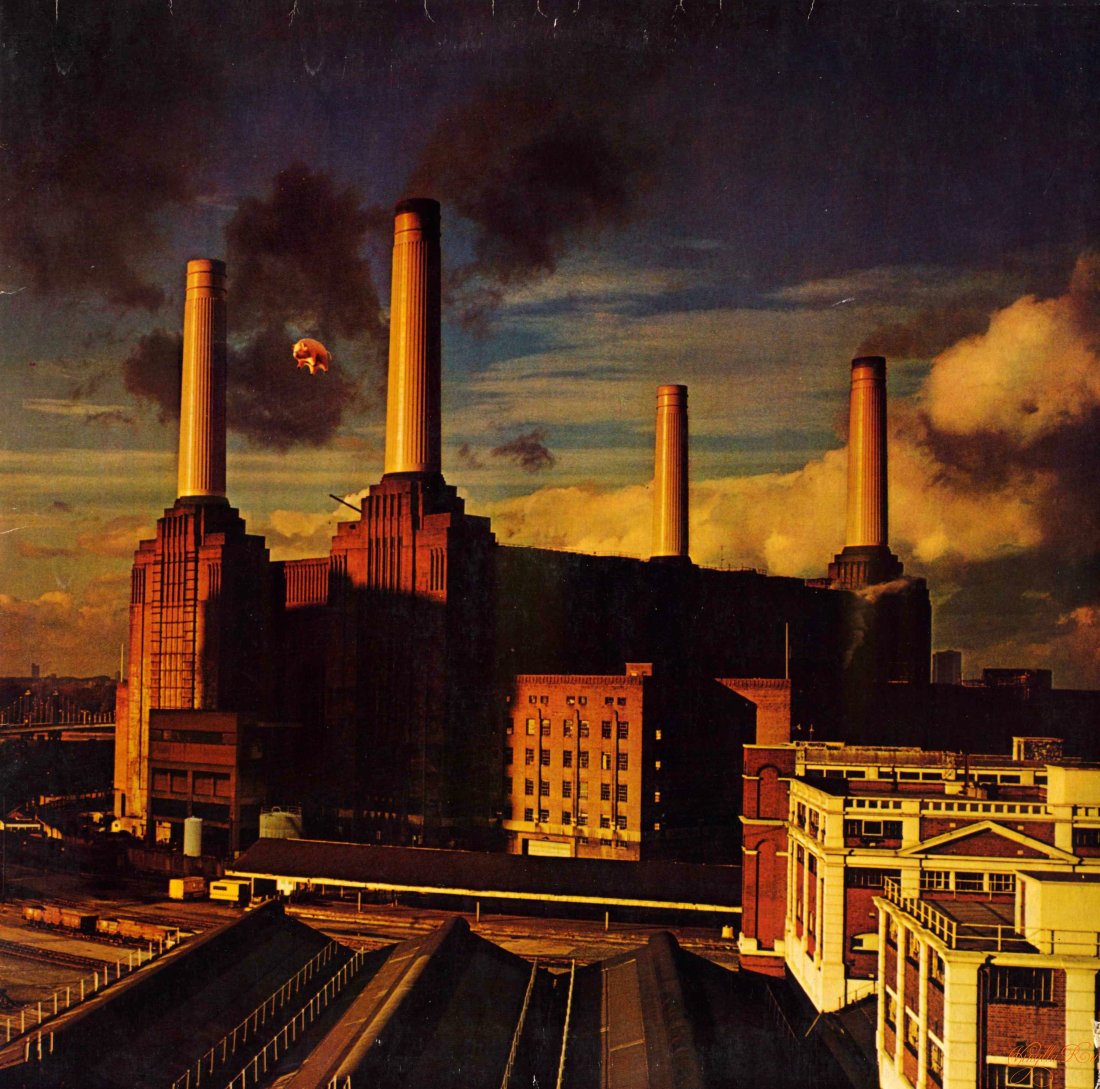
It is one of the largest brick buildings in the world and was noted for its original, lavish Art Deco interior fittings and decor. Once the beating heart of London, it not only powered our capital city, it also provided heat to the Pimlico District Heating Undertaking (PDHU), a district heating scheme connected to 3,256 homes, 50 business premises and 3 schools. The site was listed on the 2004 World Monuments Watch by the World Monuments Fund. Despite this, Scott Brownrigg’s hideous purple Chelsea Bridge Wharf flats had already done terrible damage to the power station’s setting:
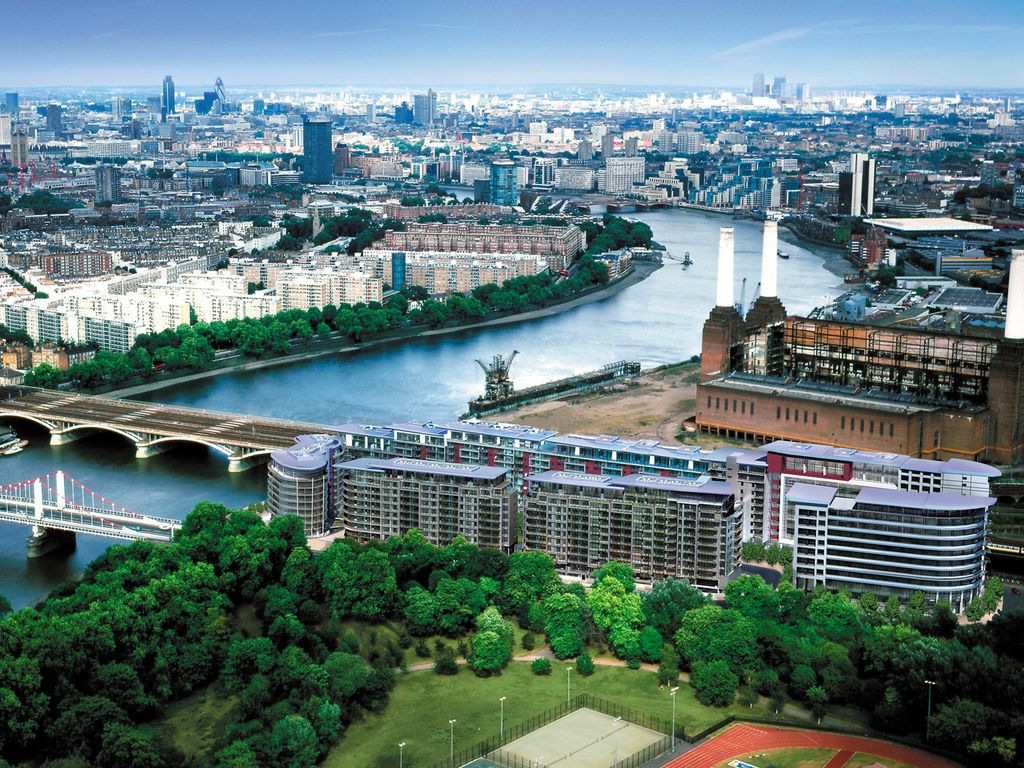
But the Circus West development designed by Simpson Haugh & Partners obscures the very thing it was supposed to preserve, resembling an enormous pile of ice cubes looming above and stretching either side of our beloved power station. It pulls off the extraordinary feat of making the biggest brick building in the whole of Europe look small. With its cranked plan, it literally wraps itself around our national treasure, not so much a monstrous carbuncle on the face of a much-loved and elegant friend, more a noose around the neck of a close relative!
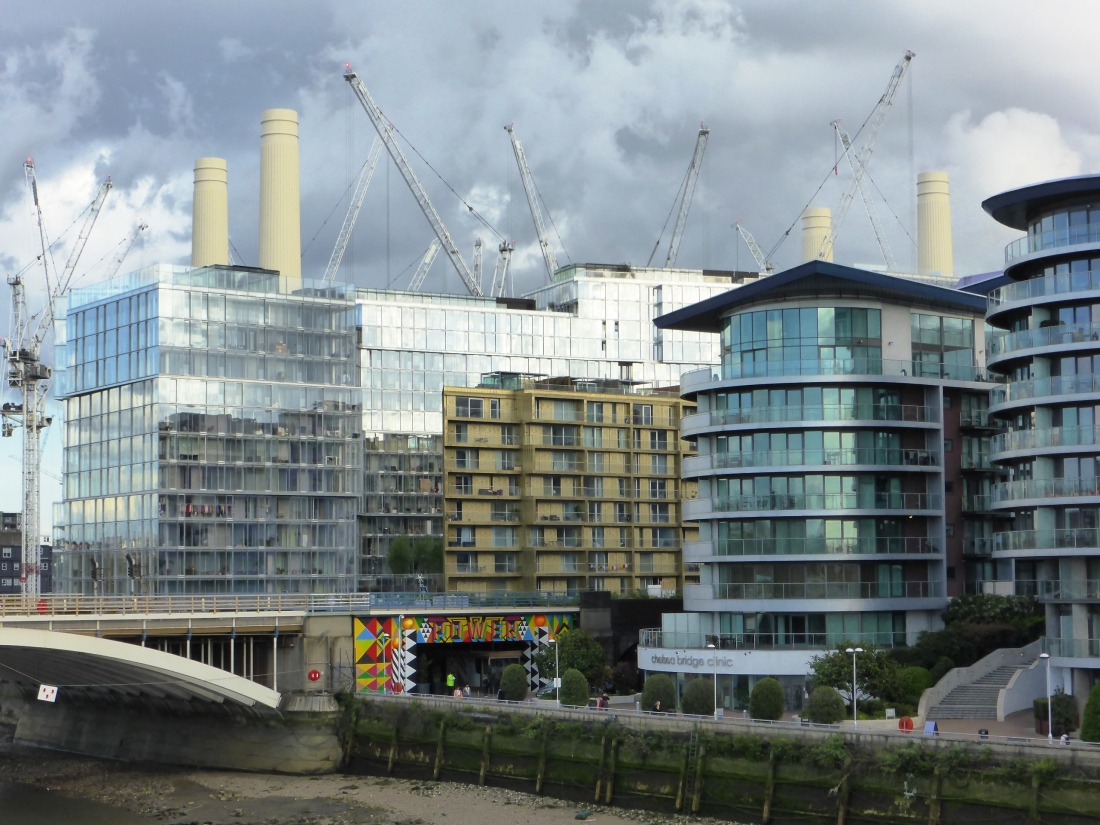
By the time it is finished, the overall effect will be of an urban jungle encroaching on the last temple of a long-lost civilisation.
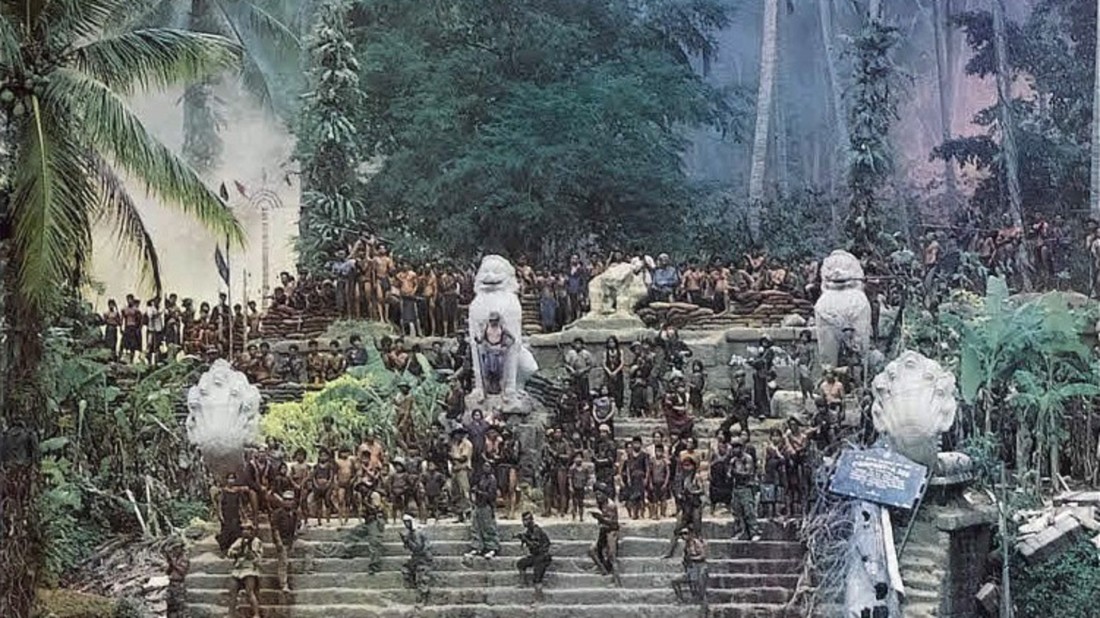
The heads. You’re looking at the heads. Sometimes he goes too far. He’s the first one to admit it.
Apocalypse Now
How Wandsworth Council ever allowed it to be built beggars belief, did they take a bung? Are they incompetent? Or, did they just not care? Why was this allowed to happen? Why did we allow this to happen? Where was Prince Charles when we needed him? Yes, your Royal Highness, I am aware that Battersea is south of the river, that’s why it’s going to spoil the view from your side of the river!
I found this fantastic beer on draft in a wine bar in Bishops Stortford:

Maybe we could persuade them to serve it as a guest ale in the Nine Elms Tavern, then, like neo-Jacobites, we could toast our very own “Bonnie Prince Charlie”, our future “King across the water”, who saved Chelsea Barracks, but abandoned Battersea to the barbarians!

Charlie don’t surf!
Apocalypse Now
The song “Charlie Don’t Surf” features on the Clash’s 1980 album “Sandinista!”:
Charlie don’t surf and we think he should
The Clash
London has only been sacked twice, firstly by Boadicea in 61 AD and lastly by Halfdere the Viking in 867 AD (there is no evidence that the Saxons sacked London). Yes, there was an unfortunate incident on Sunday the 2nd September 1666 involving the hapless baker, Thomas Farriner of Pudding Lane, but it’s generally accepted that the Great Fire of London was accidental. Therefore, despite the Luftwaffe and subsequent terrorists, no one has done more deliberate damage to London than the Royal Institute of British Architects (RIBA) since the Vikings! Why do architects disrespect London so much? More pertinently, why don’t Londoners object more than we do? The RIBA even have the audacity to have their headquarters in London – at 66 Portland Place in Marylebone – in an elegant art deco 1930s Grade II listed traditional building!

Why don’t Londoners picket their headquarters? Why haven’t we shut down Portland Place? Whose city is this, anyway?
Our next destination is 42 min (2.0 miles) along the Thames path through Battersea Park, past the Buddhist Pagoda and onwards;
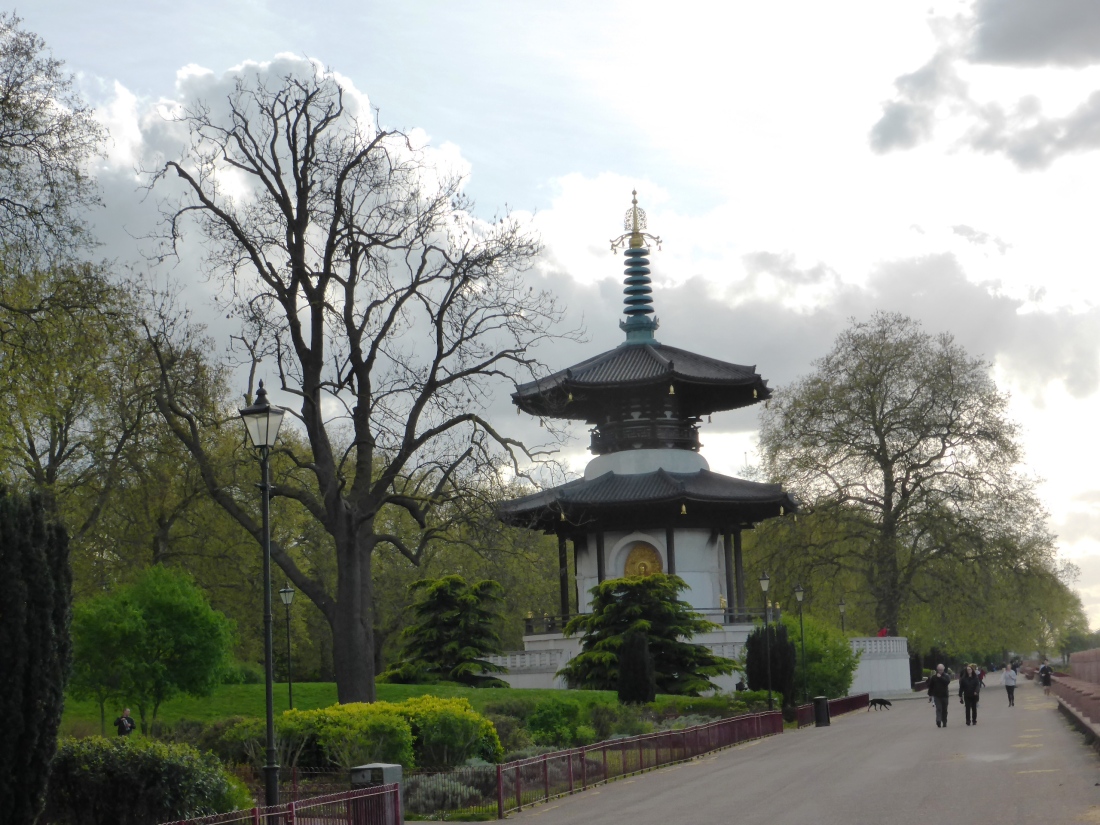
as we progress, we pass the delightful and elegant St Mary’s Church, built in 1777 and a Grade I listed building.
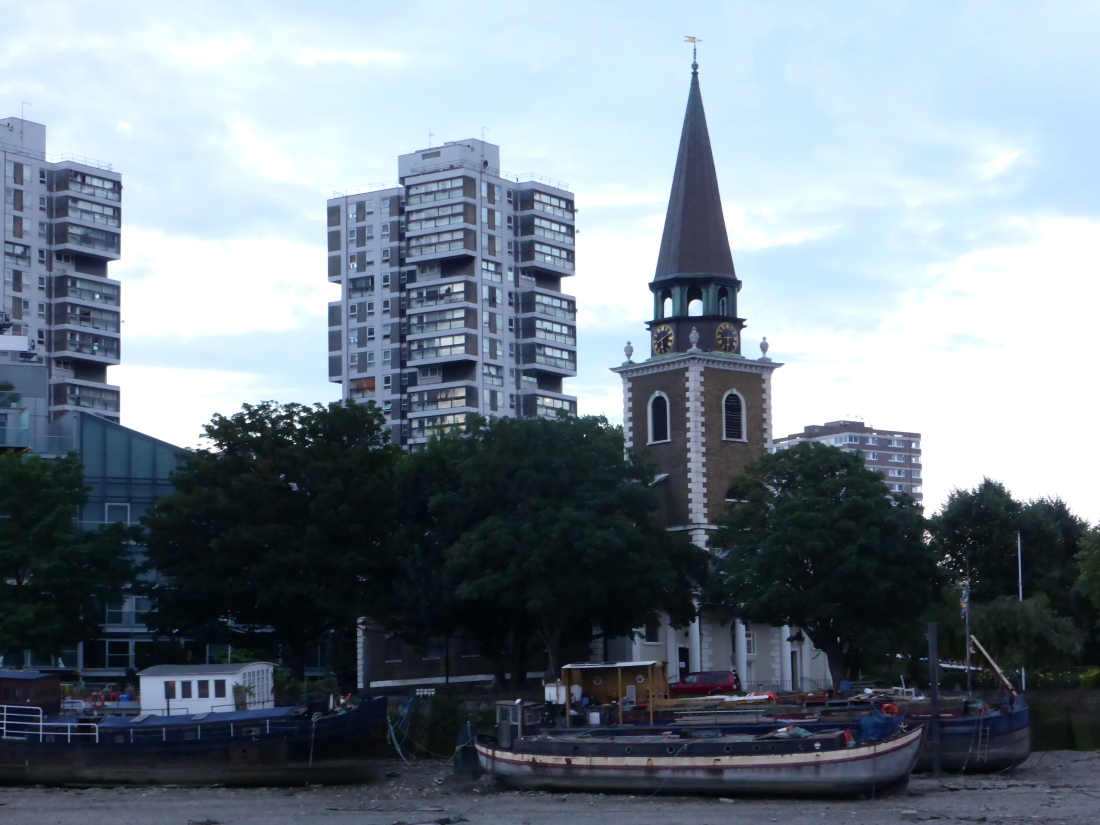
Then it gets worse again, as we pass under Battersea Railway Bridge, we see the horrendous Lombard Wharf Flat Complex at 12 Lombard Rd, known locally as the Richard M. Nixon Memorial Building (It looks like a crooked dick):
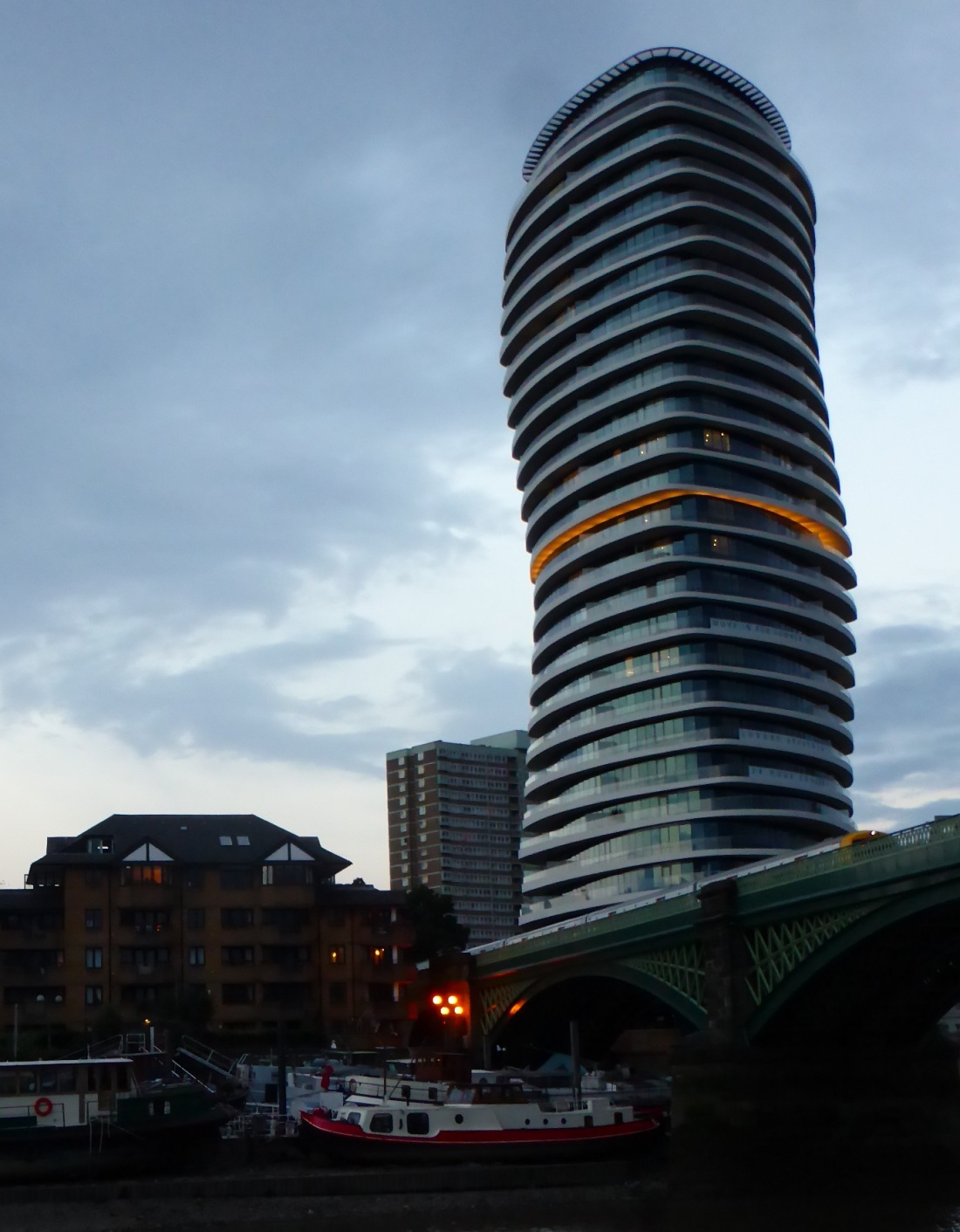
We penetrated deeper and deeper into the heart of darkness.
Heart of Darkness
Our next destination is on the left:
4.6 The Crystal Bar, Hotel Rafayel, 34 Lombard Rd, Wandsworth SW11 3RF
To be perfectly honest, I wouldn’t normally be seen dead in a place like this, some people even stay the night, but you wouldn’t dare sleep, in case you woke up without your soul.
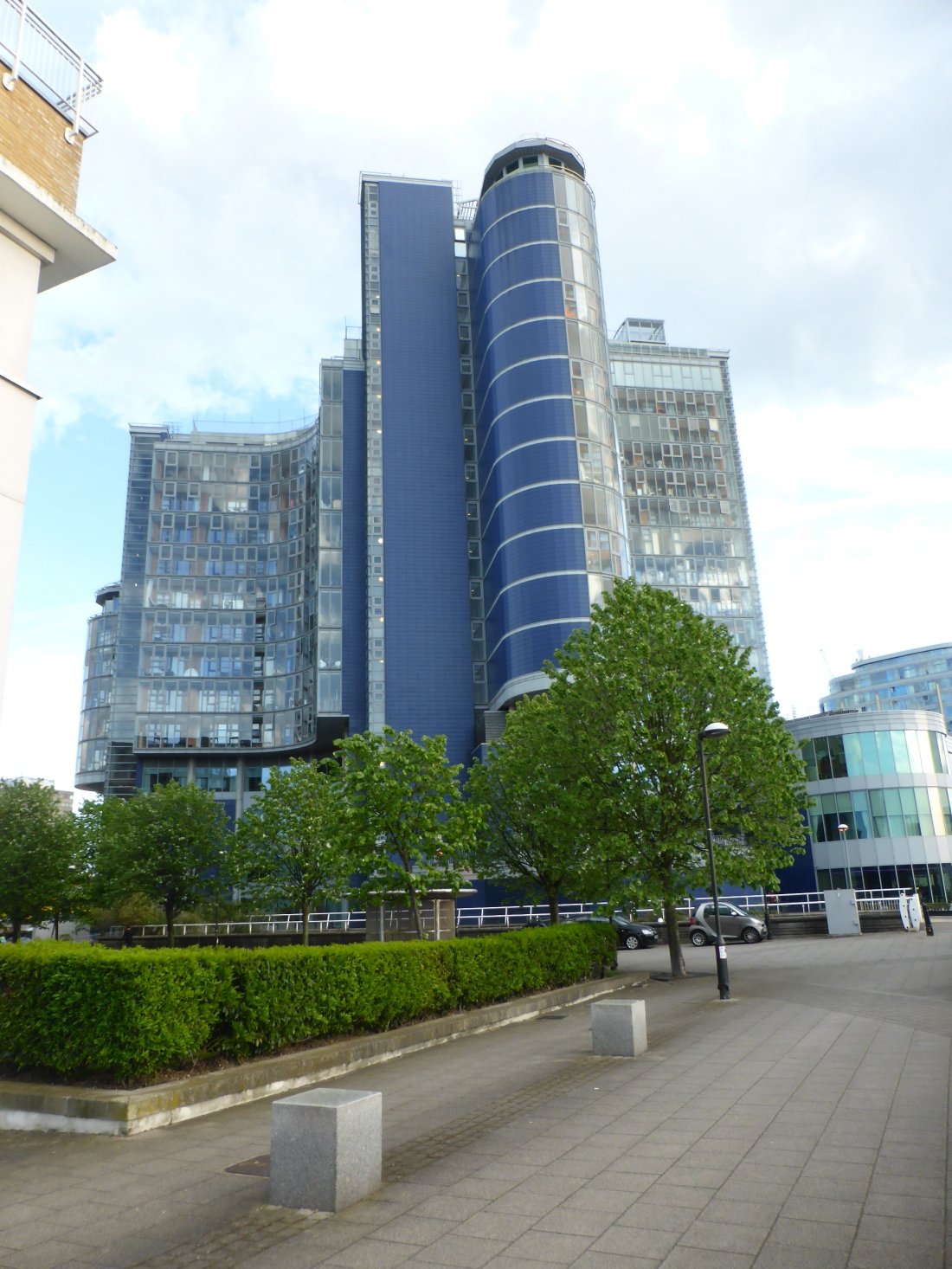
Nevertheless, after that trauma, I need a pint, and the view of the river is good from here.
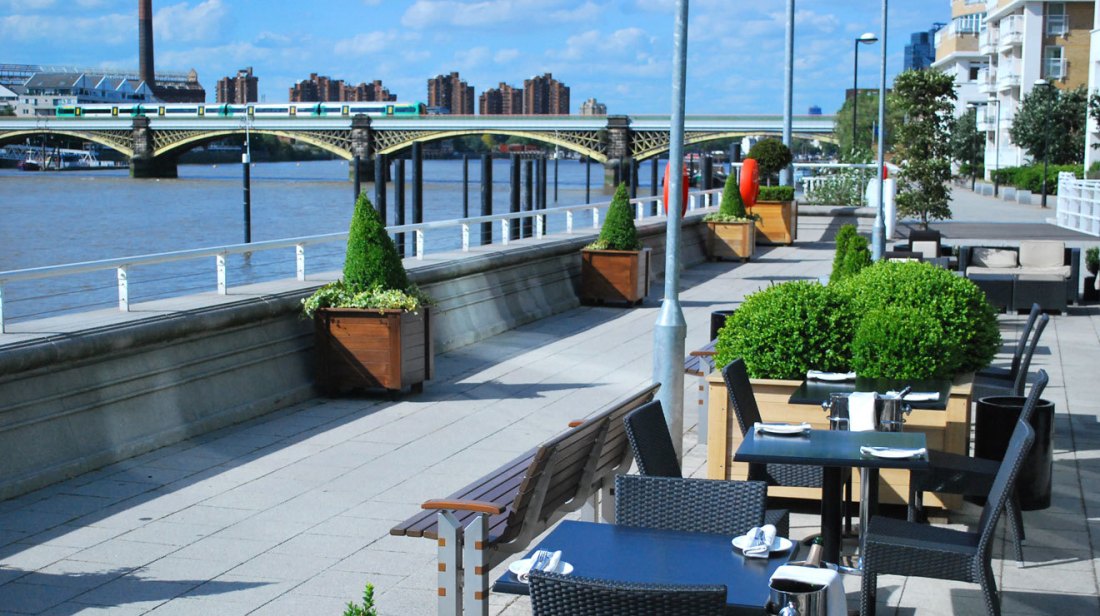
I used to think if I died in an evil place, then my soul wouldn’t be able to make it to Heaven. But now? … I don’t care where it goes, as long as it ain’t here.
Apocalypse Now
14 min (0.7 mile) to the next so let’s move on as quickly as we can, right onto Bridges Ct, then left onto Clove Hitch Quay, then follow the Thames path and our destination is on the left:
4.7 The Waterfront, Baltimore House, Juniper Drive, Battersea. SW18 1TS
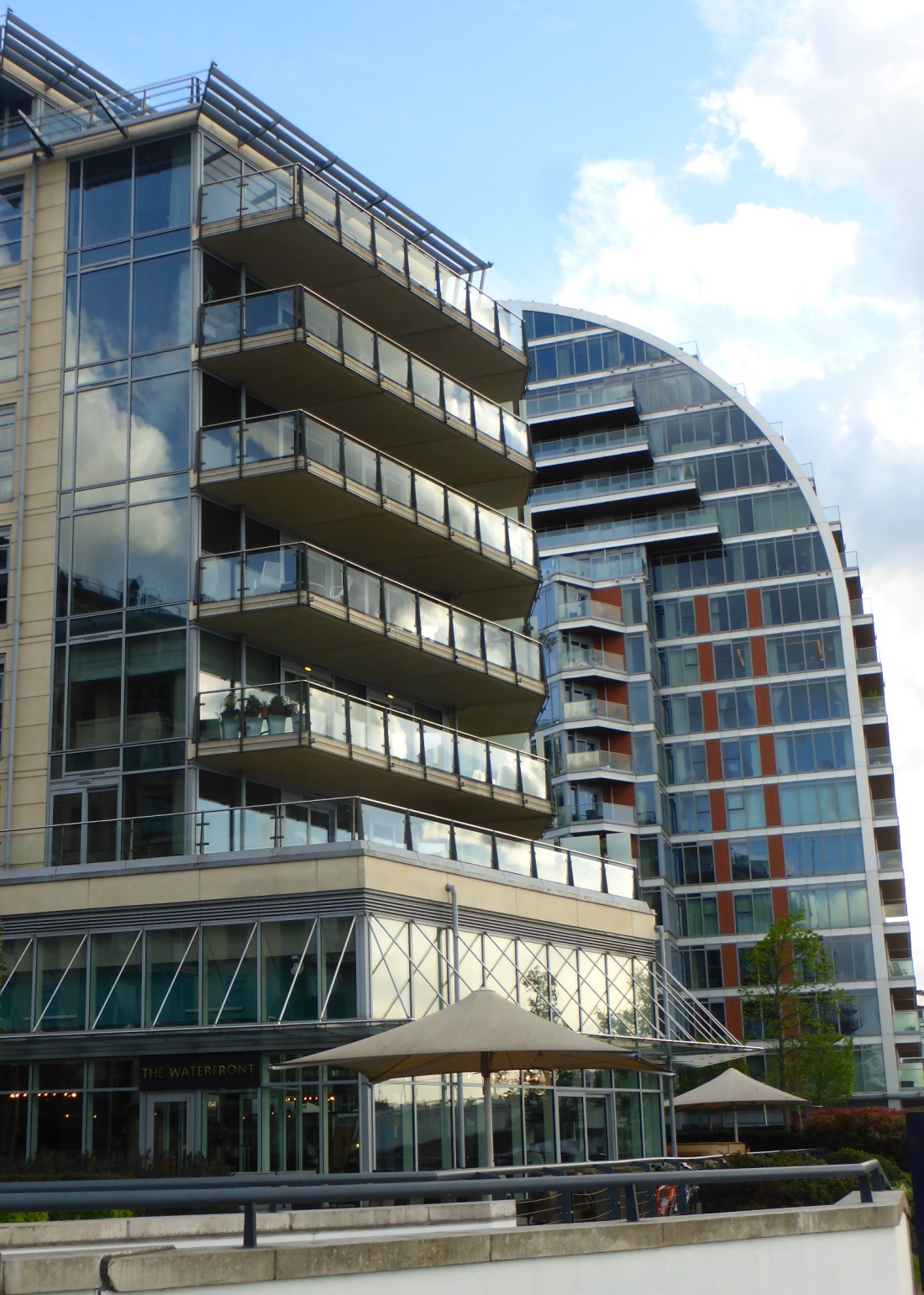
Another new pub from Youngs, offering a beautiful dining space as well as an expansive outdoor terrace. They serve fresh, seasonal, British food sourced from around the South East of England and a fantastic range of London brewed craft beers and London distilled spirits along with fine wines and classic cocktails.
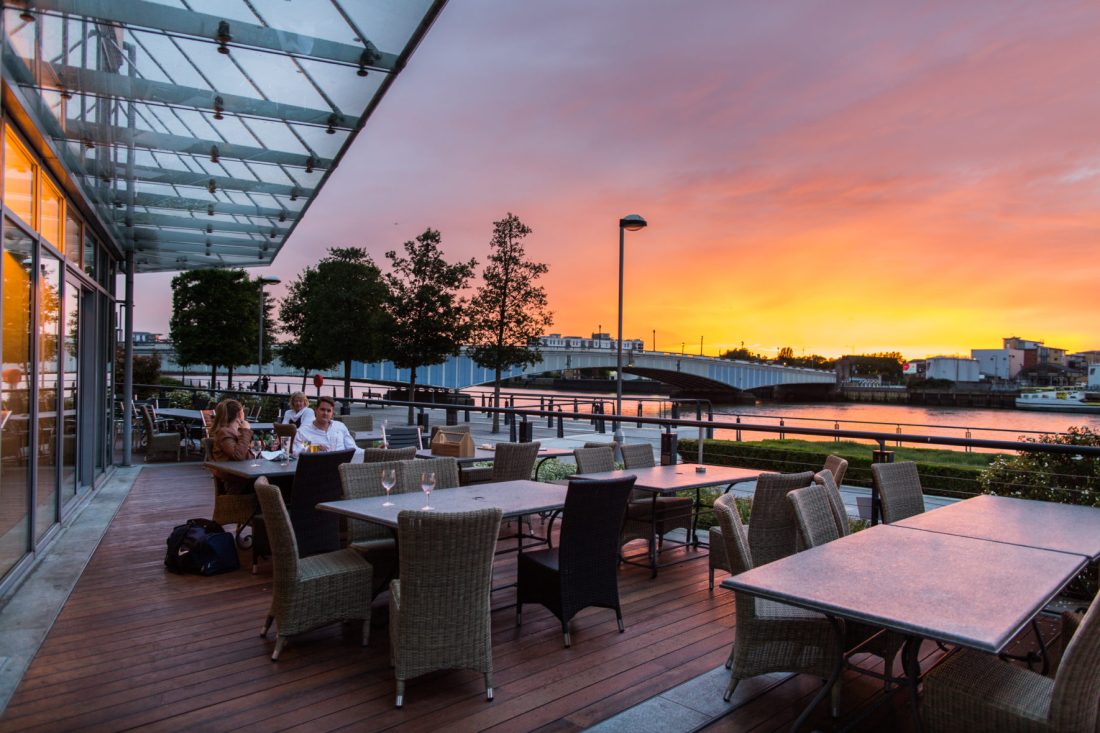
This stretch of the river is known as Battersea Reach:
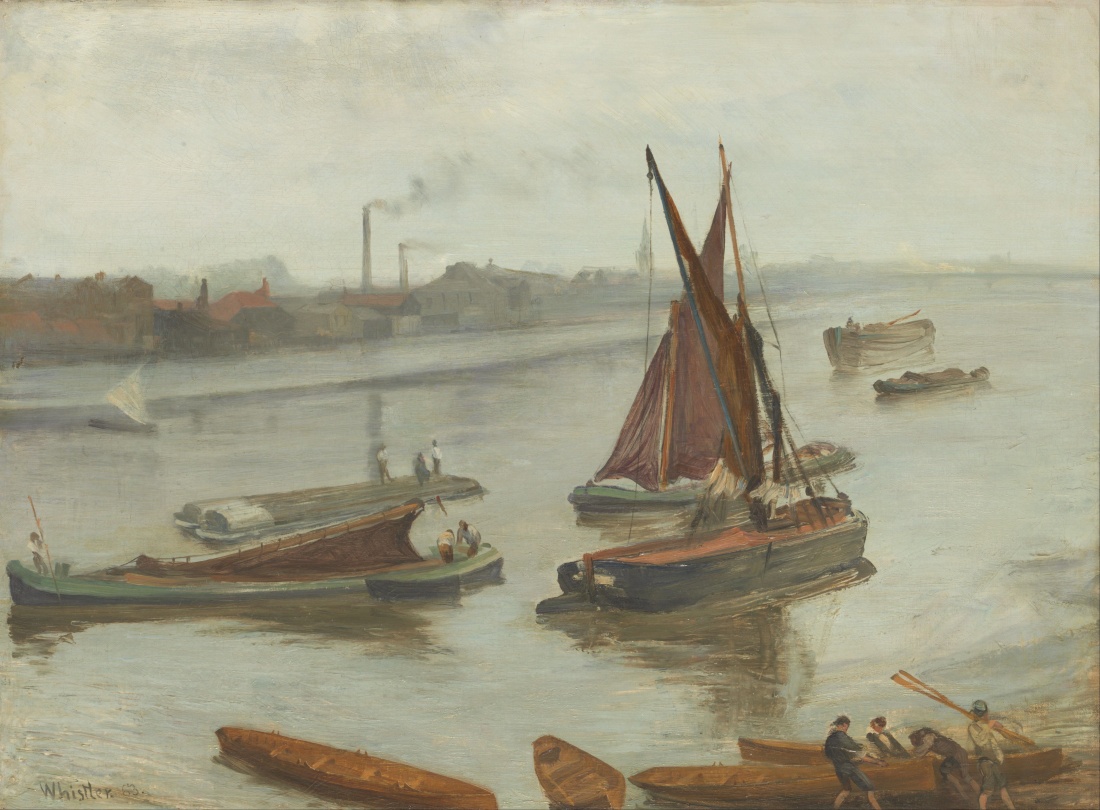
Grey and Silver: Old Battersea Reach, 1863 by James McNeill WHISTLER
Whistler’s depiction of the river as a site of industry rather than leisure and his use of a gray and brown palette – emphasizing the fog of pollution – align these early scenes with paintings of the avant-garde Realist movement that featured views of workers and their environments. Whistler’s haze creates a soft, diffused atmosphere. Although smudged and blurred, some of the buildings depicted on the Battersea can be identified. The smoking chimneys belong to Morgan’s Patent Plumbago Crucible Company’s Works. Down the river, toward the horizon, is the Battersea Railway Bridge, which opened in 1863.
Just 4 min (0.2 mile) until our next pint, walk south-west on Juniper Dr, turn right onto Pier Terrace, slight left onto Jews Row, and our destination will be on the right:
4.8 The Ship, 41 Jews Row, Wandsworth, SW18 1TB
The Ship has been providing warm hospitality, fine ales and seasonal British food to the residents of Wandsworth since 1786. It used to be at the end of an industrial estate next to the municipal waste transfer station where South London’s rubbish was transferred into open barges, towed down the river and dumped in landfill sites at Mucking (!!) in Essex. The stench used to be awful, especially in summer. It is now a gastropub with a wood-burning stove, riverside terrace and outdoor barbecue kitchen and surrounded by “high-end residential” developments. I’m not totally convinced that redevelopment has been an improvement.
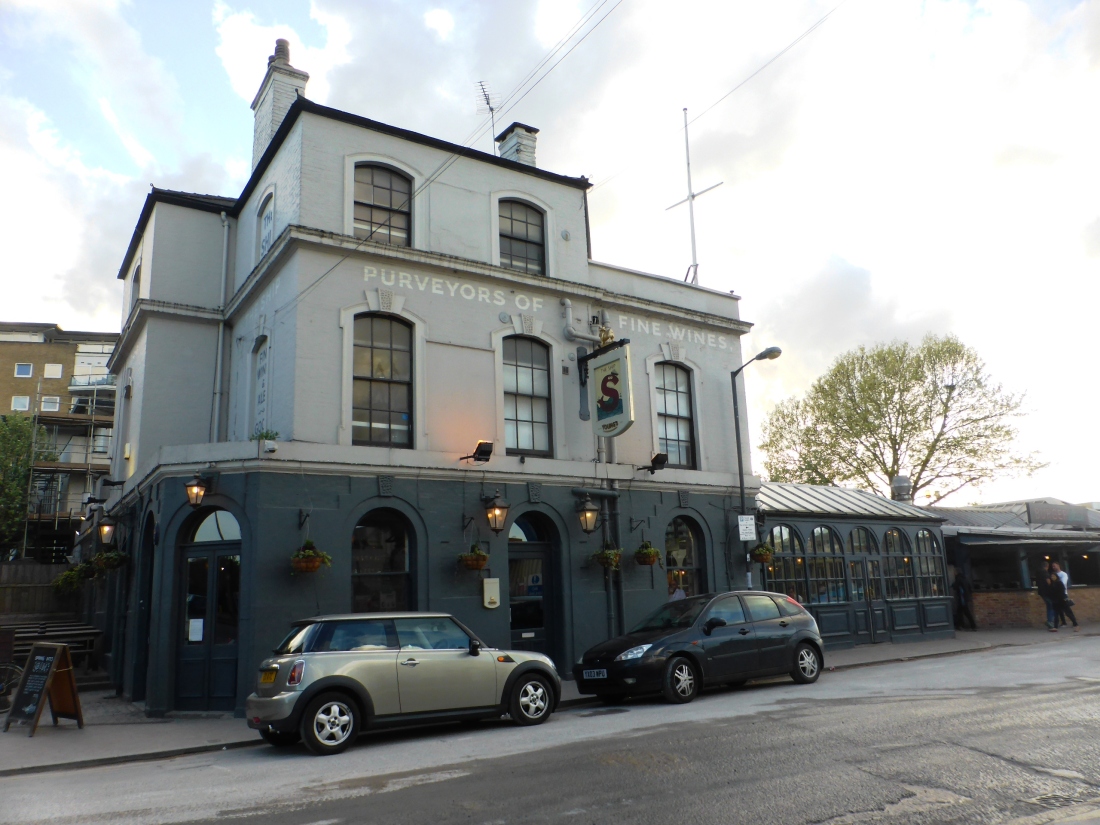
I love the smell of napalm in the morning.
Apocalypse Now
26 min (1.3 miles) south-west on Jews Row, right towards Nickols Walk, then the Thames Path takes you away from the river onto Smugglers Way, continue across the River Wandle and Bell Lane Creek then the path turns right back to the river and left towards our destination:
4.9 The Boathouse, 32 Brewhouse Ln, Putney SW15 2JX
A modern three floor pub in the Putney wharf development, the Boathouse is a spectacular place to drink and dine whatever the season. You can watch the ebb and flow of the Thames, and when the sun goes down the candles are lit and there is a relaxed, warm atmosphere. Upstairs is the river view restaurant with its stunning balcony, specialising in fish, with lobster on Fridays.
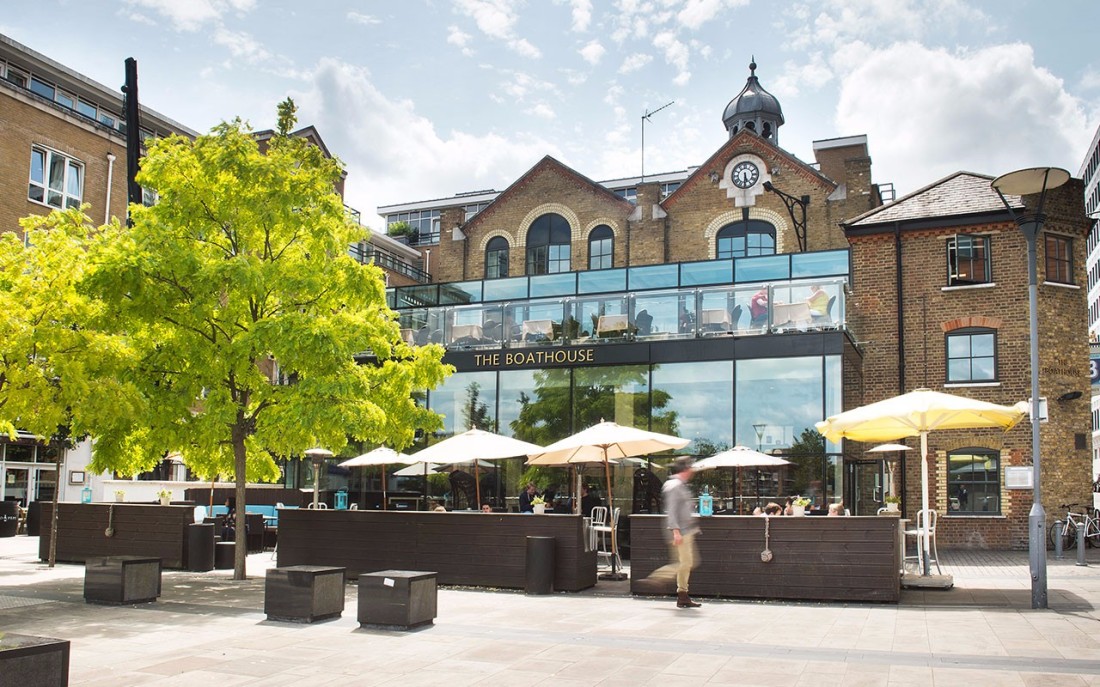
I suggest that we miss the Wetherspoons next door and reconvene on Putney Bridge. Yes, I know we took casualties back there in the soulless jungle, we lost some good people, but those of us who survived are stronger for the experience. Let’s walk half way across the bridge and look back at what we have walked through.
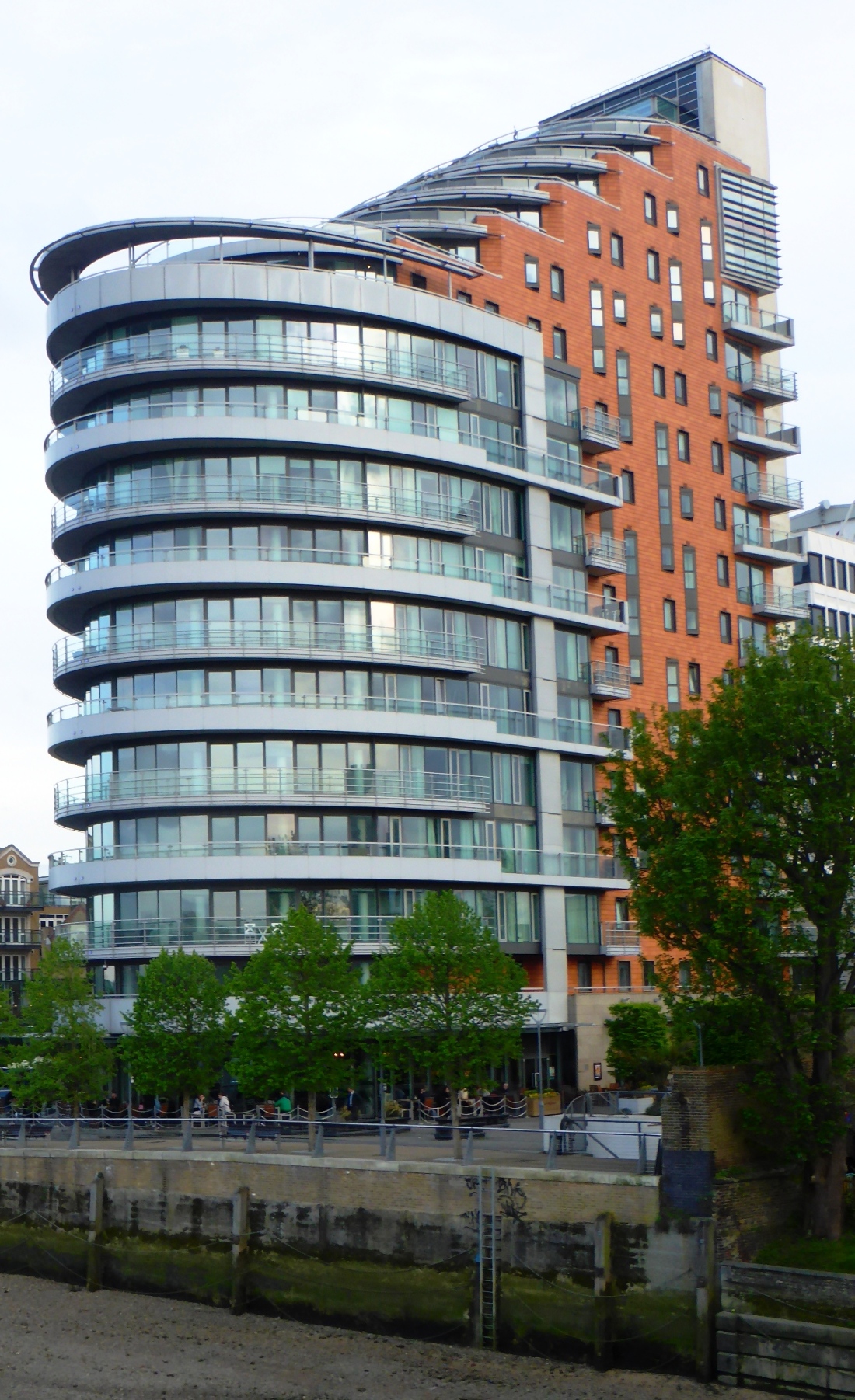
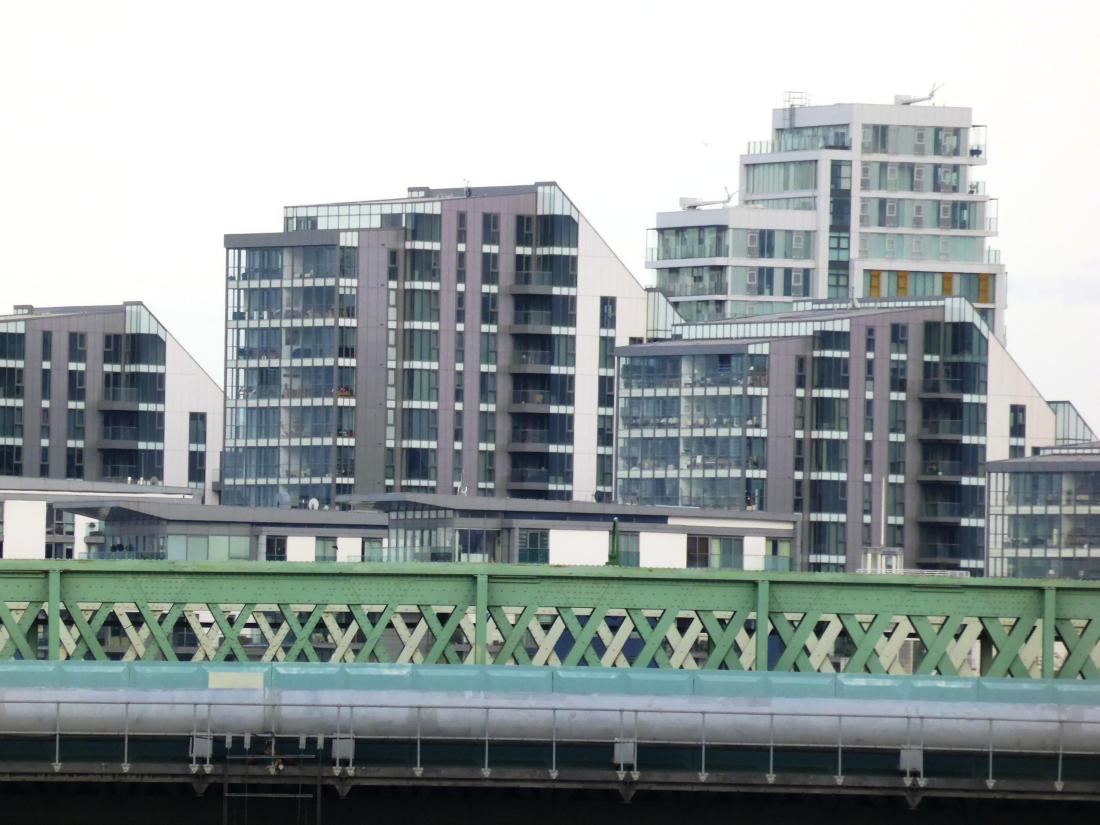
Terminate with extreme prejudice.
Apocalypse Now
Imagine if we could pluck Marlon Brando out of the jungles of ‘Nam, stand him next to us and show him what we have done to the Battersea and Wandsworth riverfronts. I know exactly what he would say:
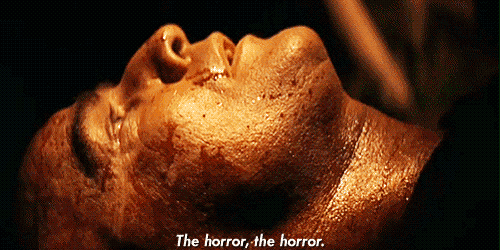
The horror… the horror…
Apocalypse Now
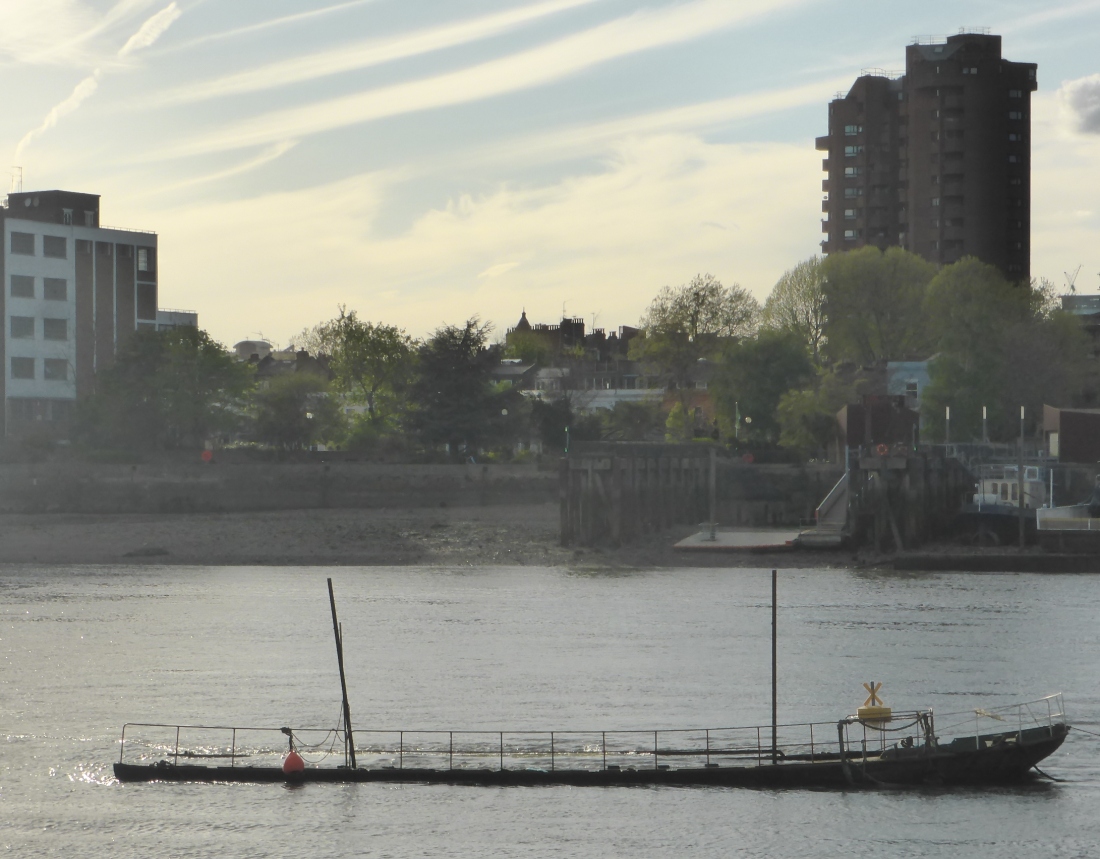
The time has come to part company with Kurtz, as we metaphorically push his boat back downstream, the brown current running swiftly out of the heart of darkness, bearing his corpse down towards the sea of inexorable time with his dying words;
The horror… the horror…
Heart of Darkness
echoing through our minds from the day Conrad first wrote them in 1899 to this. Kurtz’s final judgment on his life has created an impressive legacy; we will ponder Kurtz’s words for eternity. By turning himself into an enigma, Kurtz has achieved the ultimate; he has ensured his own immortality!
Well that’s enough of that, if we turn around and cross the bridge we can see the next two pubs, almost side by side. I think we’ll get on better without Kurtz. To be honest, I thought he was a bit of a bore, and he never stood his round. Opening his wallet, staring into the abyss and declaring, “The horror, the horror!” I accept that there might not be many ATMs on the banks of the Congo or Mekong, but he never seemed to realise that we’re in London, did he? Enough of Kurtz, I need a pint!
without feeling… without passion… without judgment… without judgment! Because it’s judgment that defeats us.
Apocalypse Now
4.10 The Star and Garter, 4 Lower Richmond Rd, Putney, SW15 1JN
Riverside pub in a stunning spot of natural beauty, nestled on the banks of the River Thames overlooking Putney Bridge at the starting point for the Oxford v Cambridge Boat Race, this venue has served the people of Putney for over 140 years. Good food, including charcuterie boards and cheese from a walk-in cheese room.
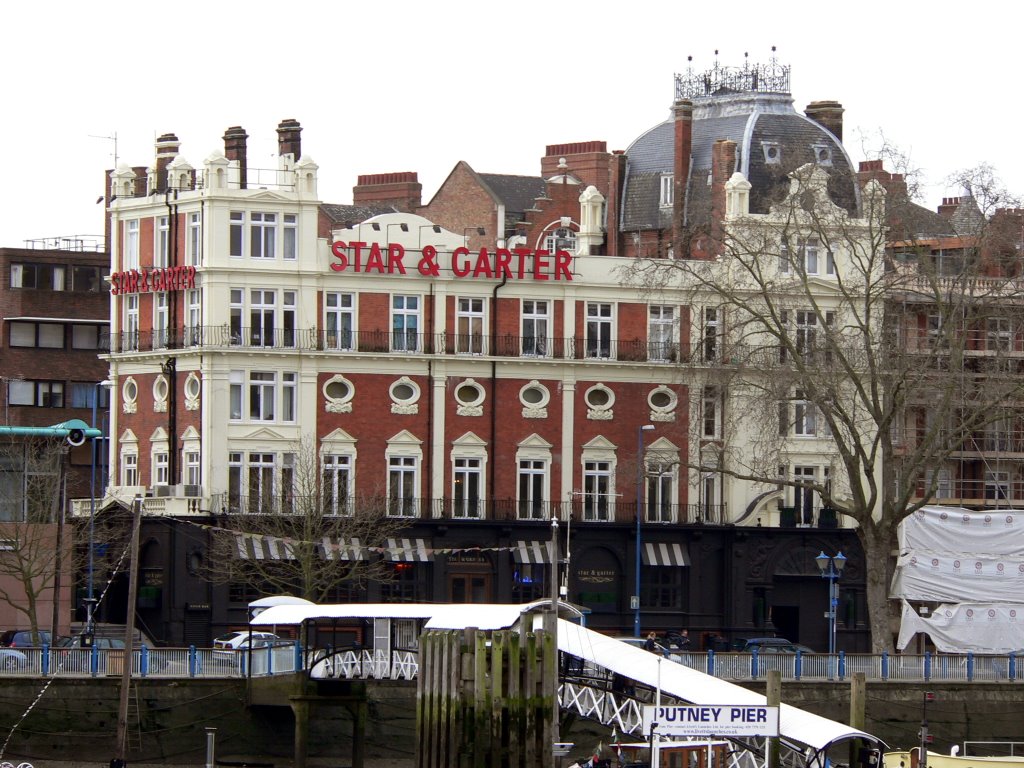
and just next door but four:
4.11 The Duke’s Head, 8 Lower Richmond Rd, Putney SW15 1JN
A grand Victorian grade II listed Boathouse-style pub and restaurant by the river for early evening drinks, to watch the world go by, or a light lunch or hearty Sunday roast, a local’s favourite for nearly 150 years. It is also a muster point for former students from the “boaty” universities – Oxford, Cambridge & Durham, who always seem surprised when they see each other – hardly a surprise, you’ve all been coming here for decades!
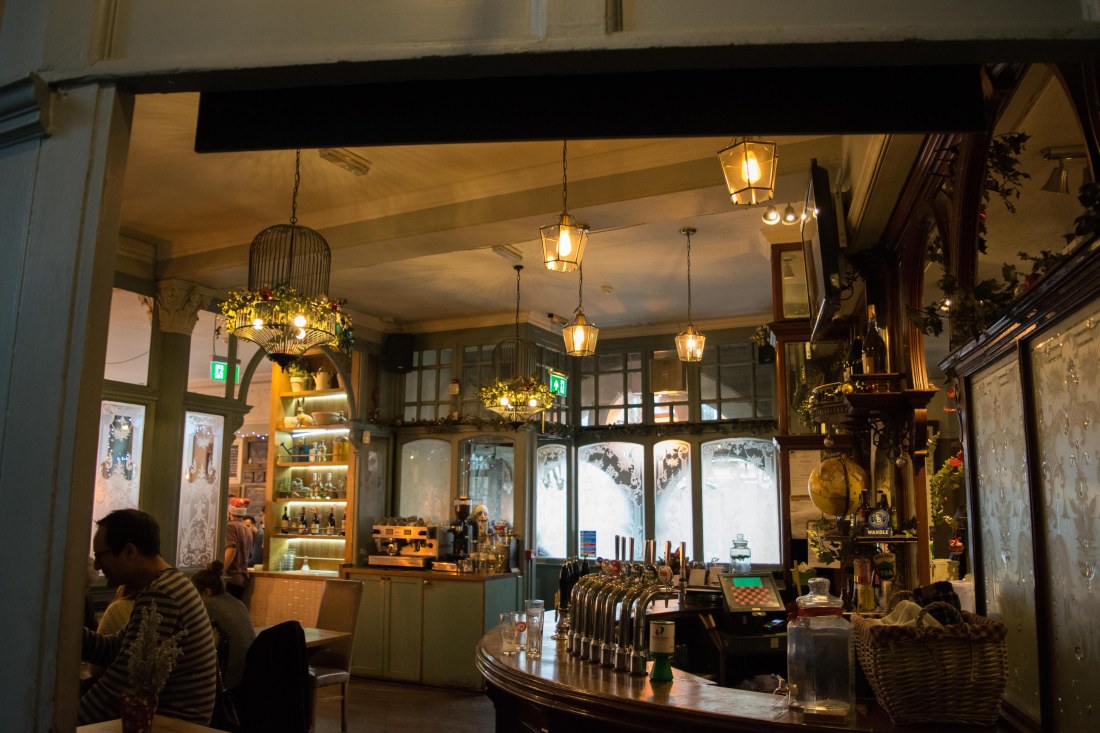
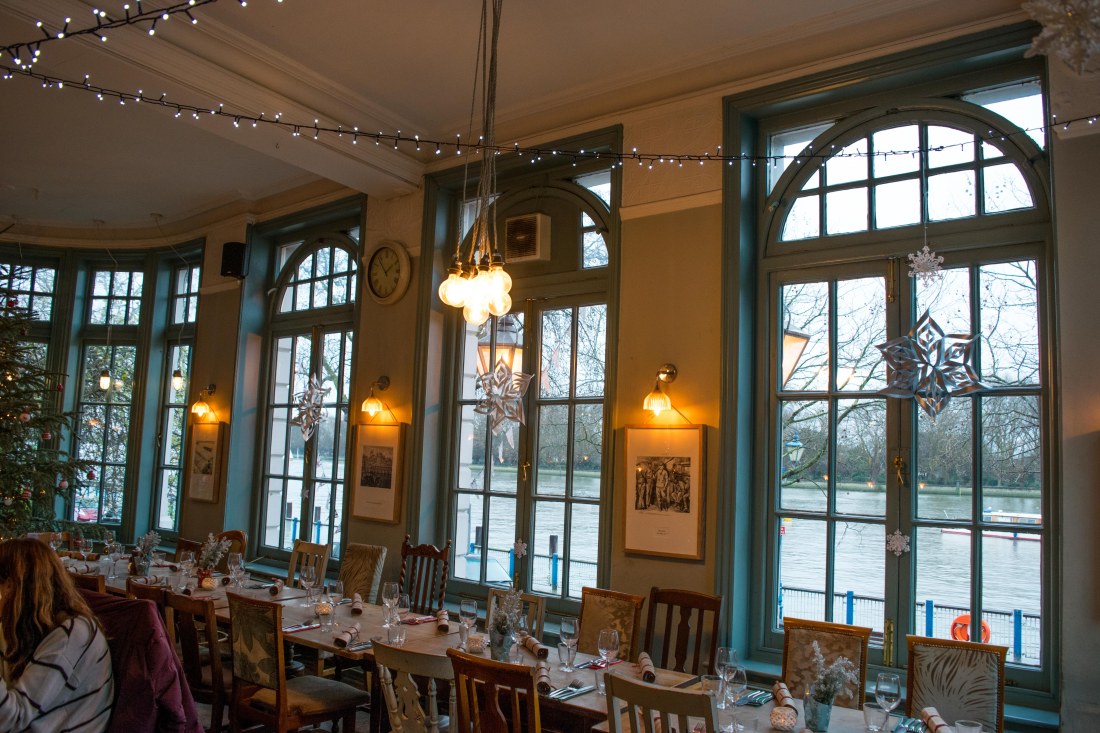
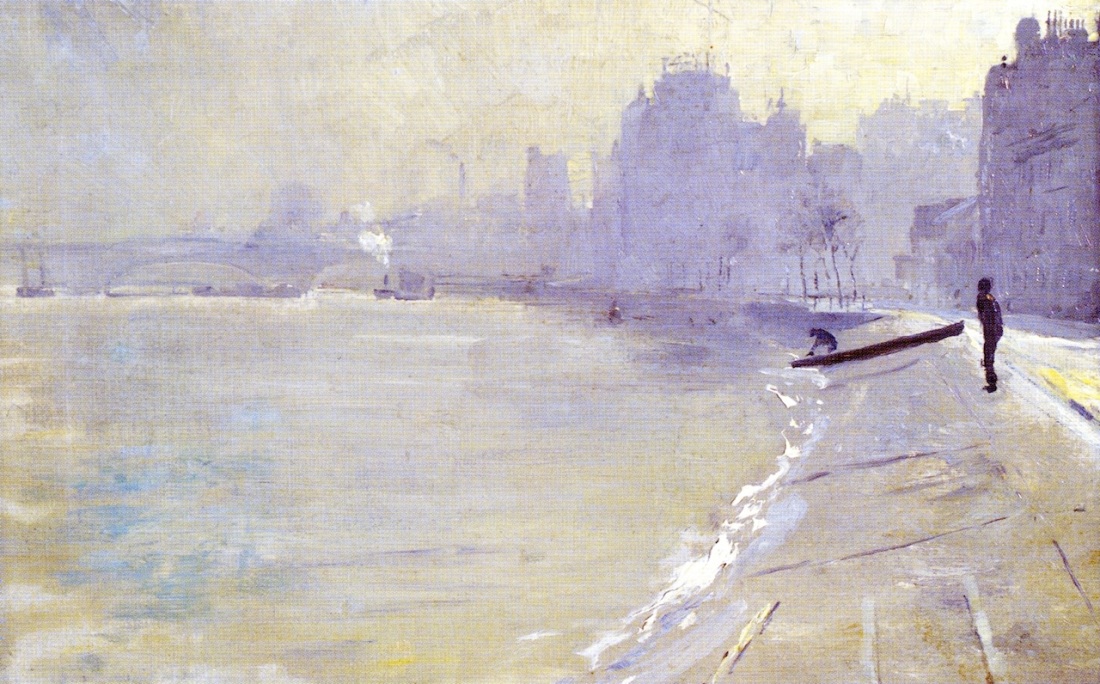
The towpath, Putney 1904 by Tom ROBERTS
A Turneresque oil on canvas, with a deliciously milky wash, filled with whites and creams and greys. The bridge in the background is almost lost in the fog with solitary figures by the river, one working at a boat and the other gazing across the waters. It’s a beautifully immersive landscape, wonderfully rendered and capturing a moment in time by the Thames.
The long stretches of the waterway ran on, deserted, into the gloom of overshadowed distances.
Heart of Darkness
It’s a brisk 39 min (2.0 miles) to the next, follow the Thames path to Beverley Brook, then turn left across Putney Lower Common, passing the Rocks Lane Multi Sport Centre on your right, cross Barnes Common, then Barnes Green, and with Barnes Pond on your right, turn left down Barnes High Street until we rejoin the Thames at Lonsdale Road with our destination on the right:
4.12 The Bulls Head, 373 Lonsdale Rd, Barnes SW13 9PY
A buzzing neighbourhood pub with live jazz gigs every night for nearly 60 years now (why don’t I live in Barnes?) Named as one of the top 12 venues which made the most important contribution to live jazz in the UK, the renovated Jazz Room recreates the special atmosphere of the old iconic jazz clubs of the past, where the stage and the audience are close enough to share an immediate intimacy as the musicians perform.
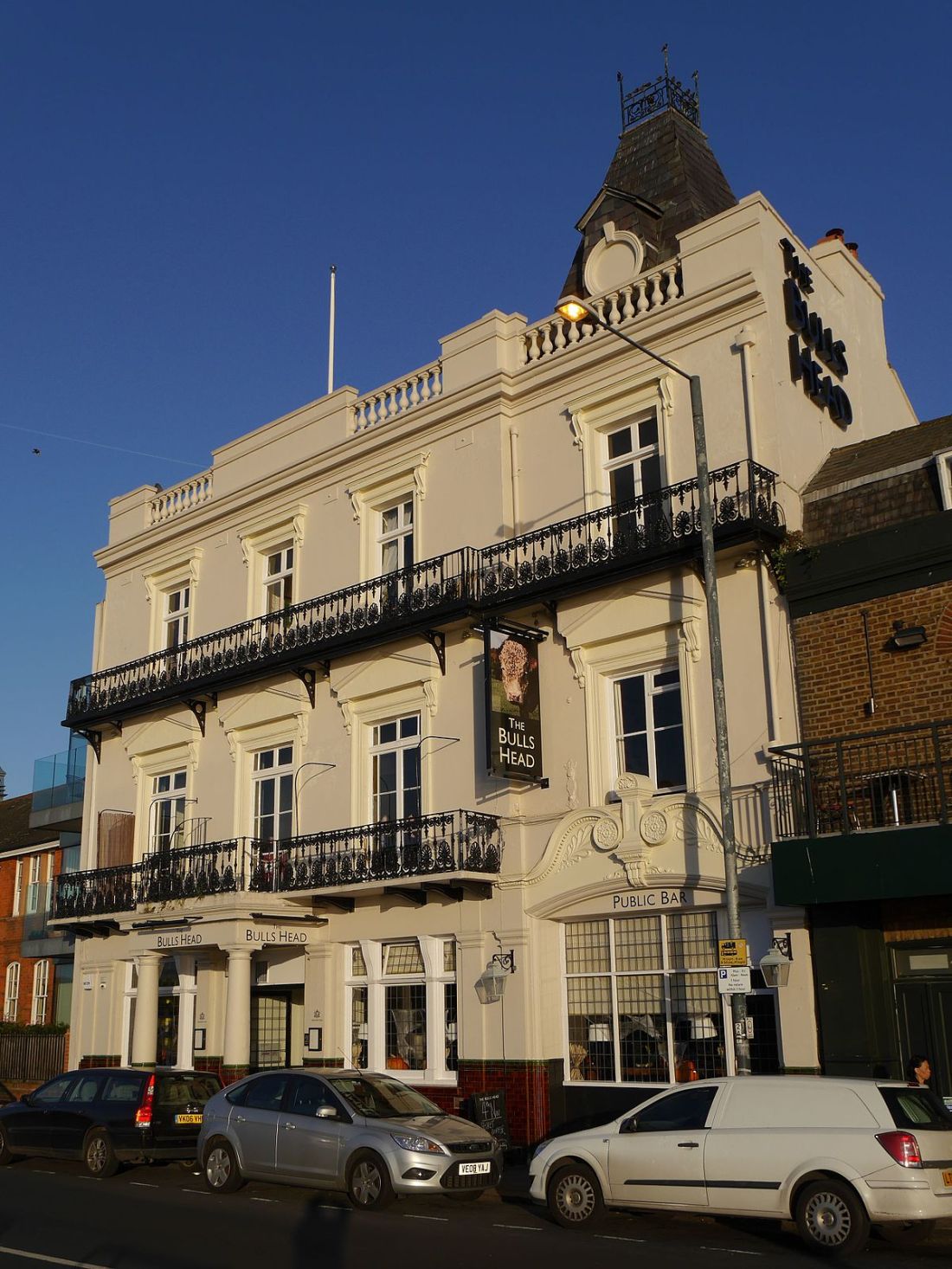
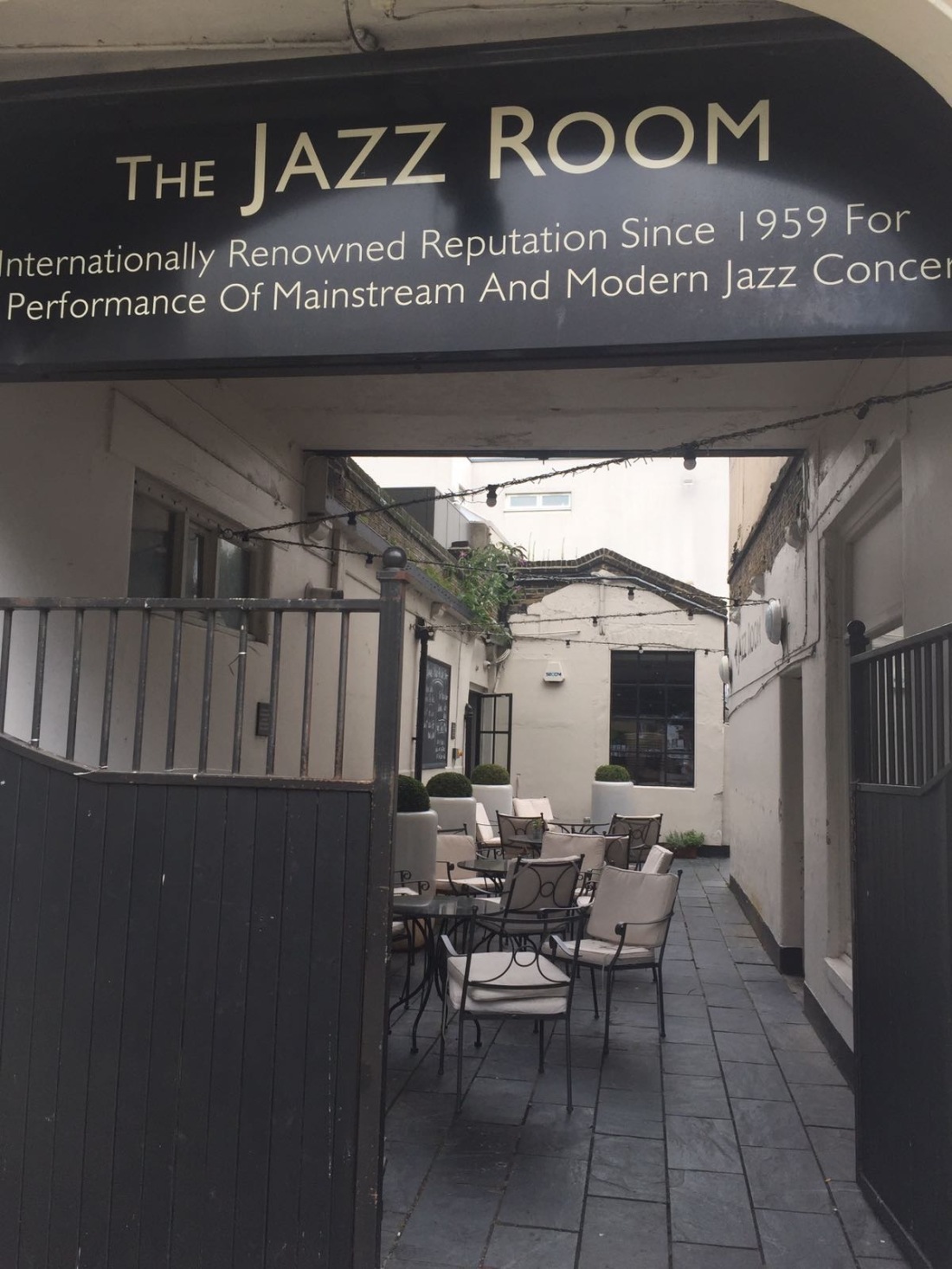
It’s just 11 min (0.6 mile) south-west on The Terrace/A3003, turn right onto Ship Ln:
4.13 The Ship, 10 Thames Bank, Mortlake SW14 7QR
The Ship, a traditional London pub in Mortlake was built in 1781, and is famous for its location on the finishing line of the Oxford/Cambridge Boat Race. Located at the end of Ship Lane off the Lower Richmond Road, to the rear of the Budweiser Brewery, the Ship is set back off the river. Features include an open fire, timber floor and beer garden.
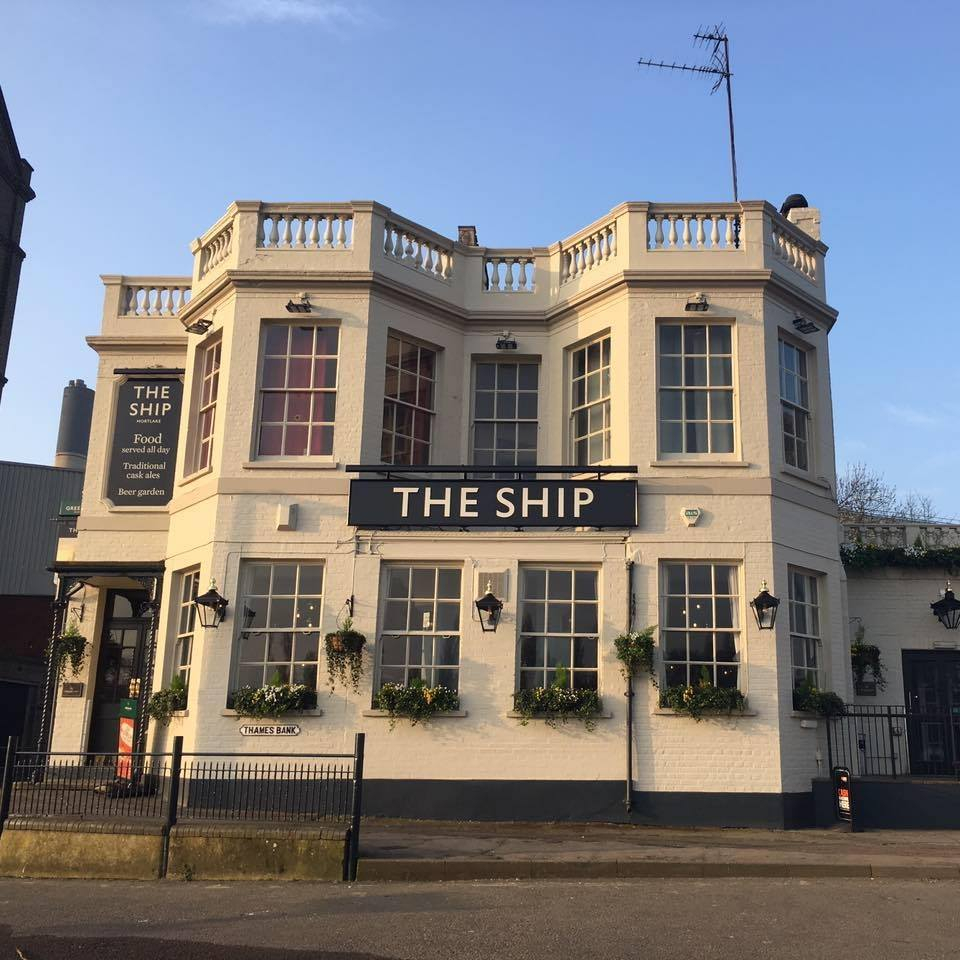
Now for a 26 min (1.3 miles) along Thames Bank, turn right at Williams Ln, continue onto Kew Green, our last two destinations are set well back from the river:
4.14 The Greyhound, 82 Kew Green, Richmond TW9 3AP
An independent, family-run pub overlooking Kew Gardens, serving brunches, sandwiches, Sunday roasts plus garden area. Perfect for the whole family – even the dog – boasts a lovely beer garden to spend your time in during those warm summer nights with private, seated, and covered booths.
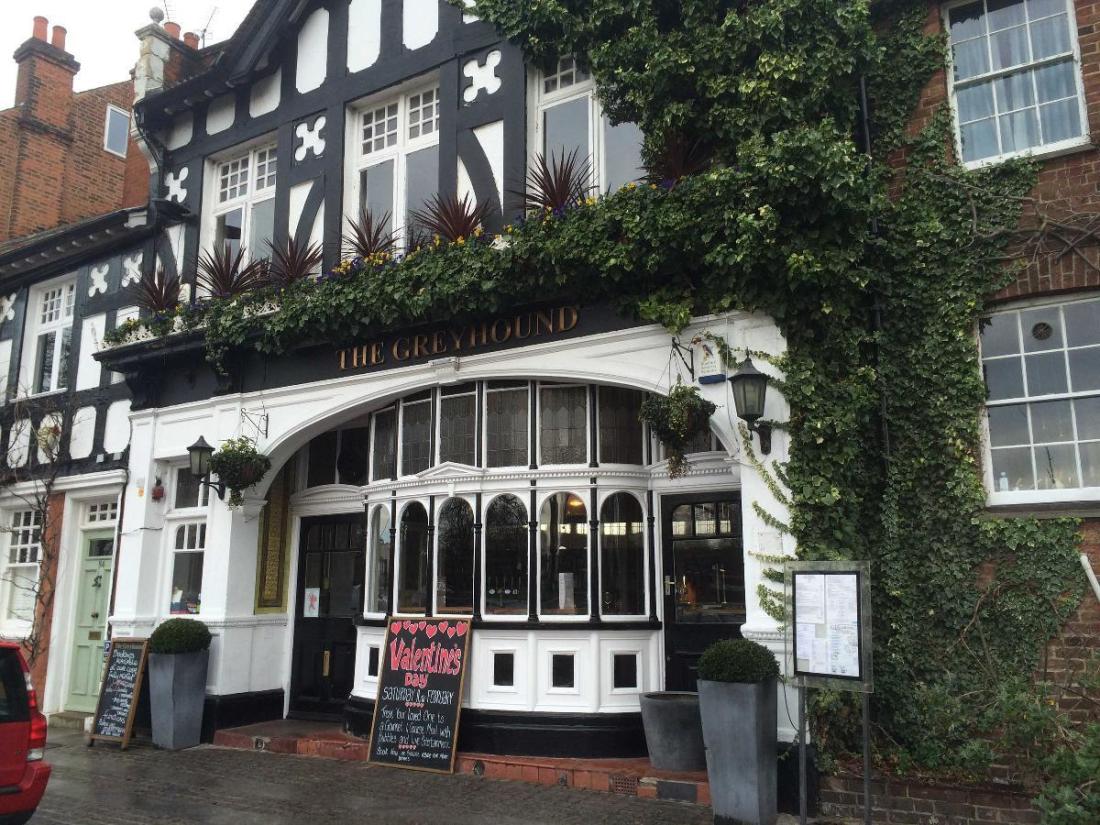
Finally, walk south-east on Kew Green and across the south circular to the Surrey side to our final destination:
4.15 The Cricketers, 79 Kew Green, Richmond TW9 3AH
Wood beams and tartan fabrics adorn this stylish spot by the green, serving European gastropub fare.
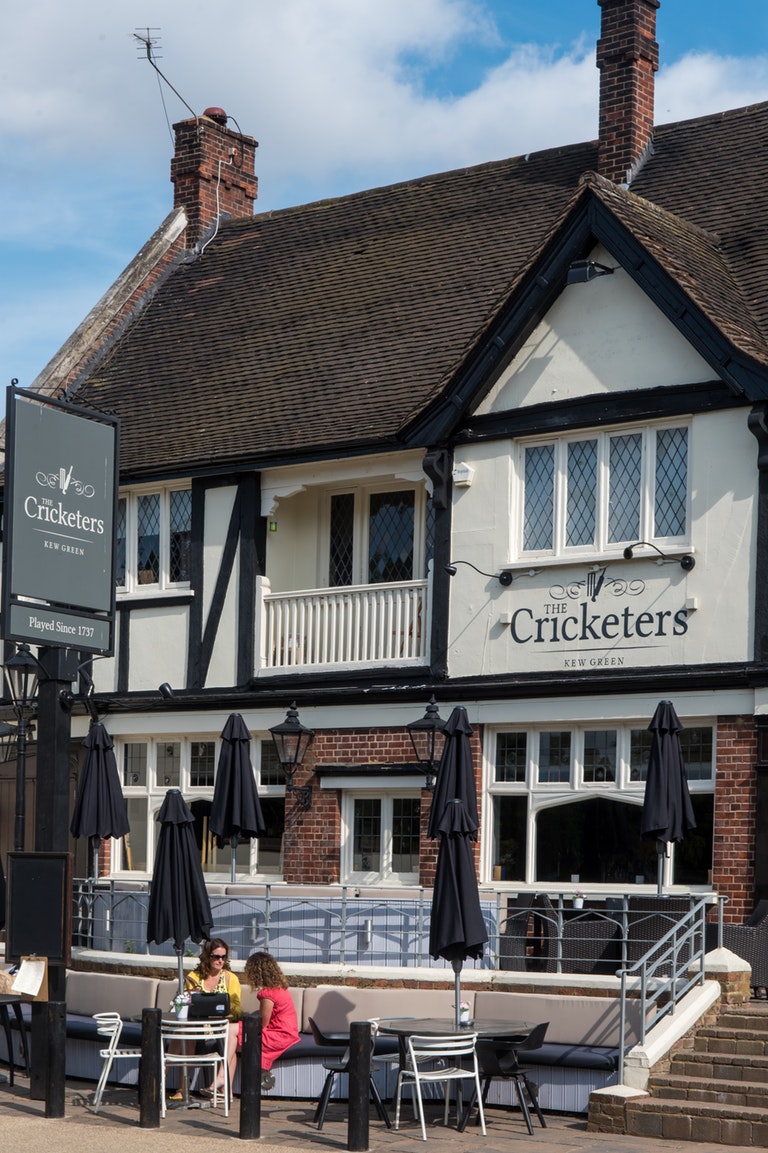
So, after 58 pubs and about the same number of miles walked, we end our epic journey in Surrey. With a resident population of 1.1 million, Surrey is the most densely populated and third most populous county in the South-East region. However, it is rumoured that less than half the population is actually human. Whilst this may be a slight exaggeration, Surrey is an alien county with more than its fair share of androids and replicants. In the novel “The War of the Worlds” (1897), when the Martians decide to take over our planet, they chose to start with Surrey. What was HG Wells trying to tell us about Surrey? But we didn’t come all this way to talk about Surrey, that would be boring, so finish your pint and let’s walk back up to Kew Bridge and talk about London.
It’s not as buzzing as Shanghai (I will blog Shanghai if I ever get the opportunity to return!), not as beautiful as Paris,
(See: https://nicholasjcoxinparis.wordpress.com )
nor as friendly as Warsaw,
(See: https://nicholasjcoxinwarsaw.wordpress.com) ,
and infuriatingly, it could be so much better than it actually is; but despite Heathrow Airport, the RIBA, the property developers, the buy to let investors, Wandsworth Council, and all the other things that annoy us and make are lives more difficult than necessary, London is, and has been since the fall of Constantinople (29 May 1453), the greatest city in the world!
When a man is tired of London, he is tired of life; for there is in London all that life can afford.
Samuel Johnson, 20 September 1777
With a population of some nine million, there are about as many Londoners as the combined populations of Scotland, Wales and Northern Ireland. But in the real world it’s not people that count, its money. So, let’s count the money:
With £534,821 million per annum, London has twice the GDP of all the other devolved regions combined but is given a fraction of the autonomy. If London was an independent city state, then post Brexit it would be the 6th largest economy in the EU, just below the Netherlands. So come on Sadiq Khan, declare UDI from the Little Englanders and allow London to take its rightful place as the capital city of Europe!
OK, that’s me done, you’ve been great company, but it’s time for me to go home, so let’s form a line on the eastern footpath across Kew Bridge, face eastwards back towards London, and if we all stand on tip toes and look very carefully, we will see them all – nine million hearts beating in the darkness!
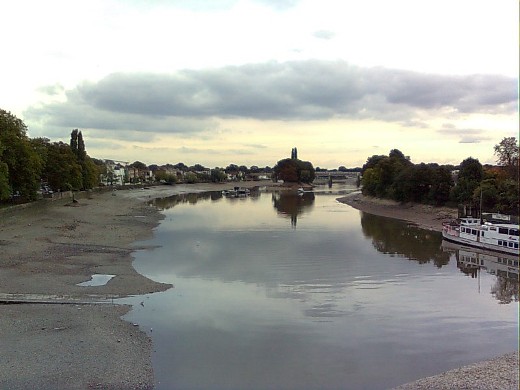
As for the charges against me, I am unconcerned. I am beyond their timid lying morality, and so I am beyond caring.
Apocalypse Now

“We have lost the first of the ebb,” said the Director suddenly. I raised my head. The offing was barred by a black bank of clouds, and the tranquil waterway leading to the uttermost ends of the earth flowed sombre under an overcast sky — seemed to lead into the heart of an immense darkness.
Heart of Darkness
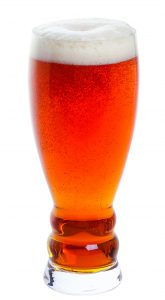



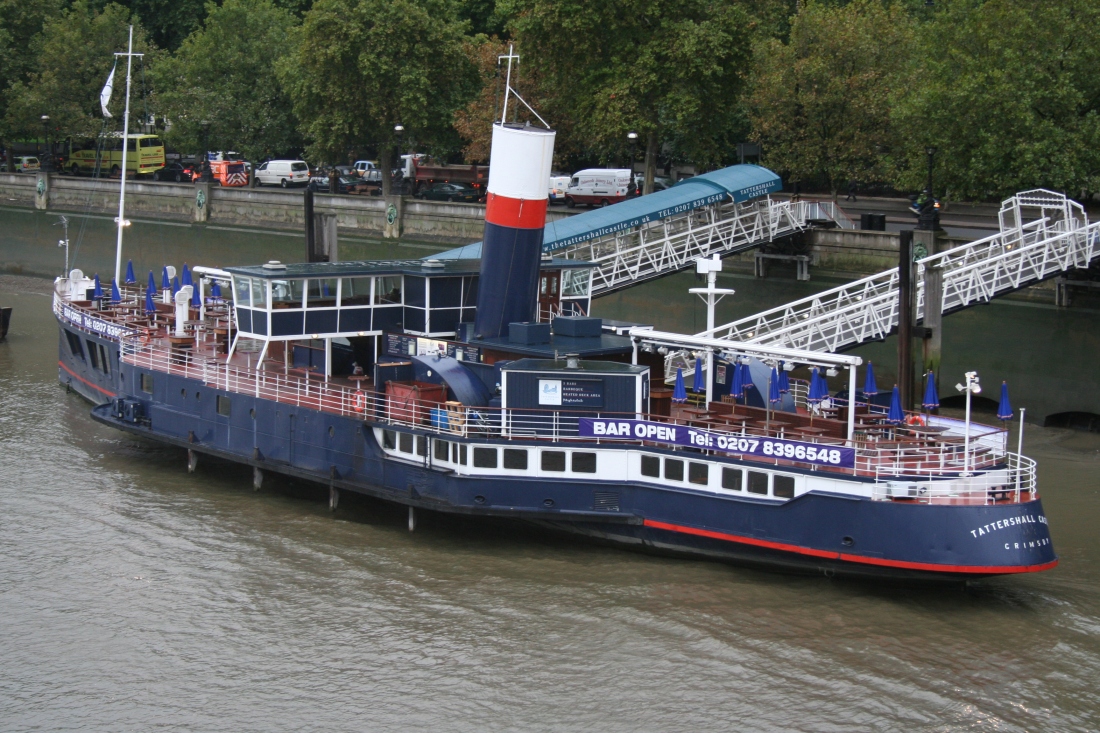
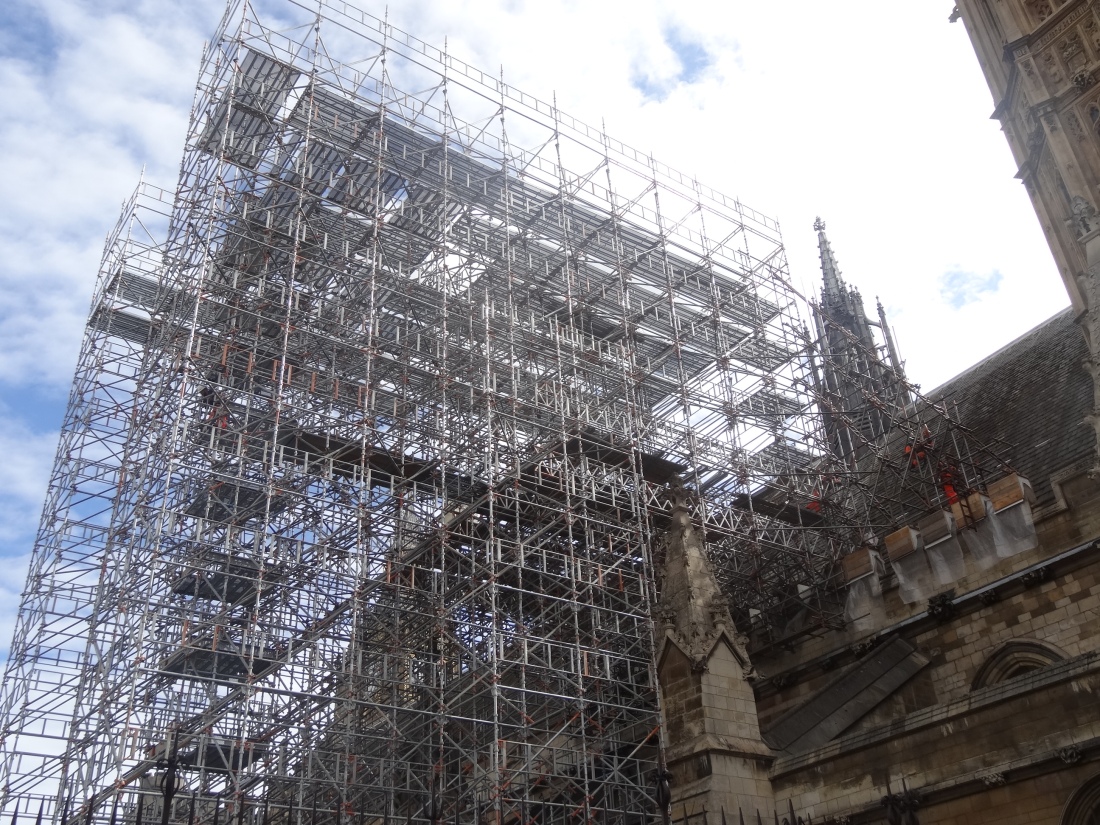
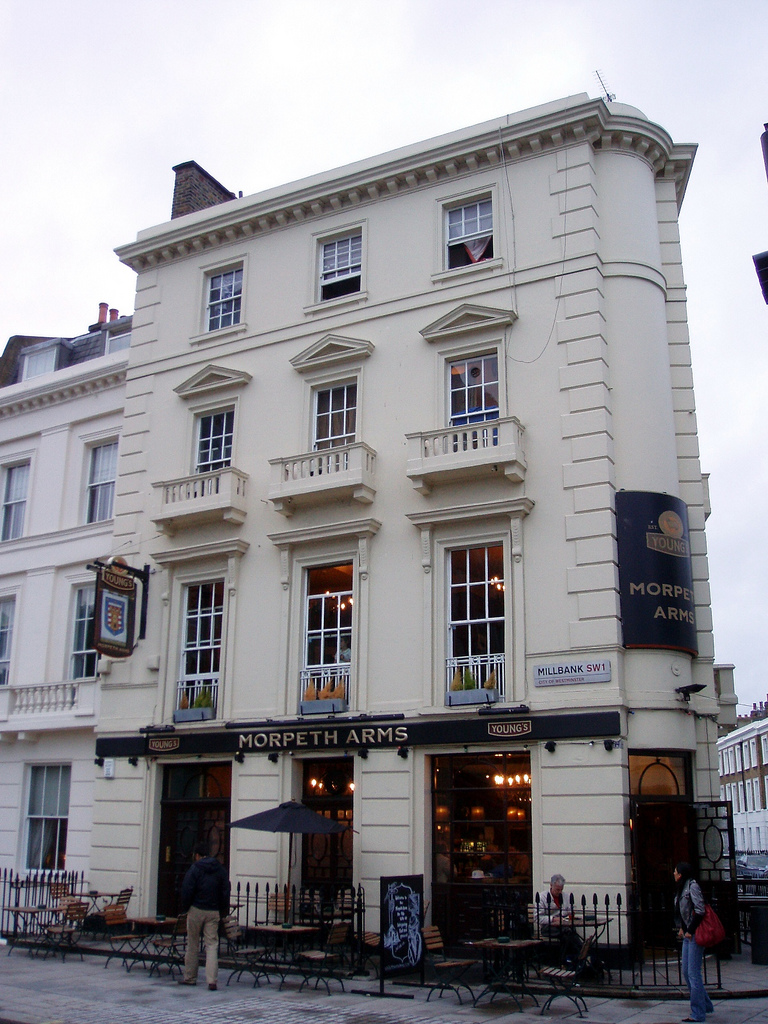
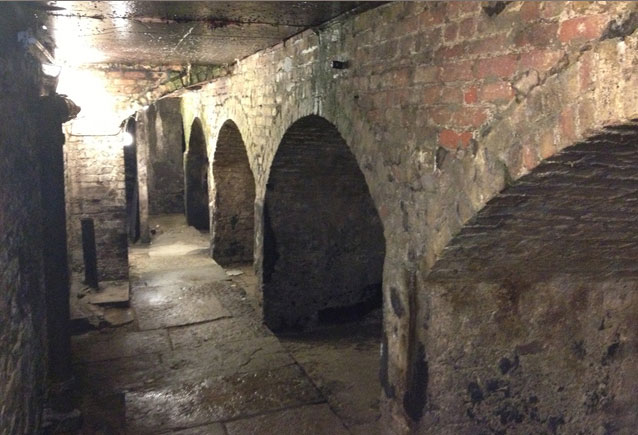
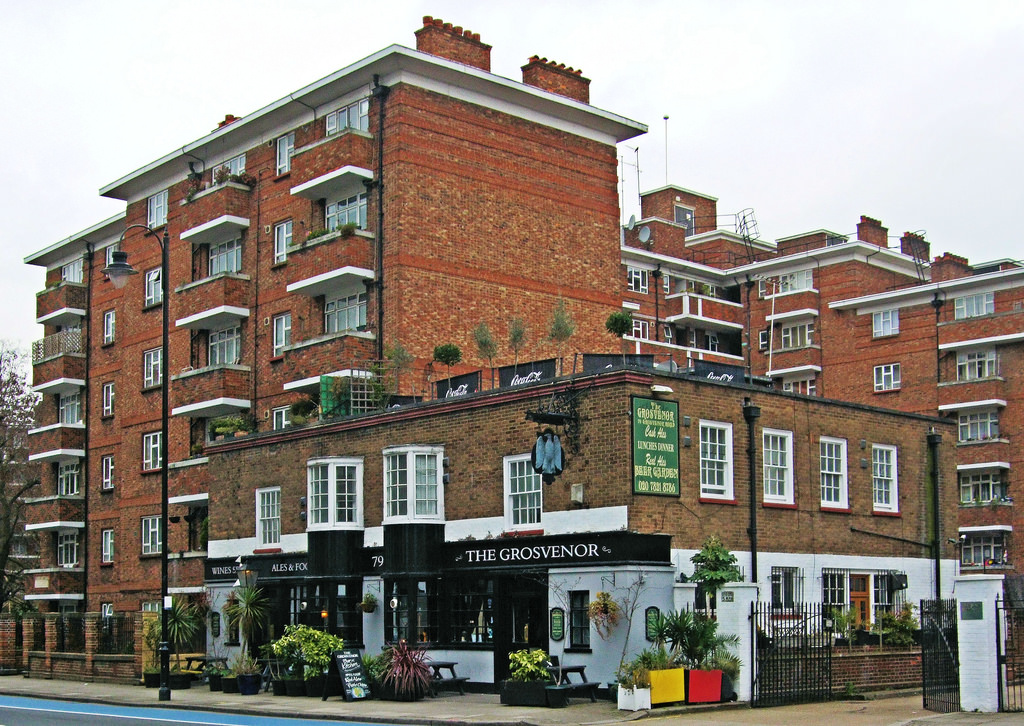
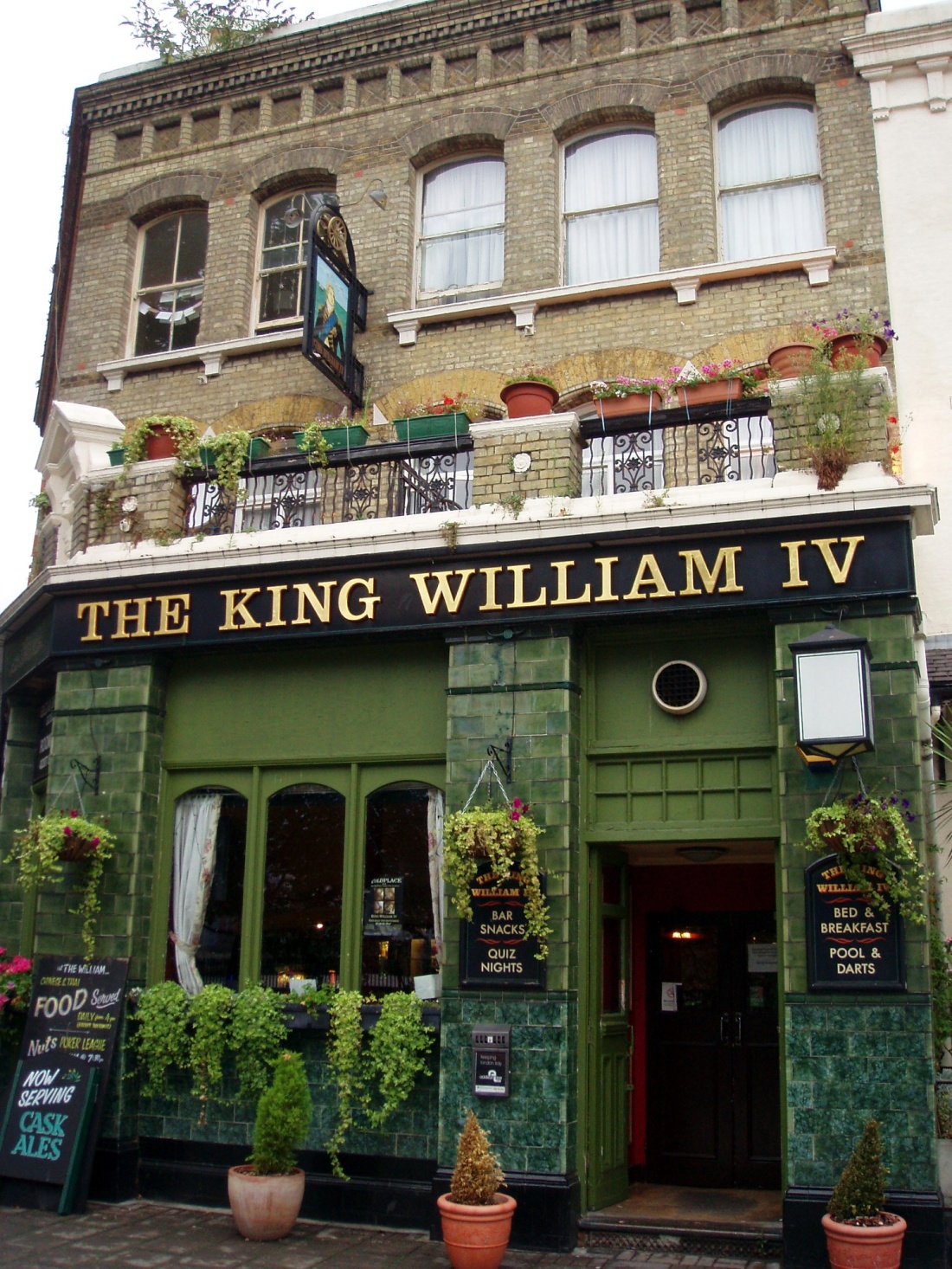
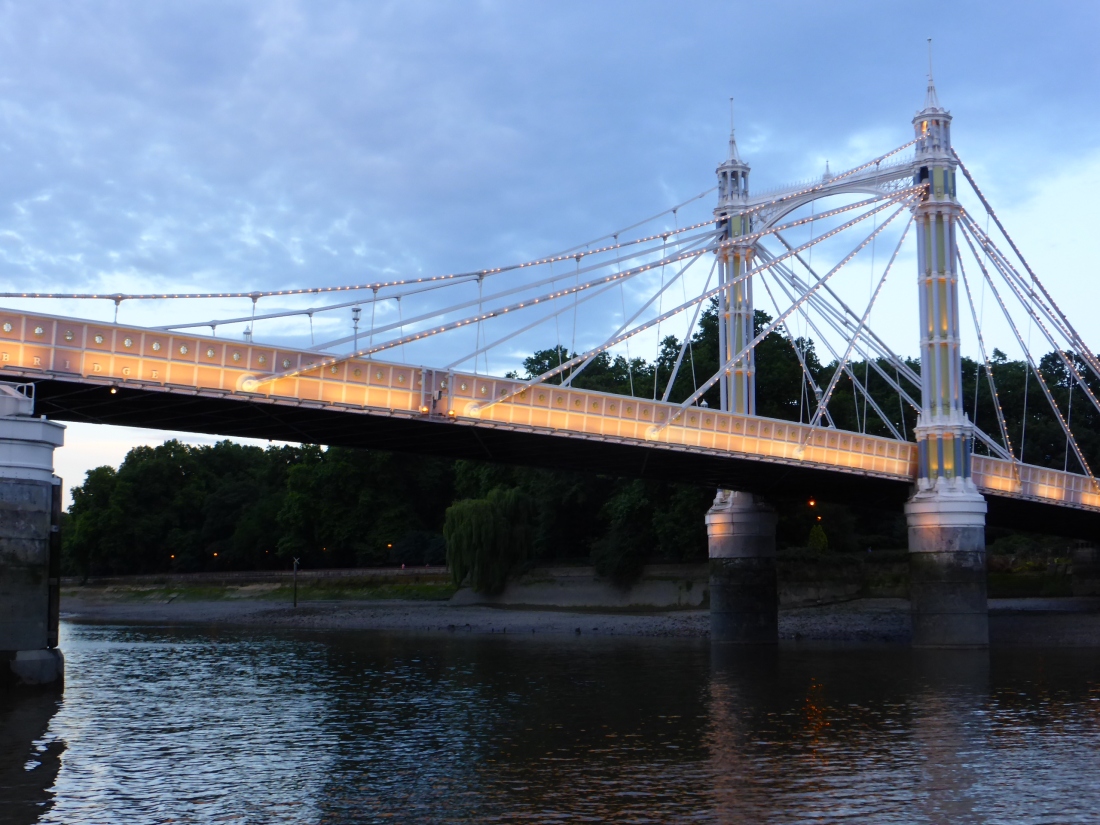
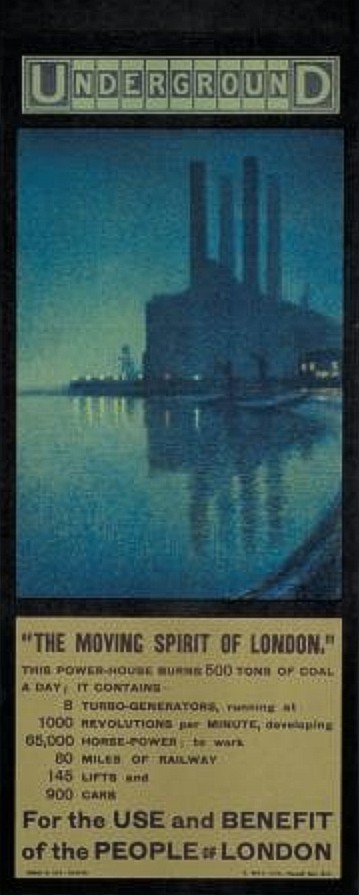
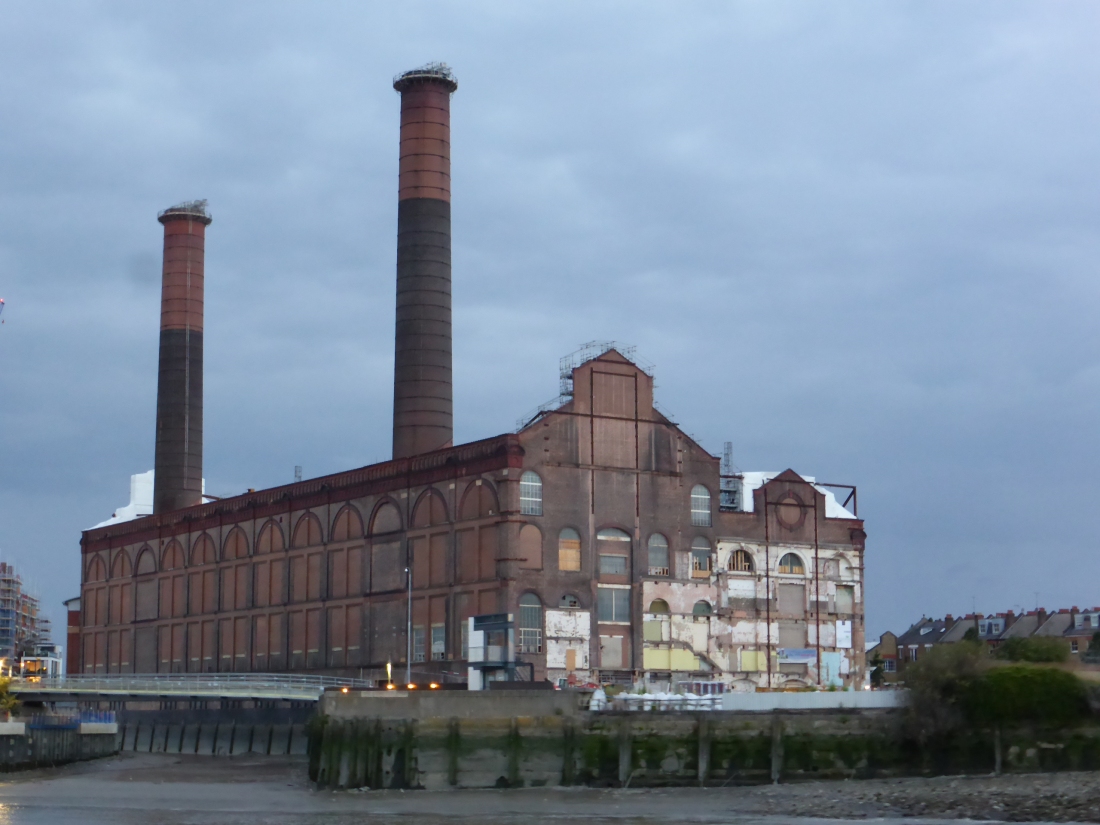
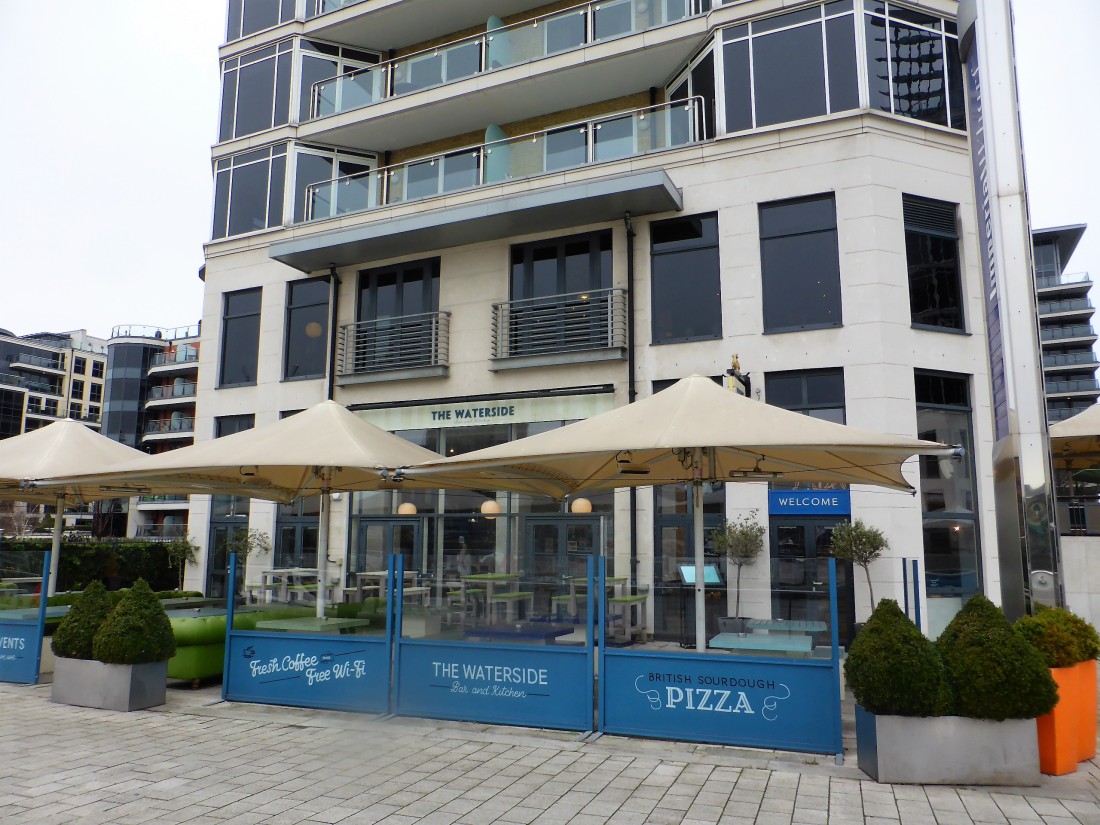
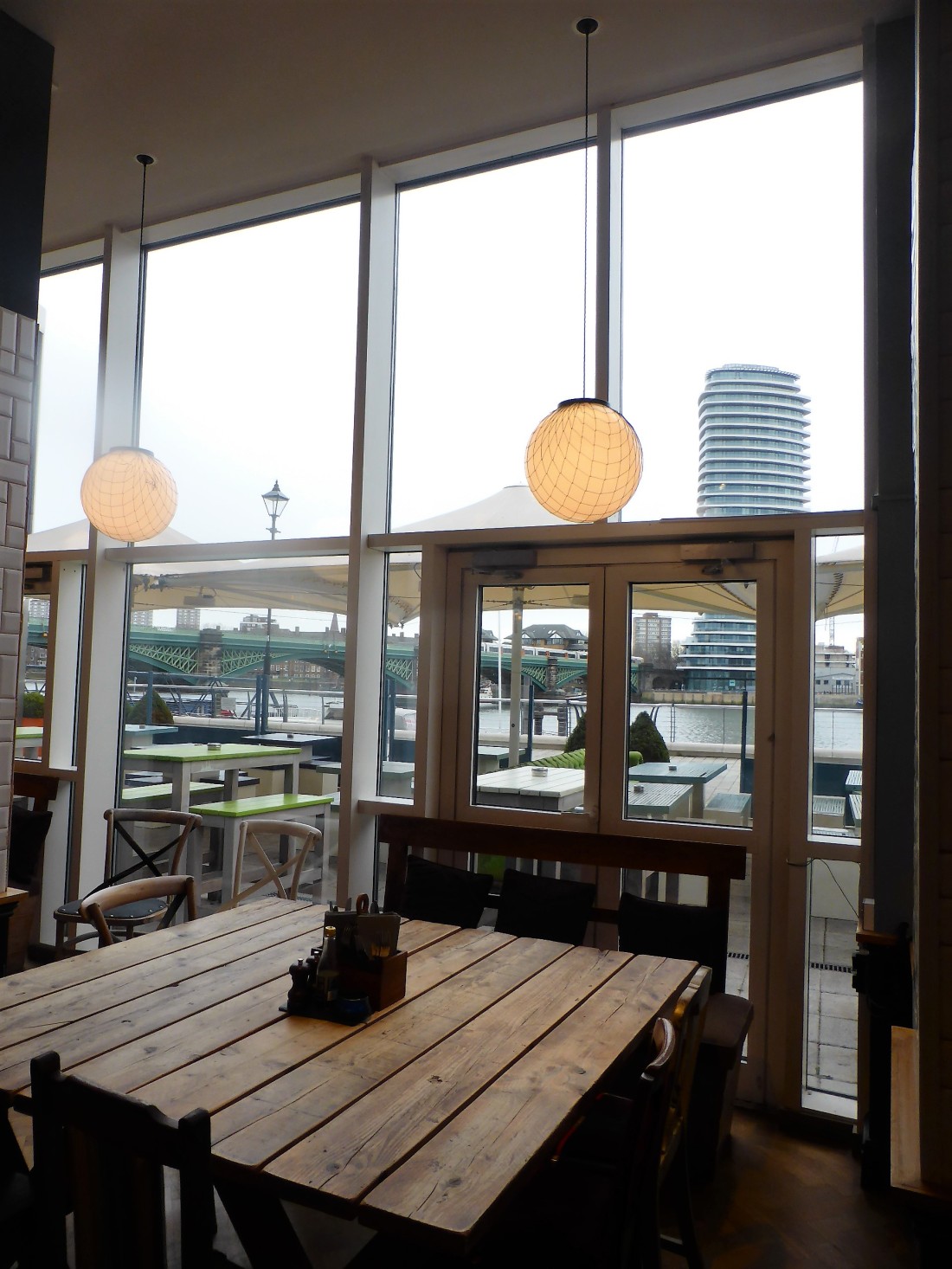
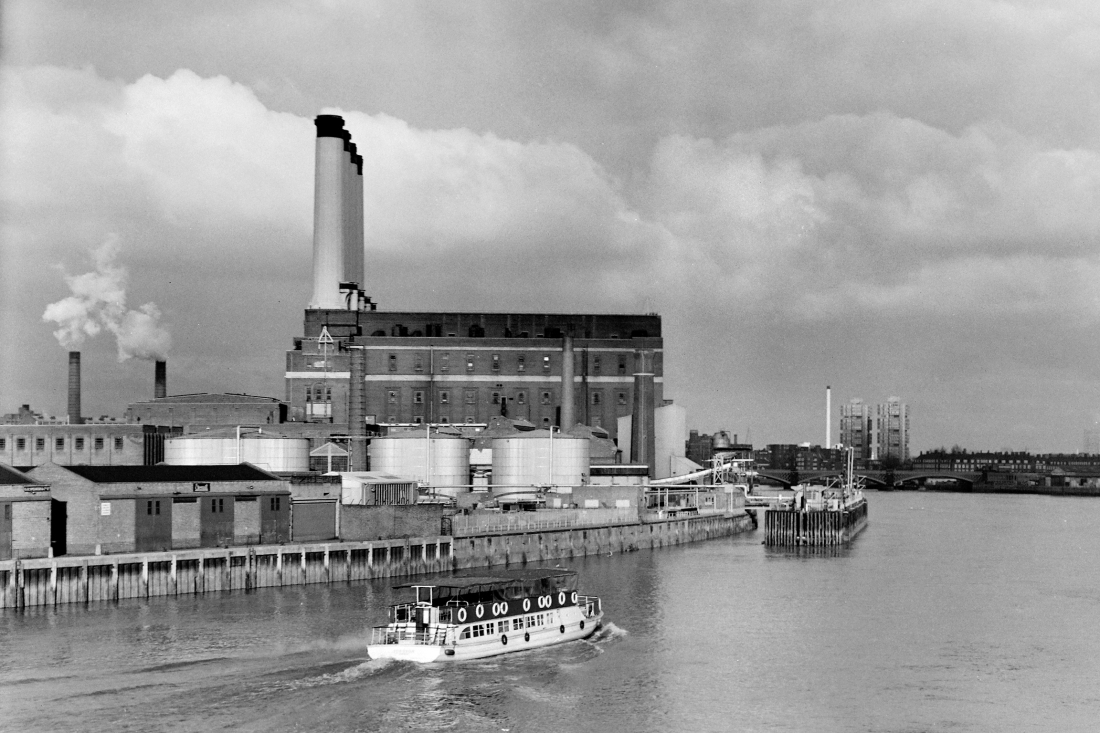
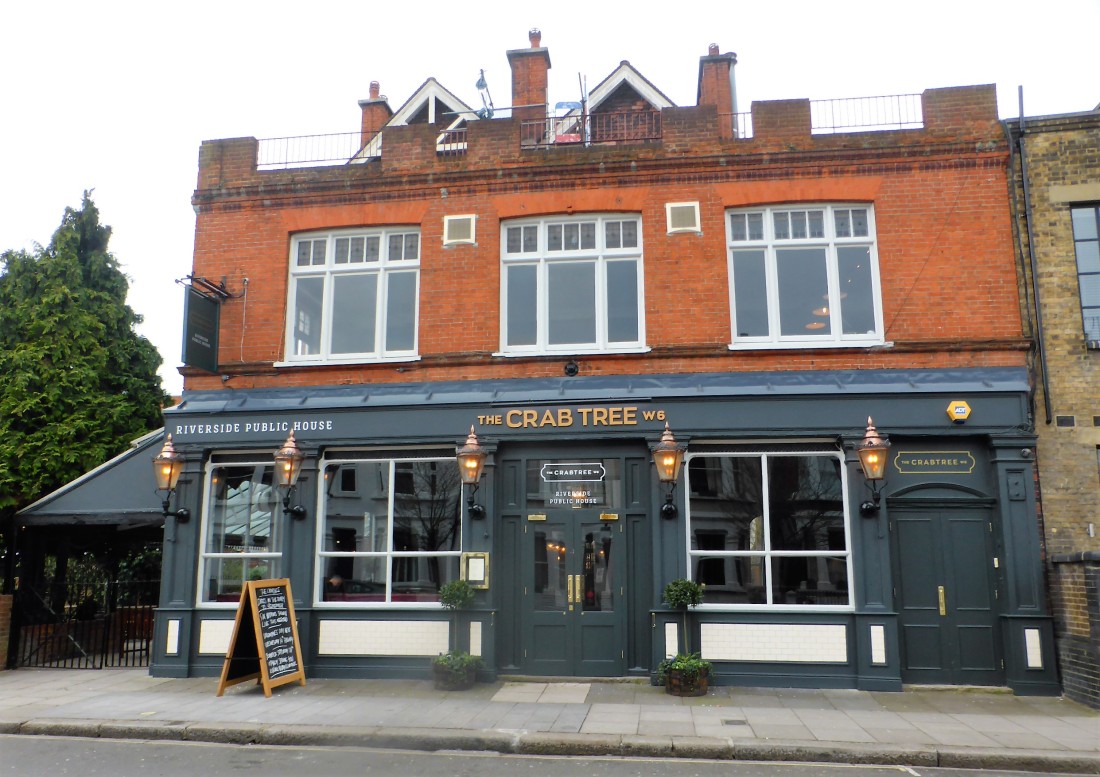
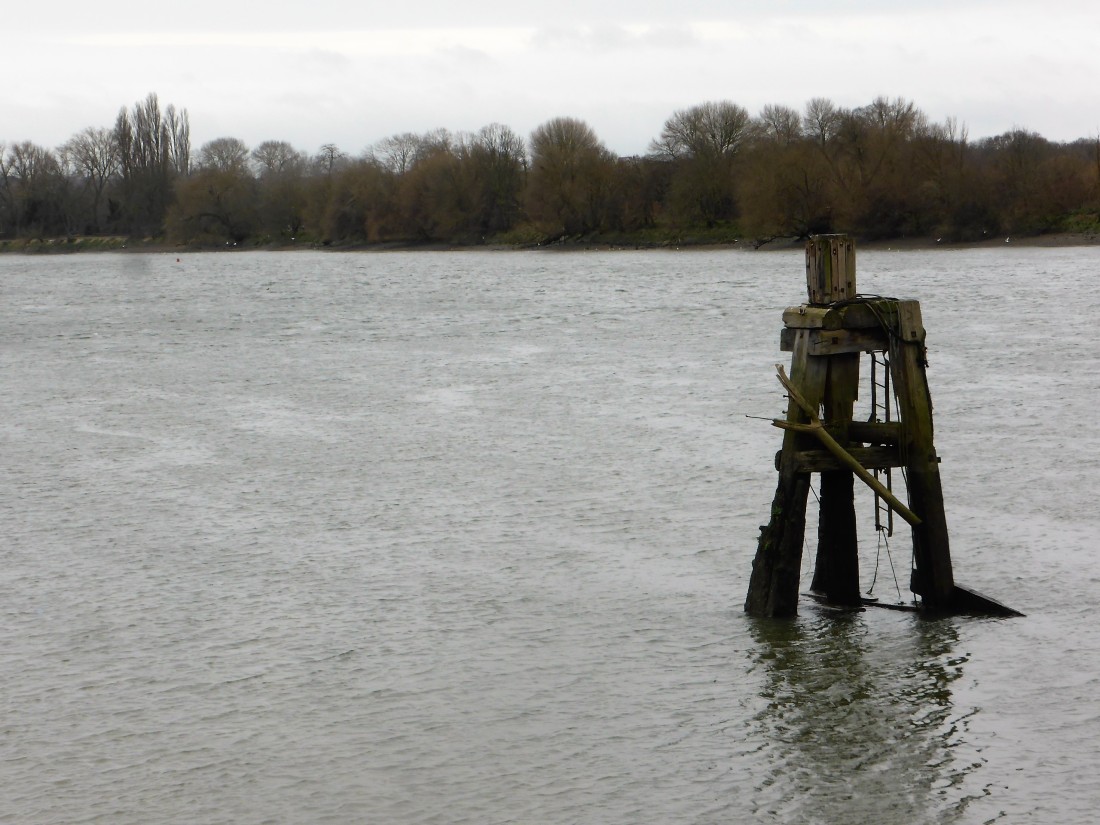
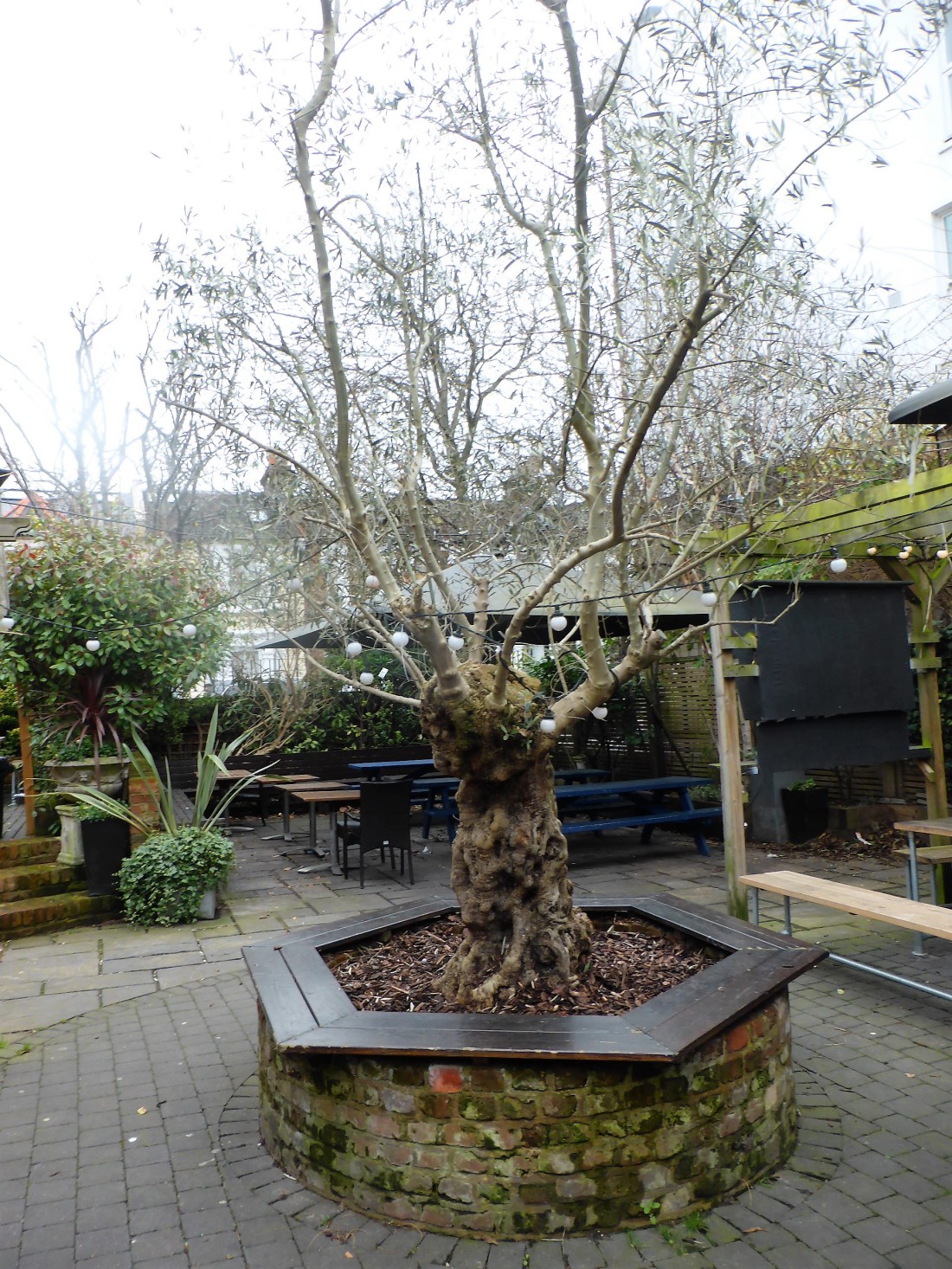
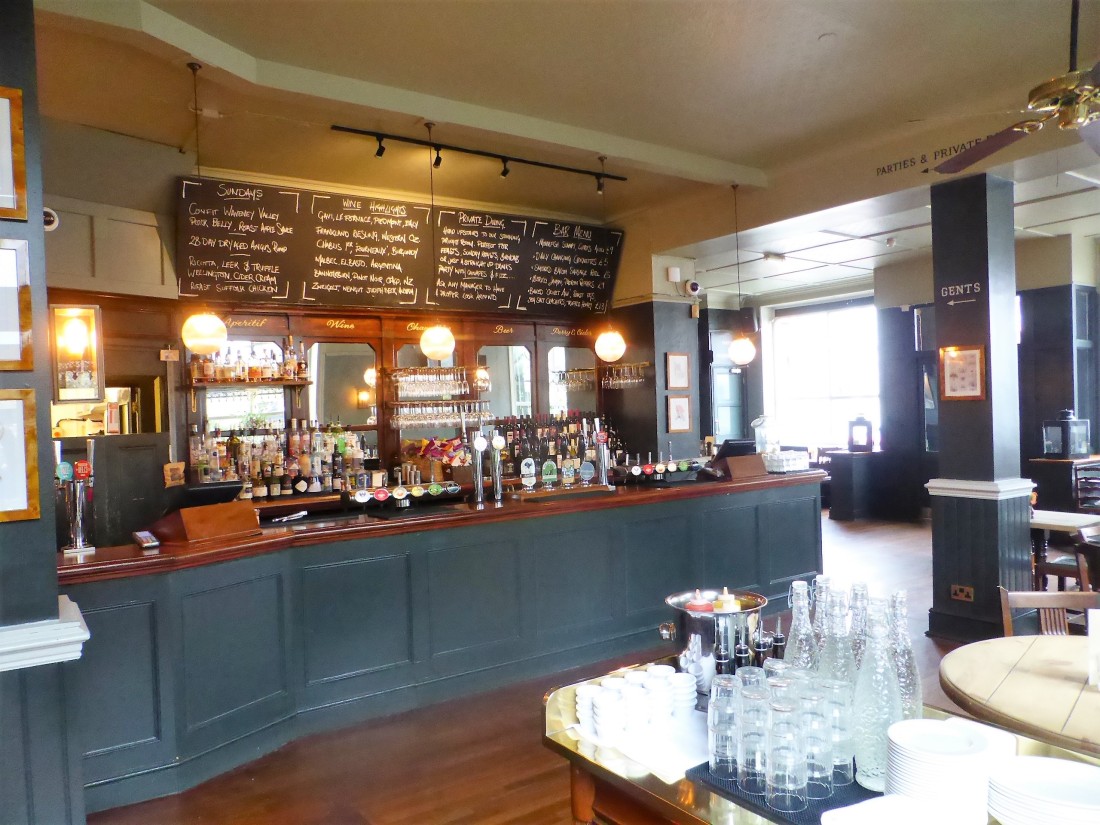
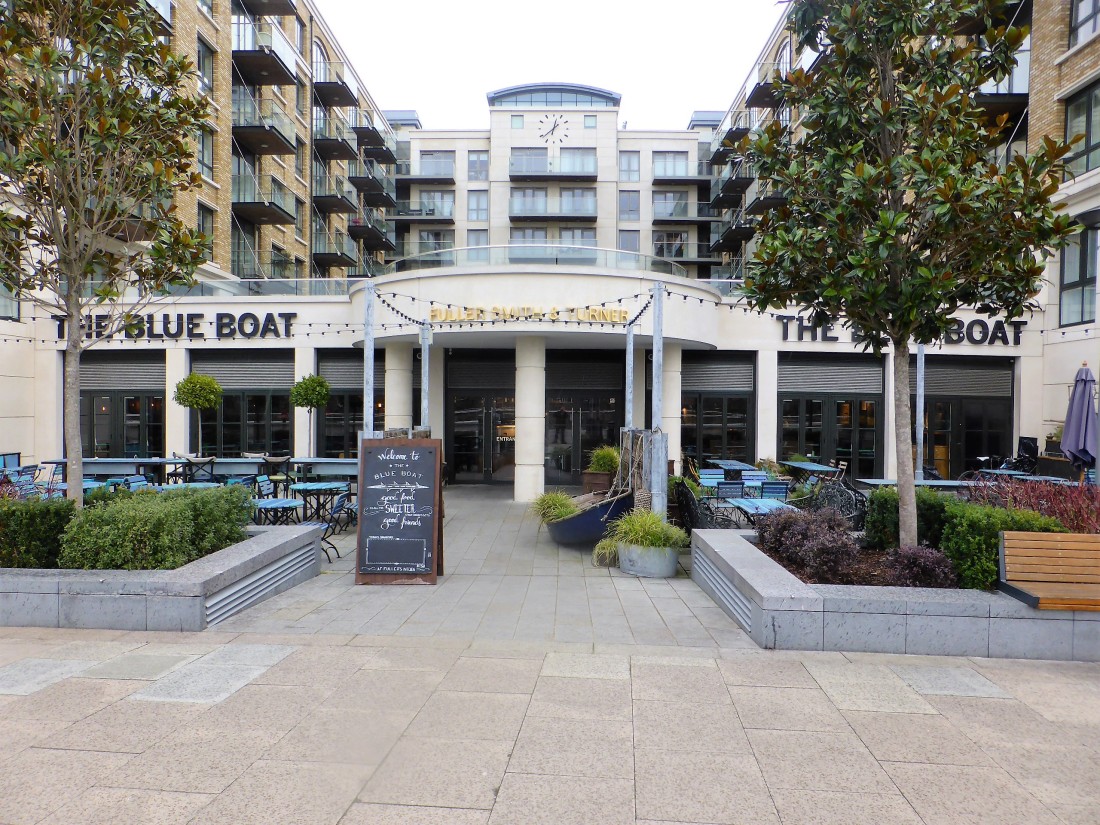
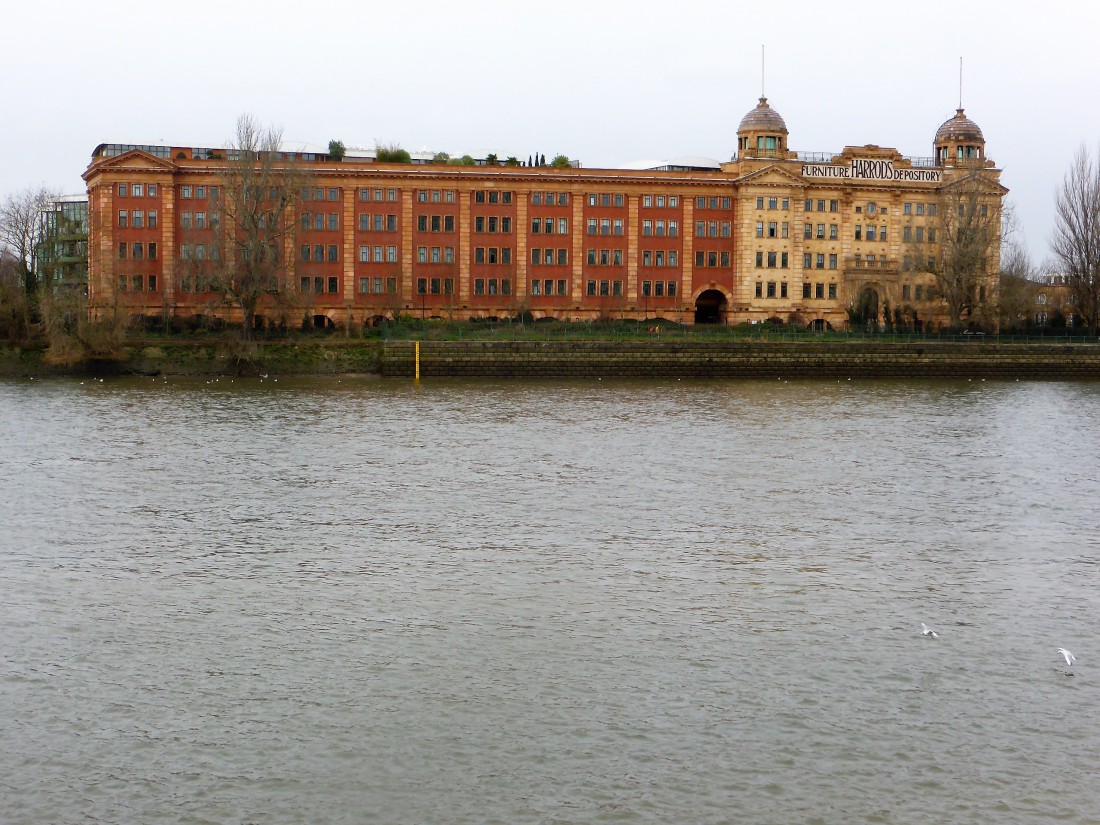
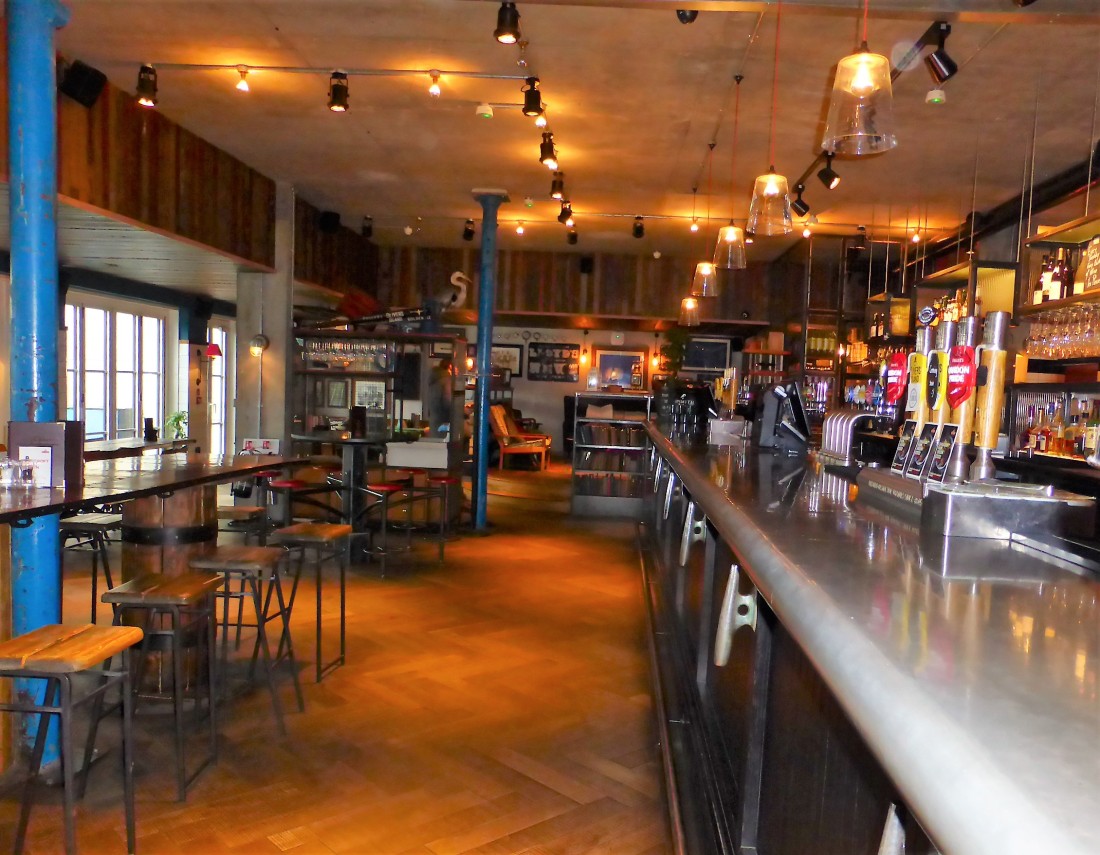
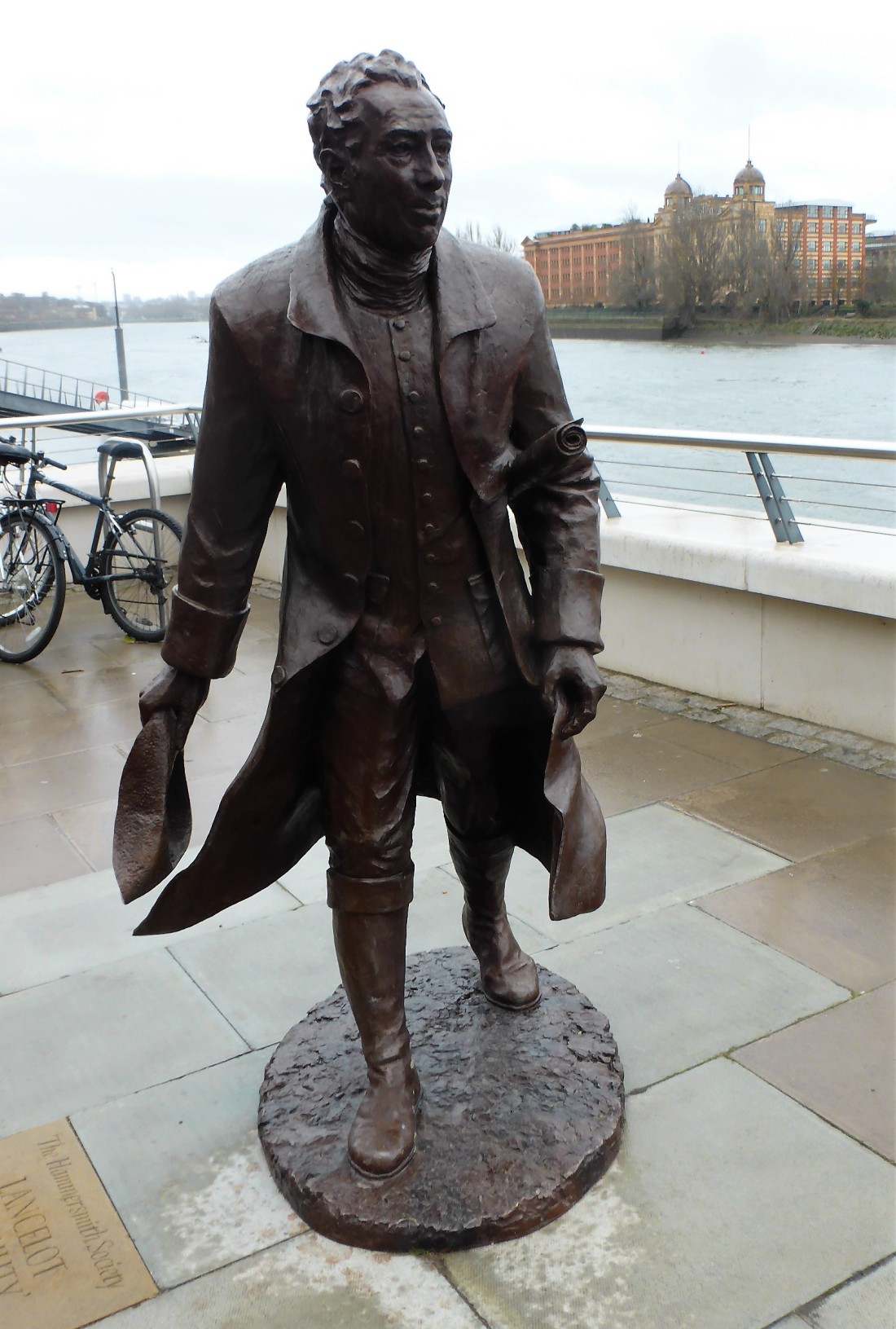
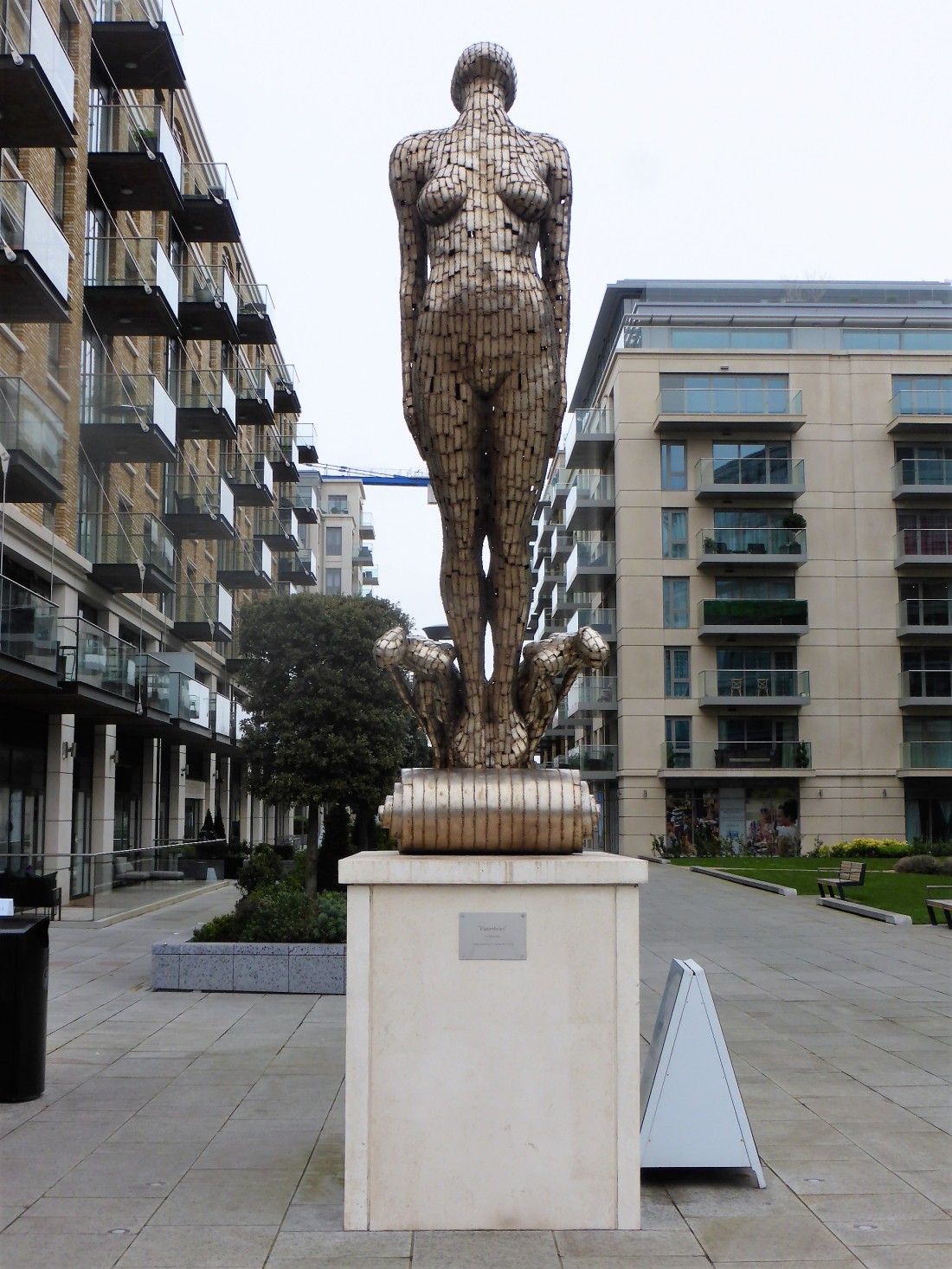
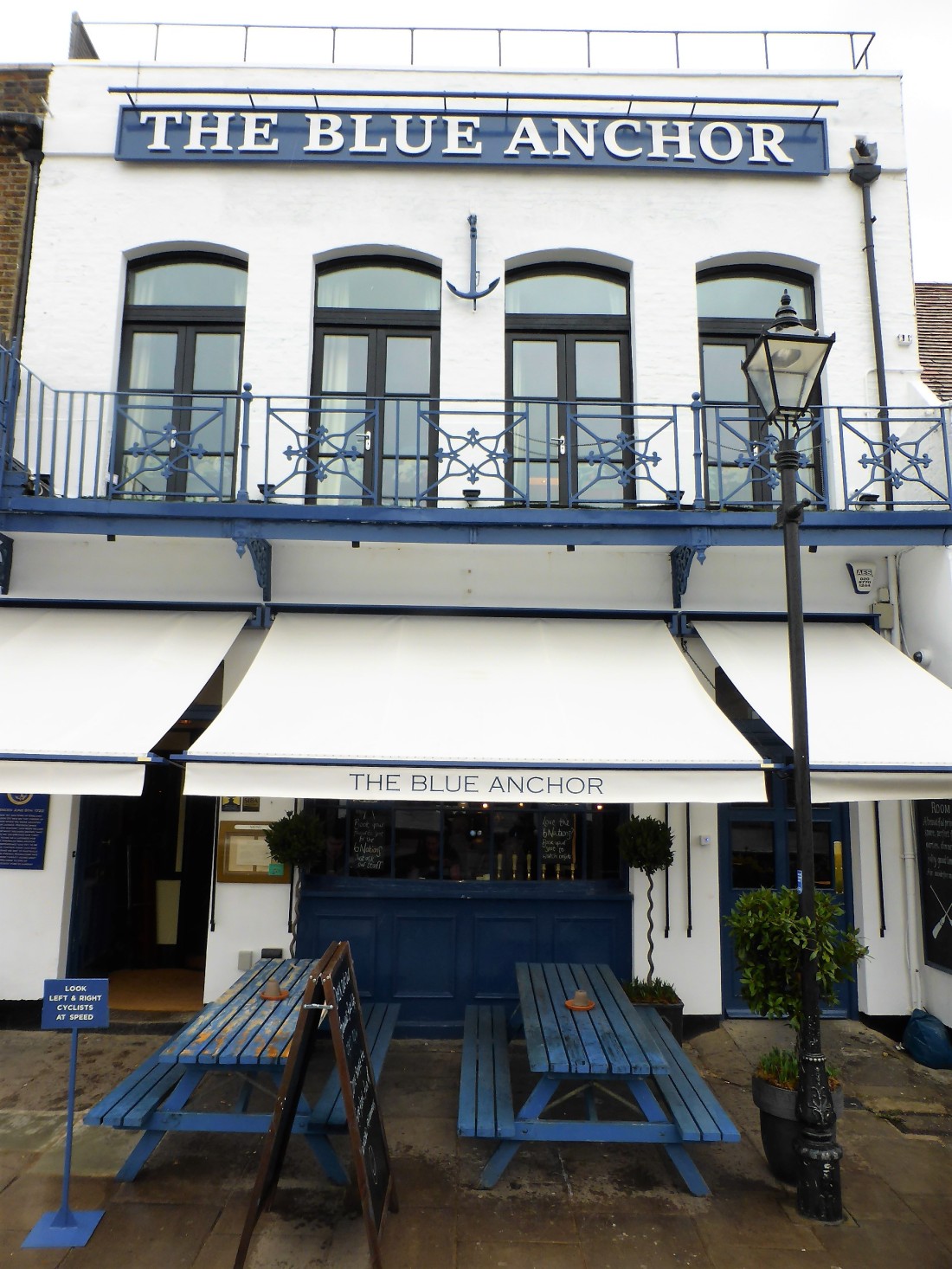
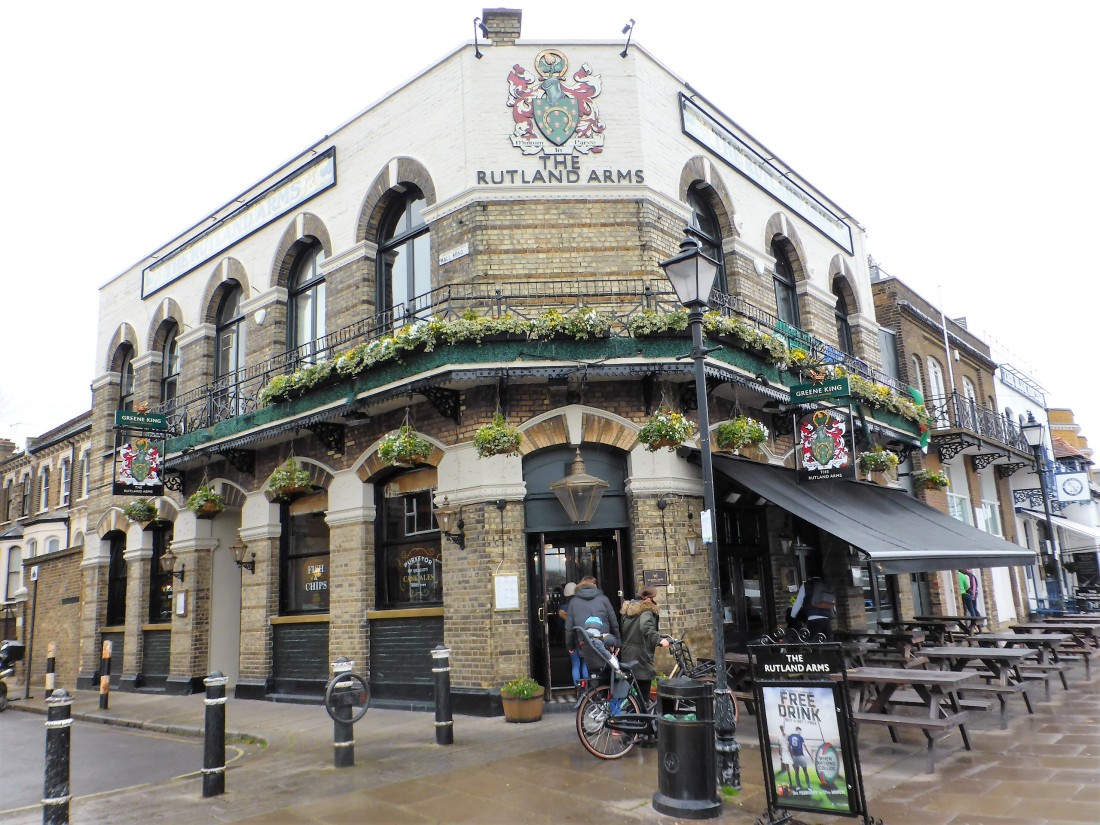
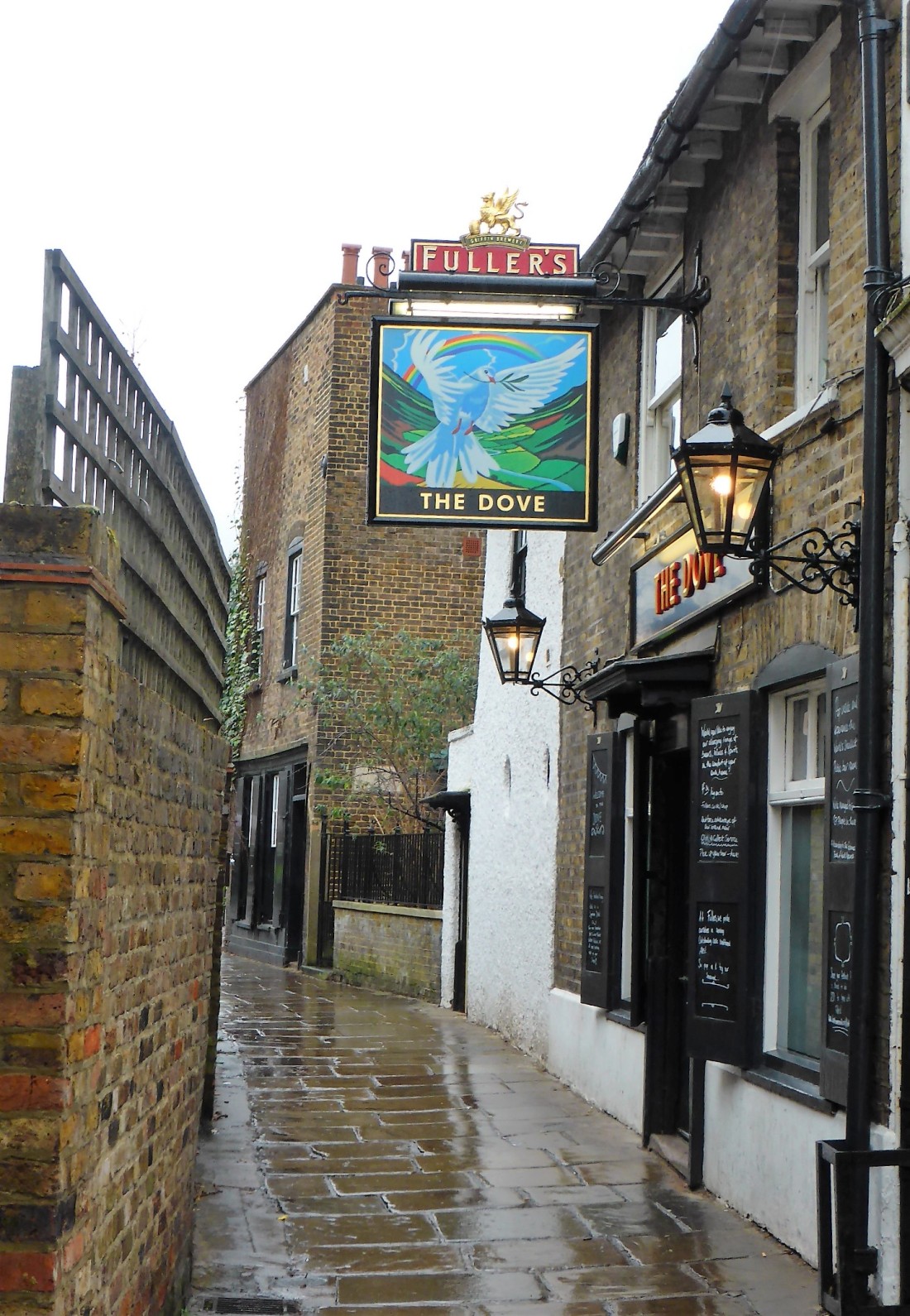
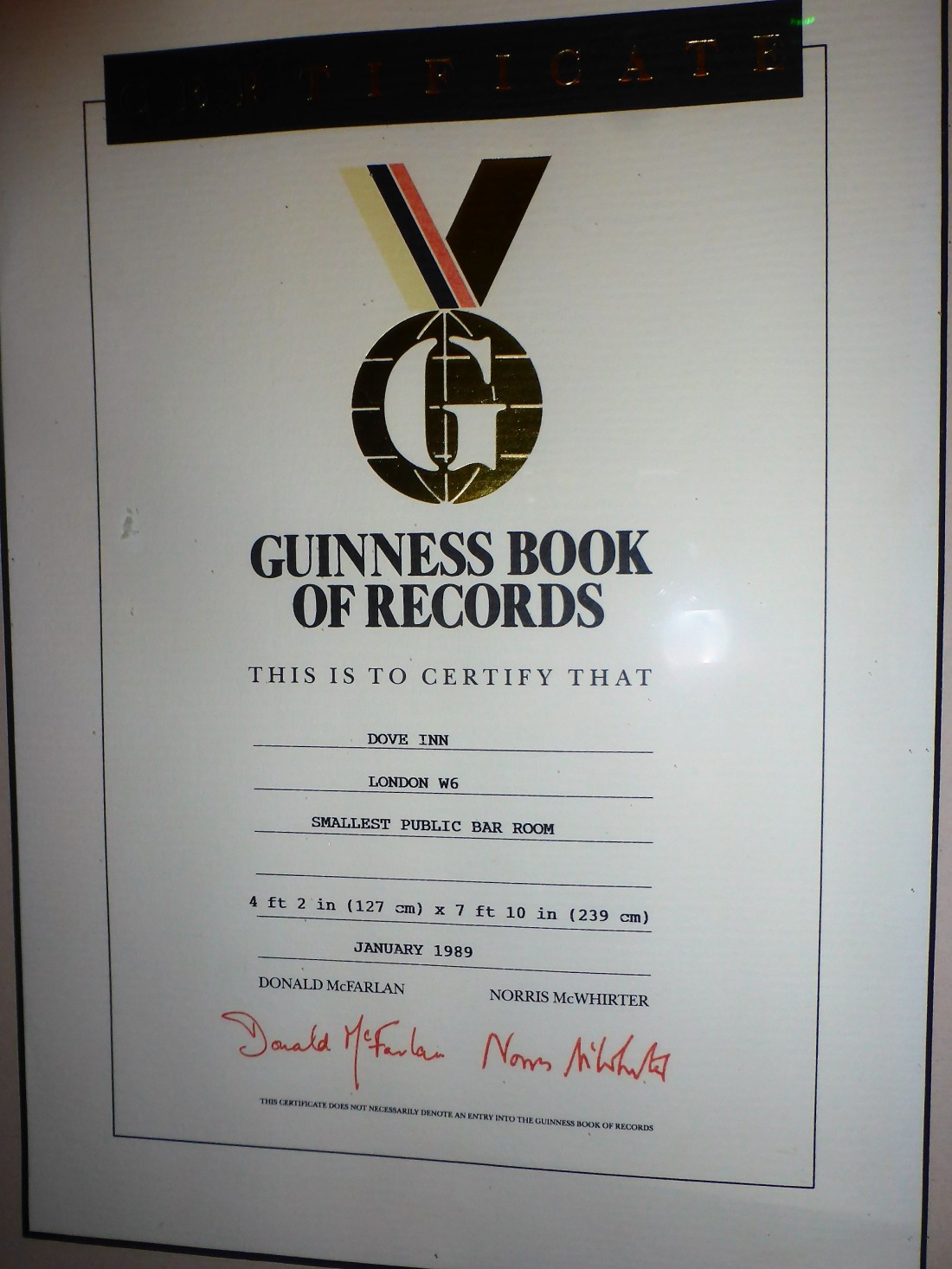
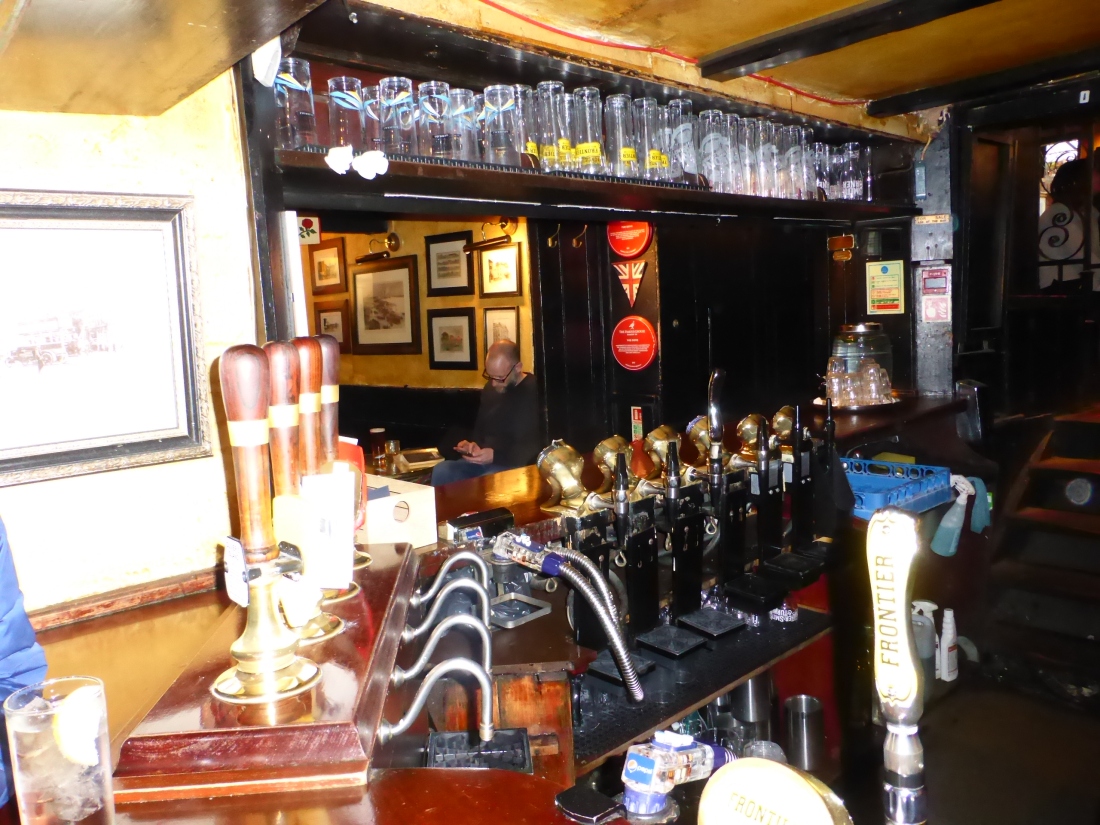

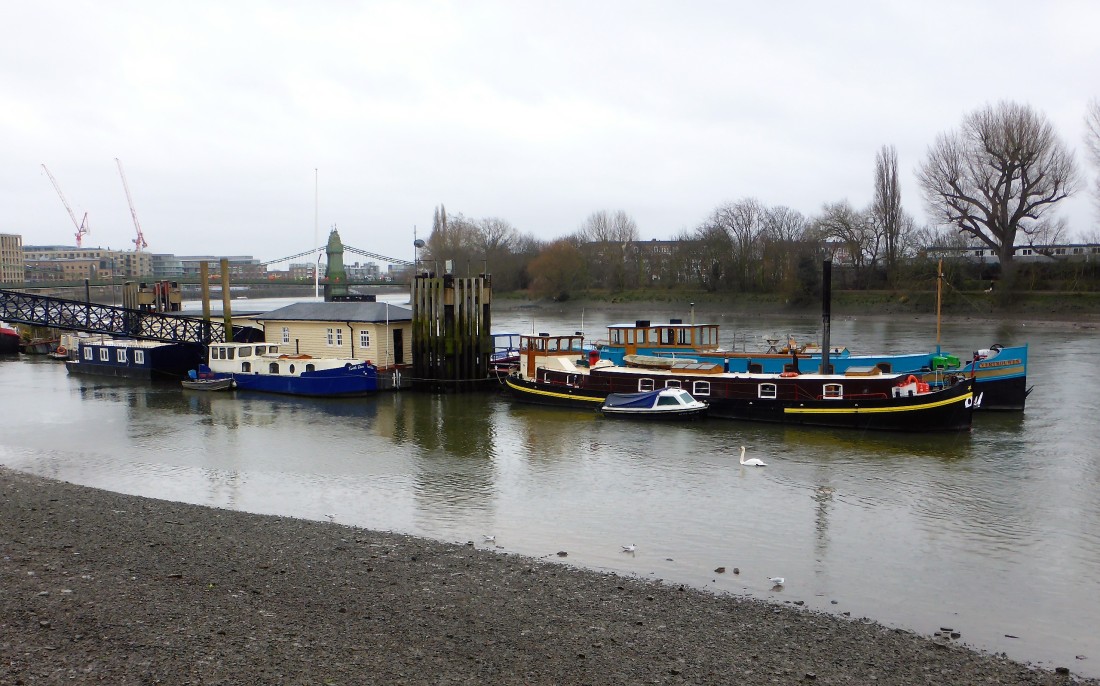
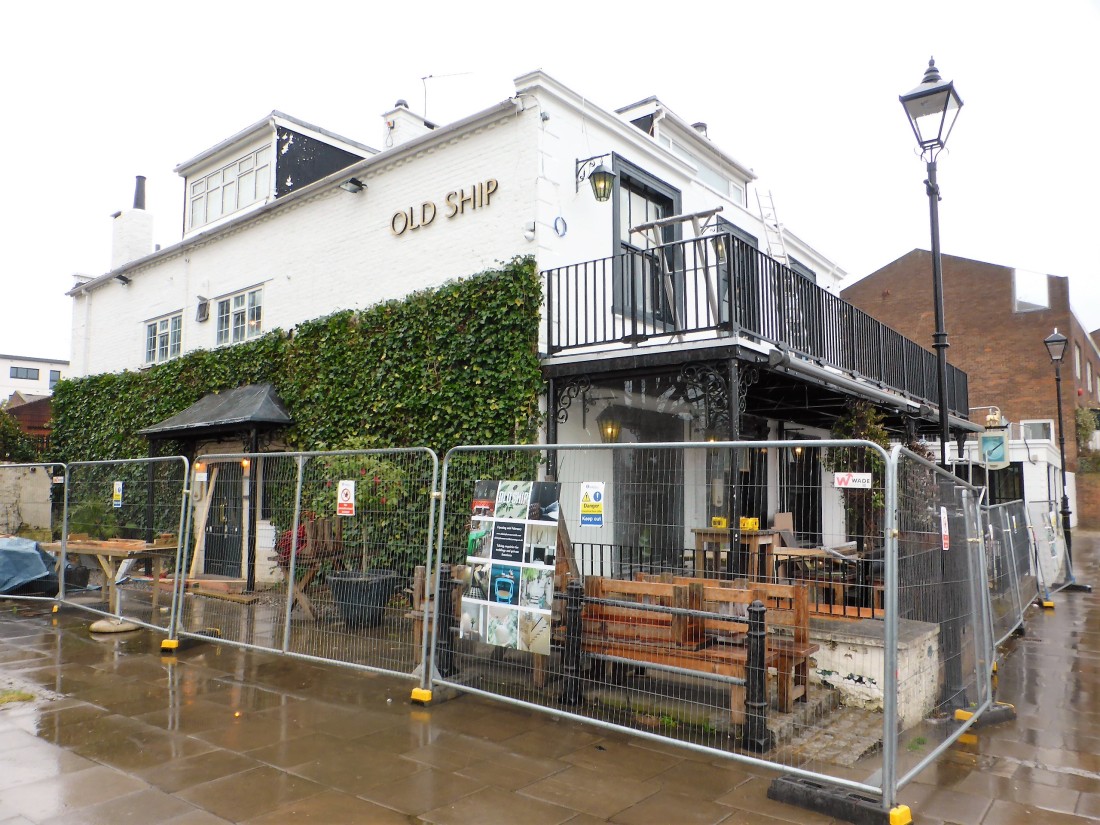
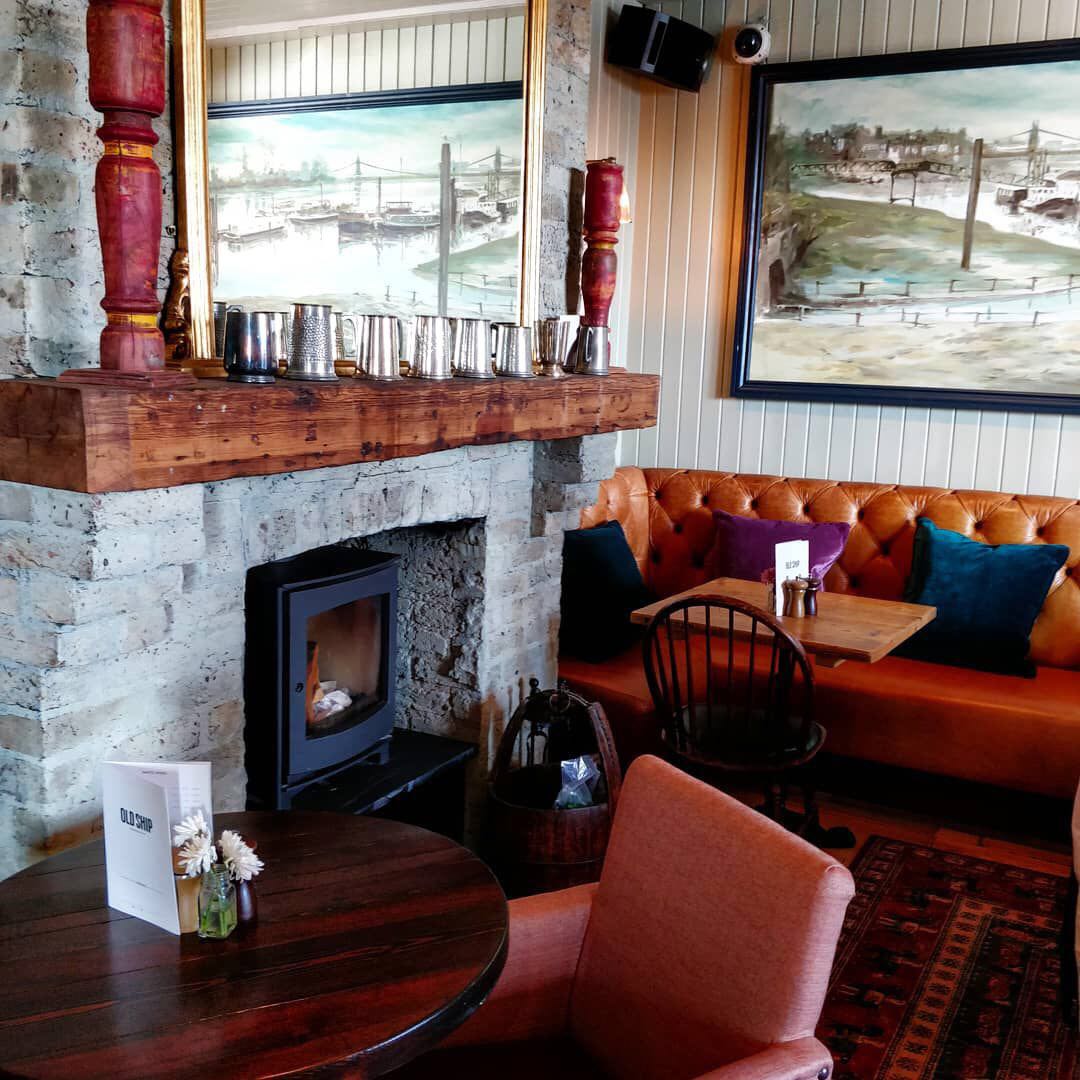
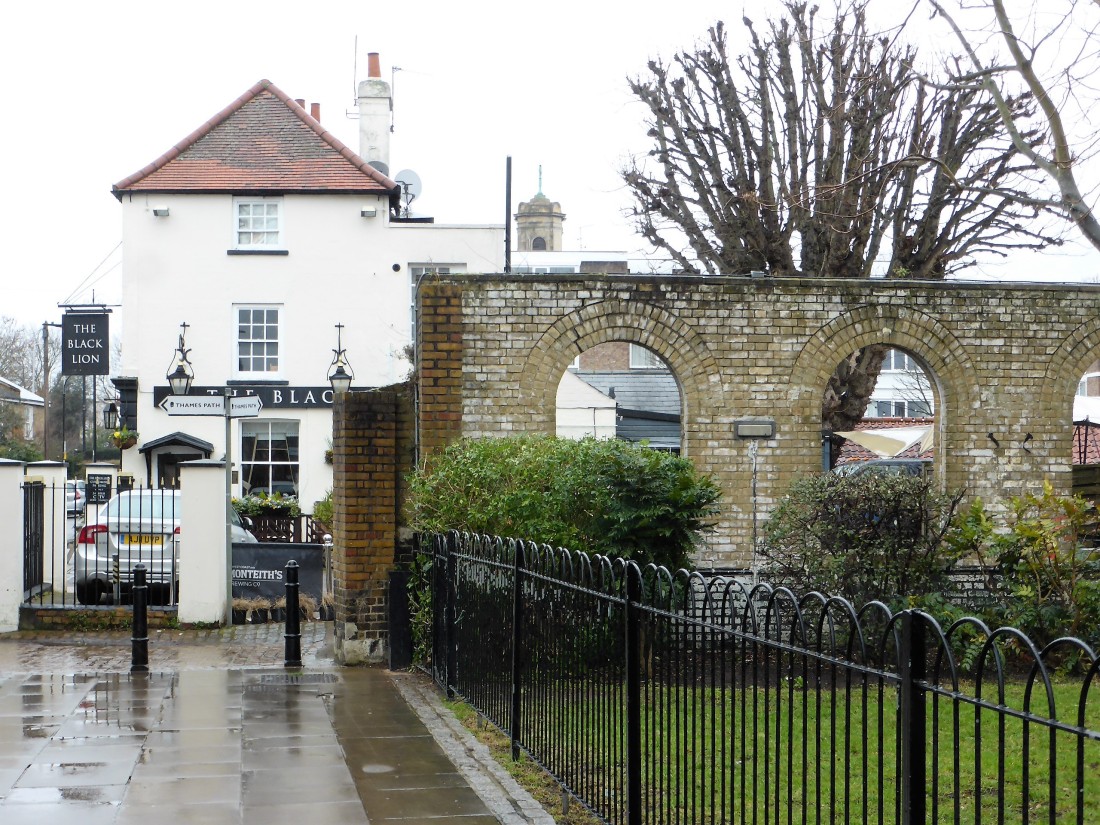
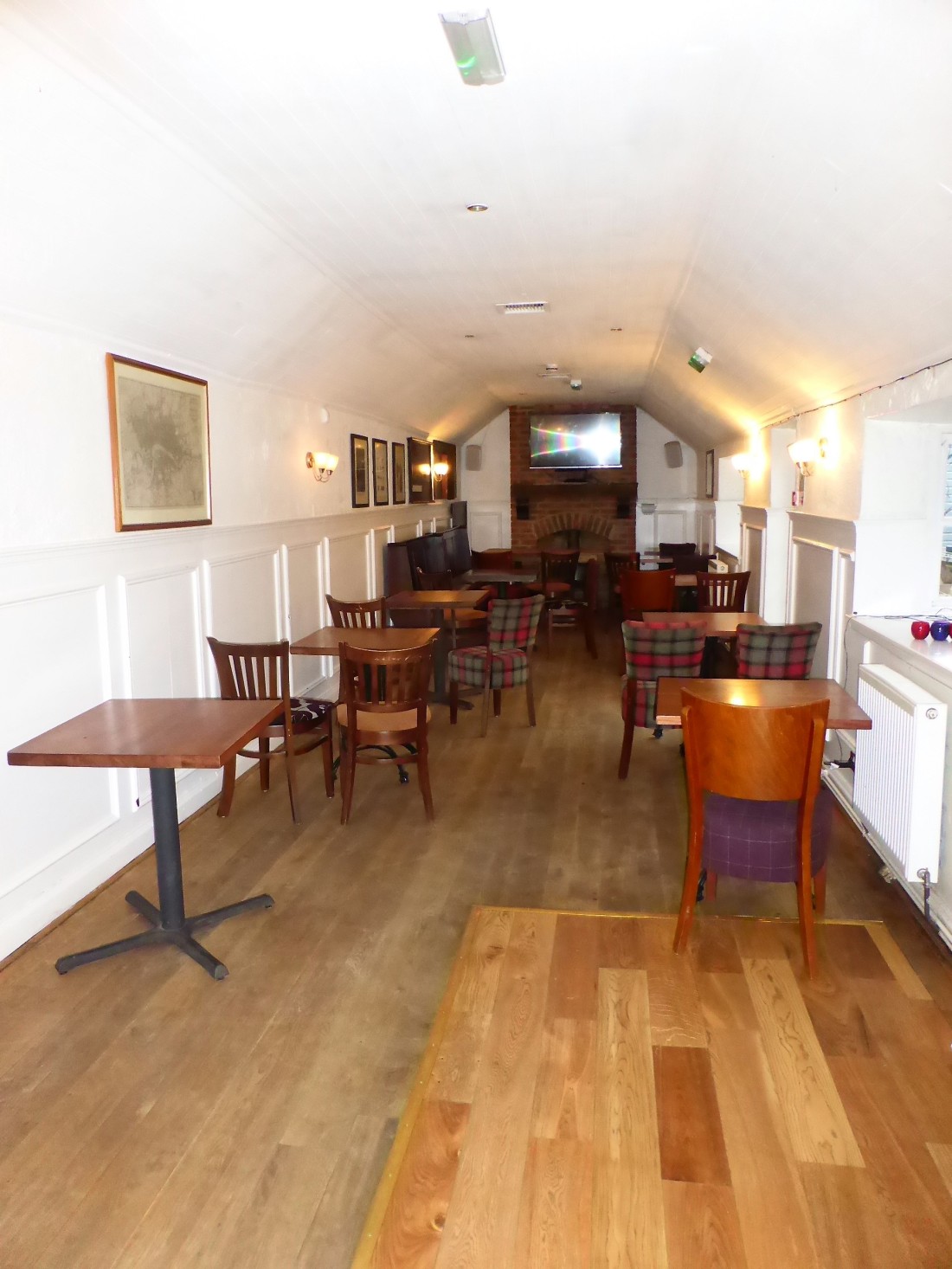
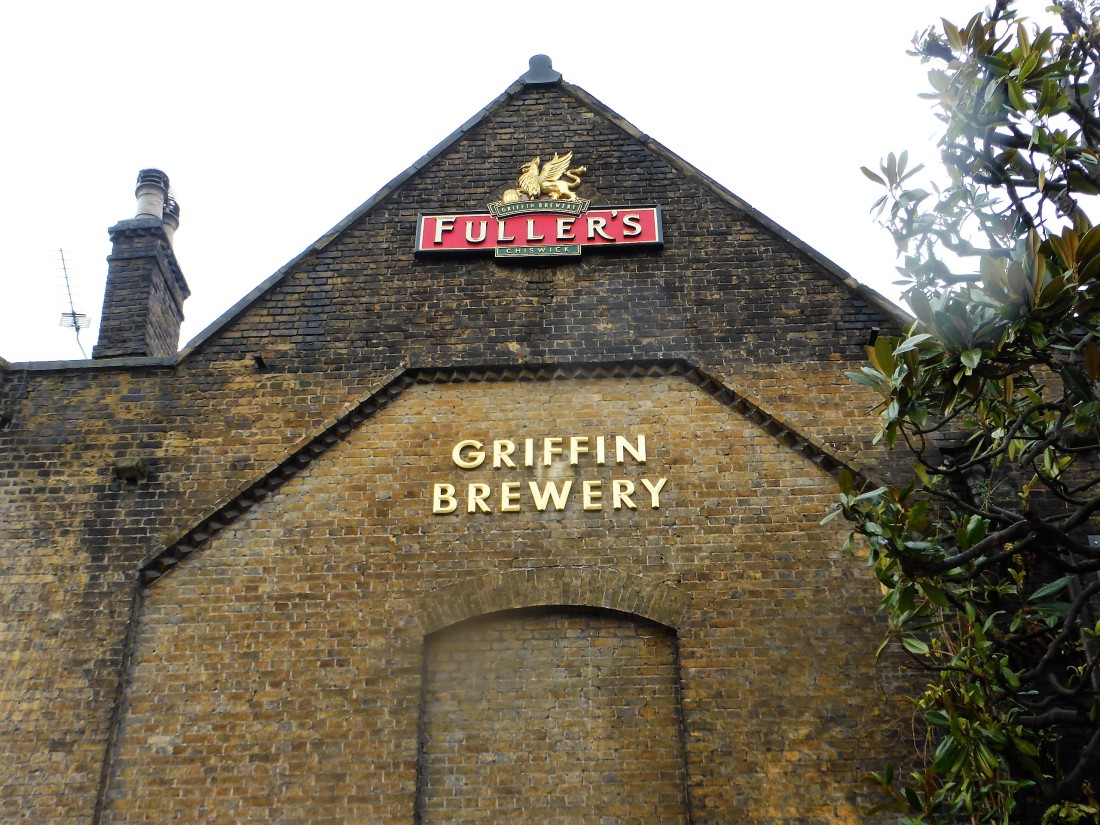
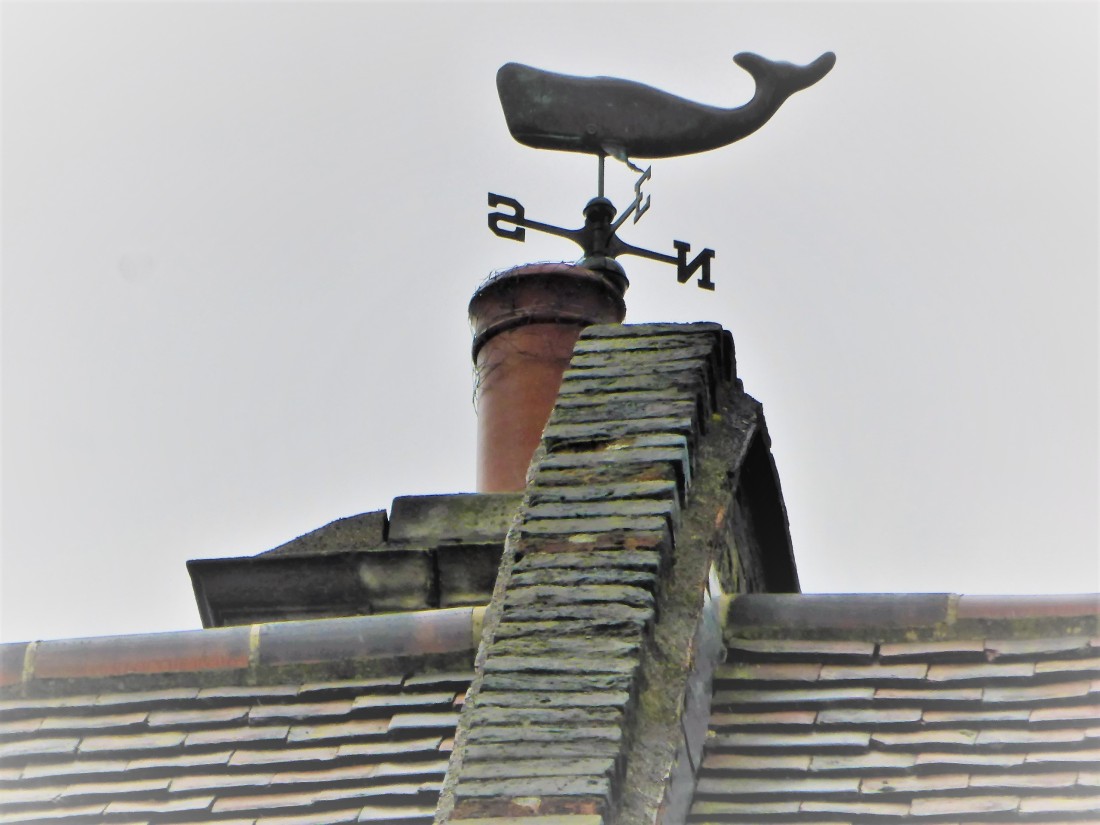

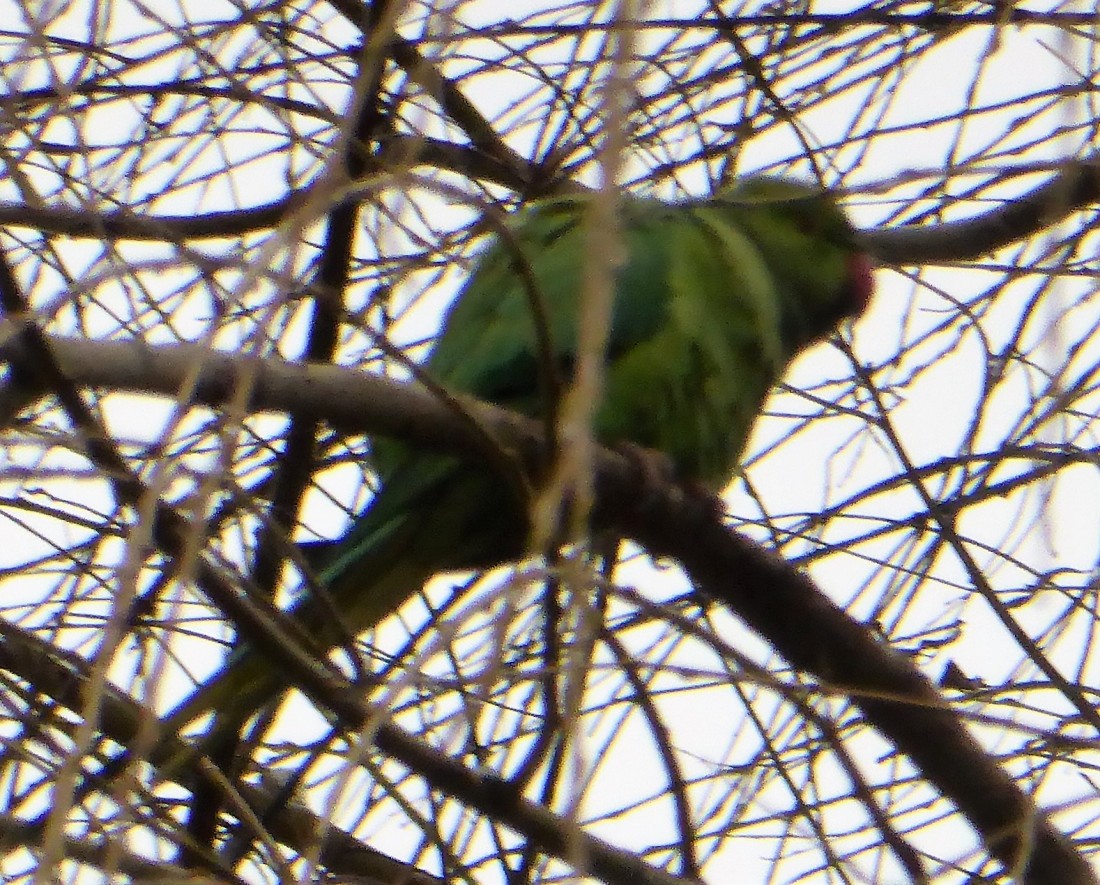
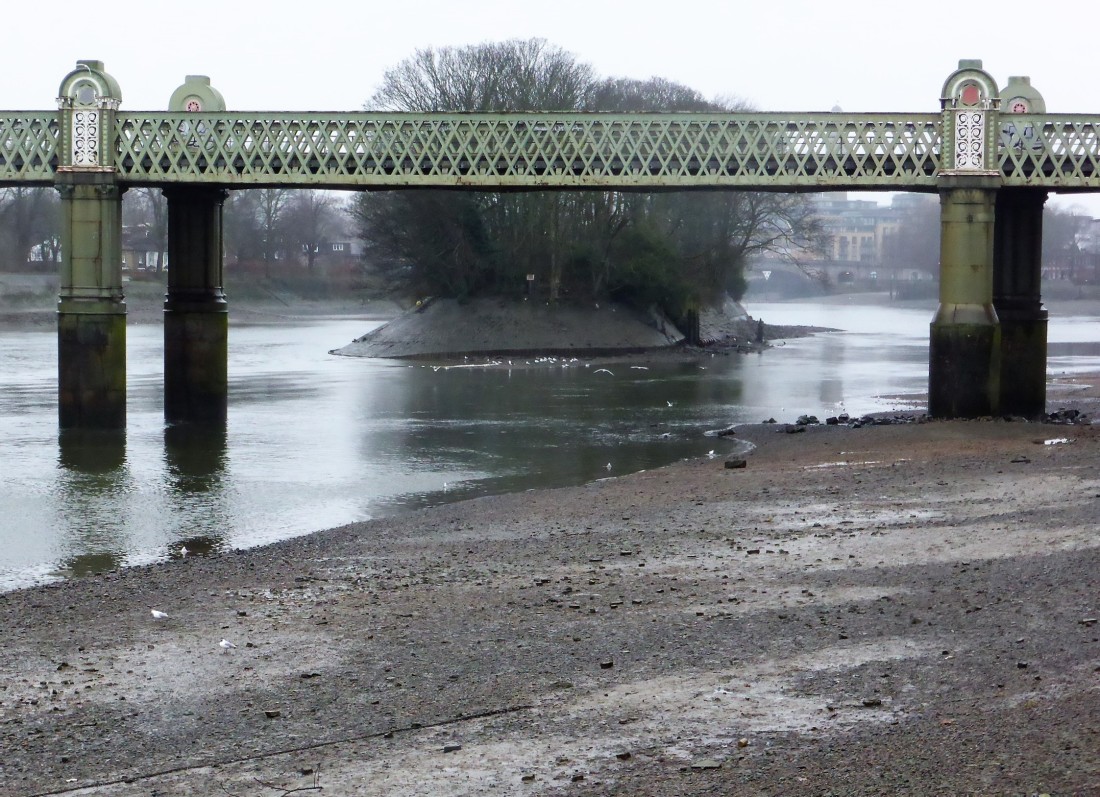
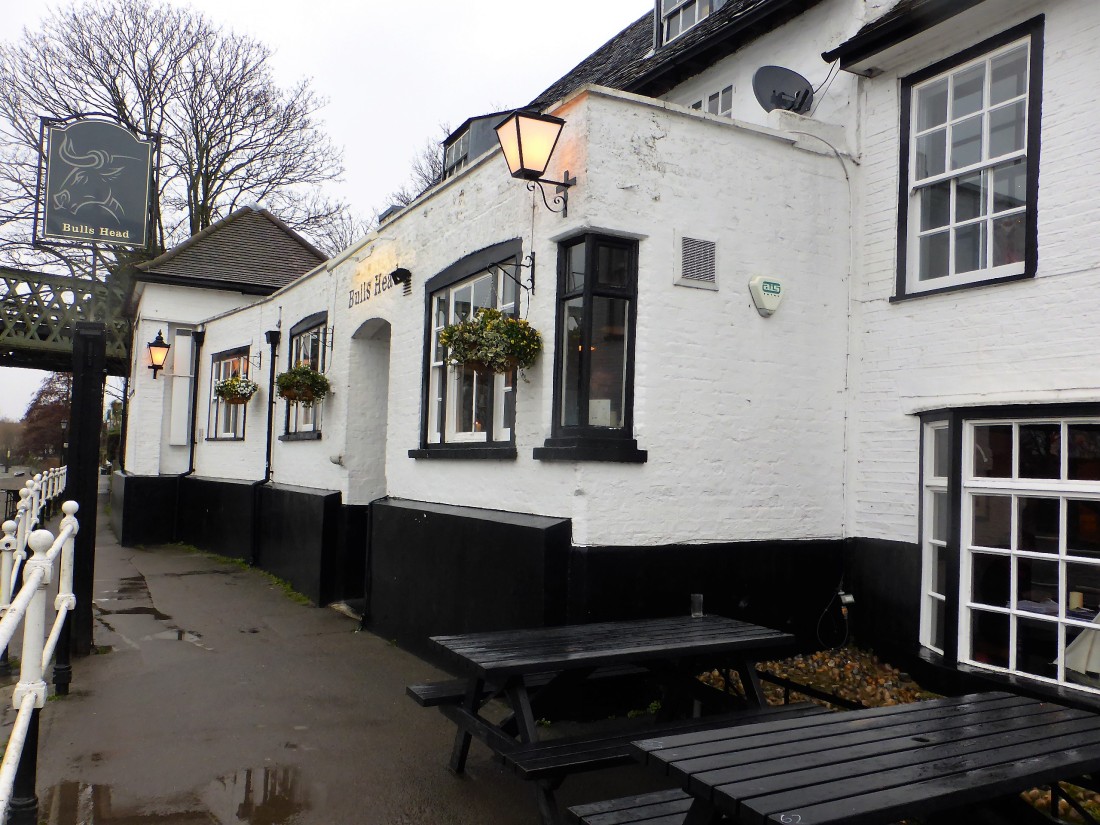
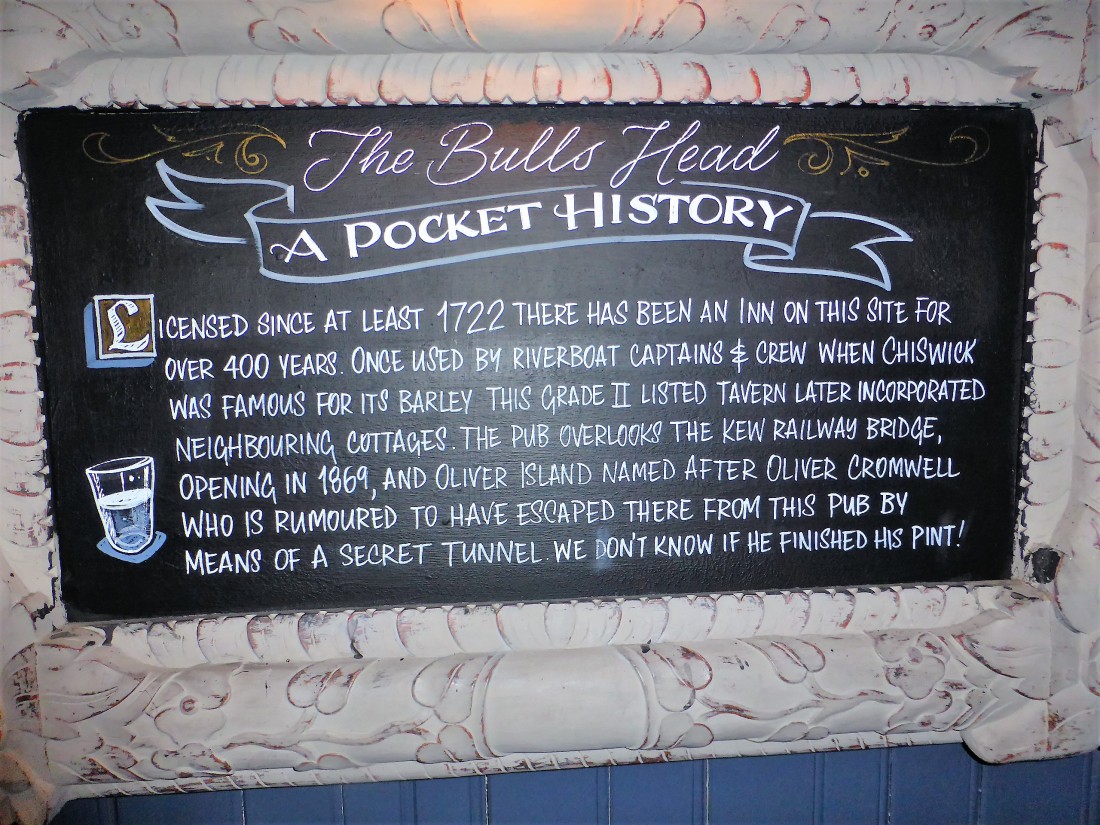
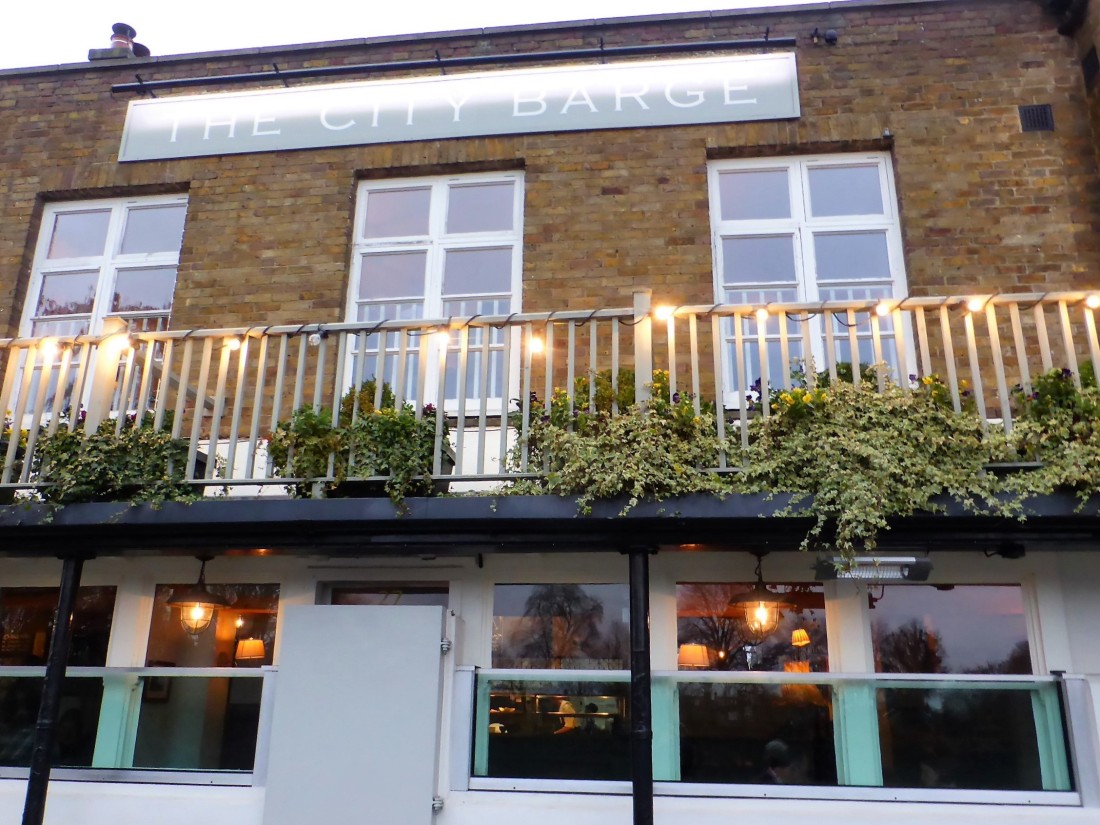
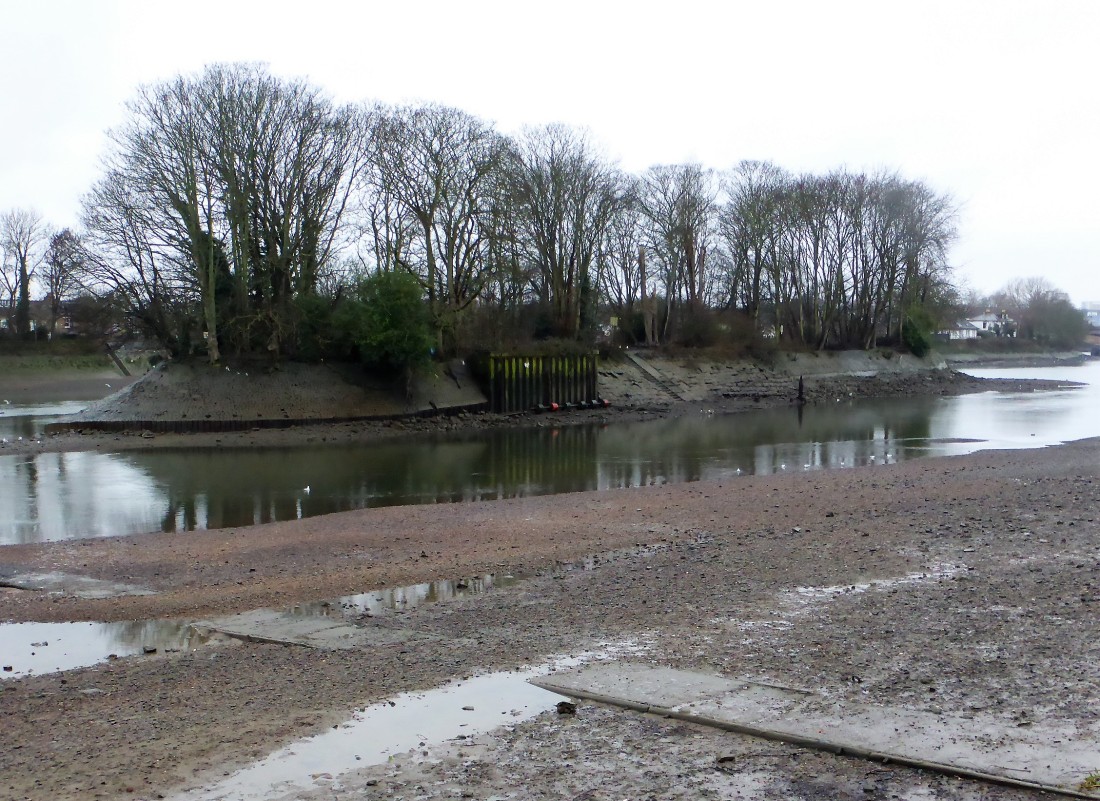
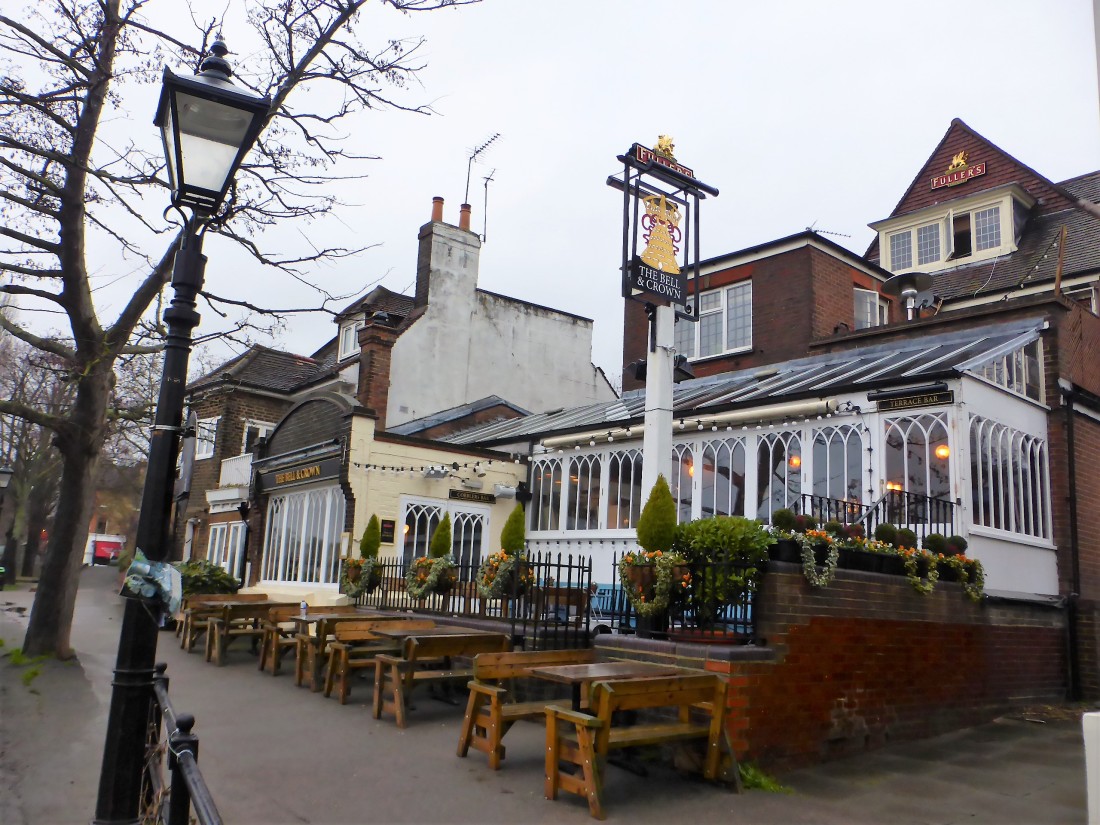
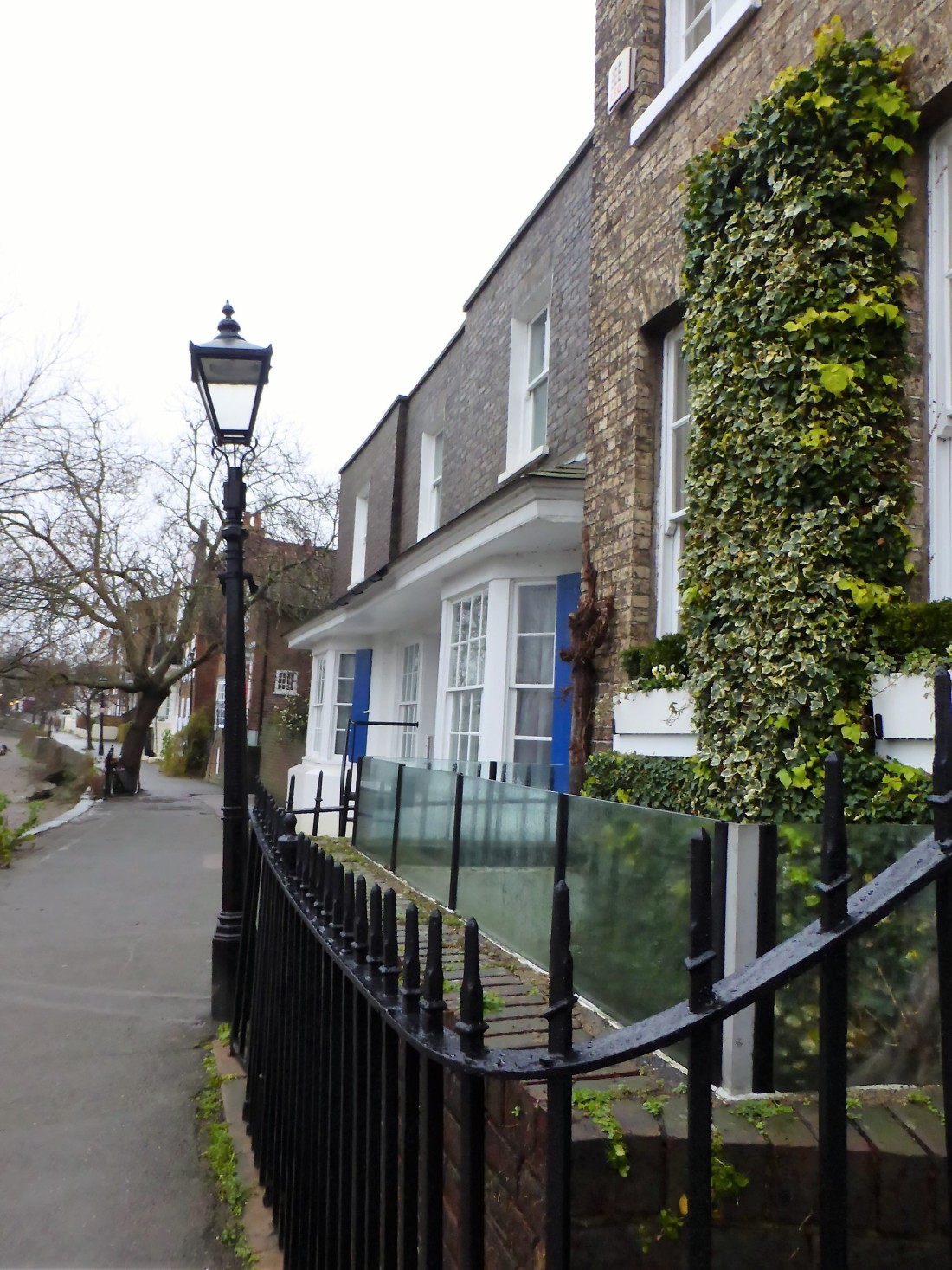
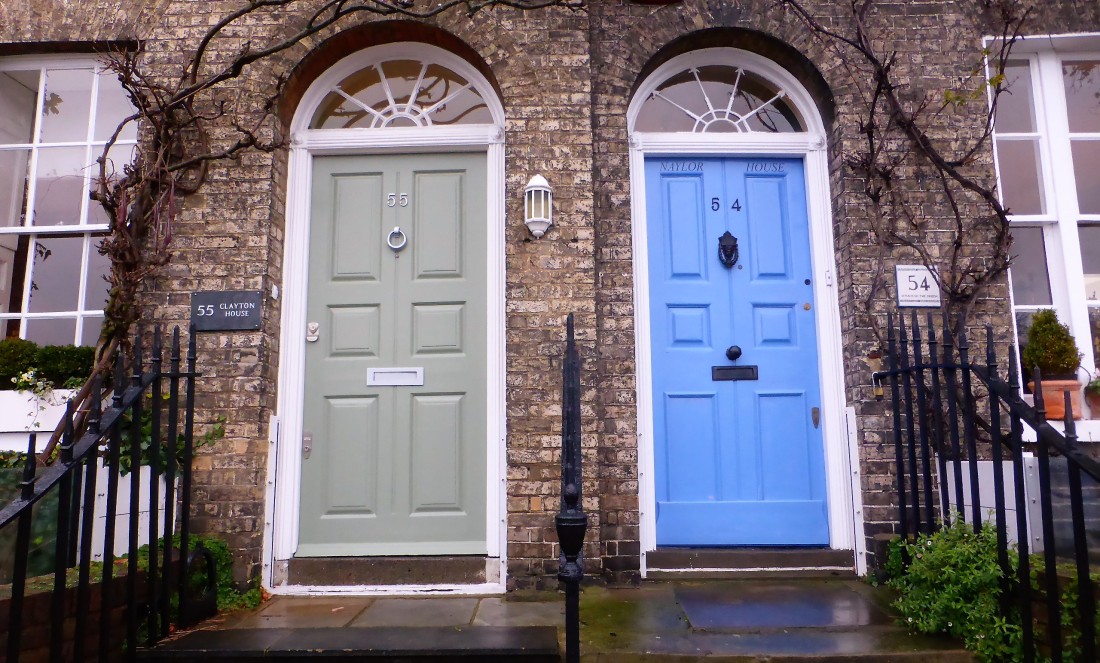
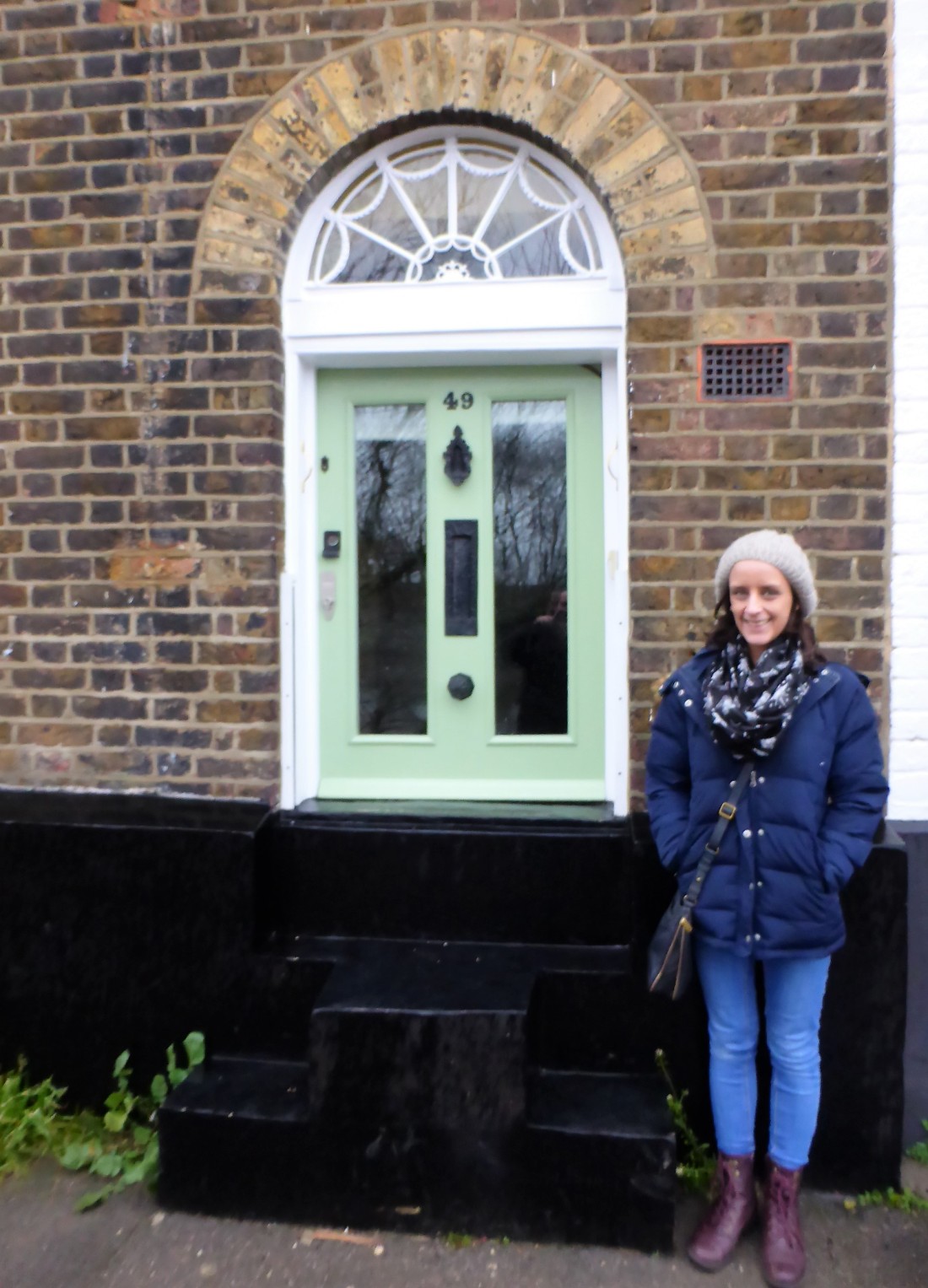
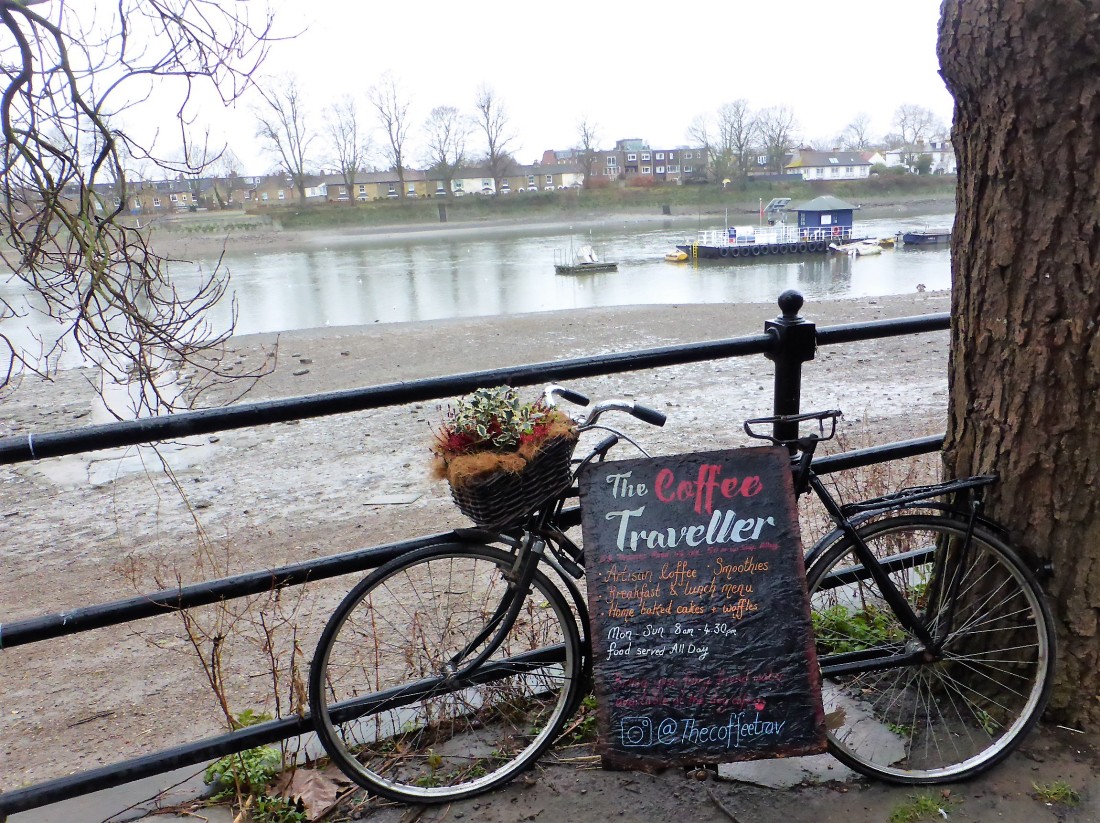
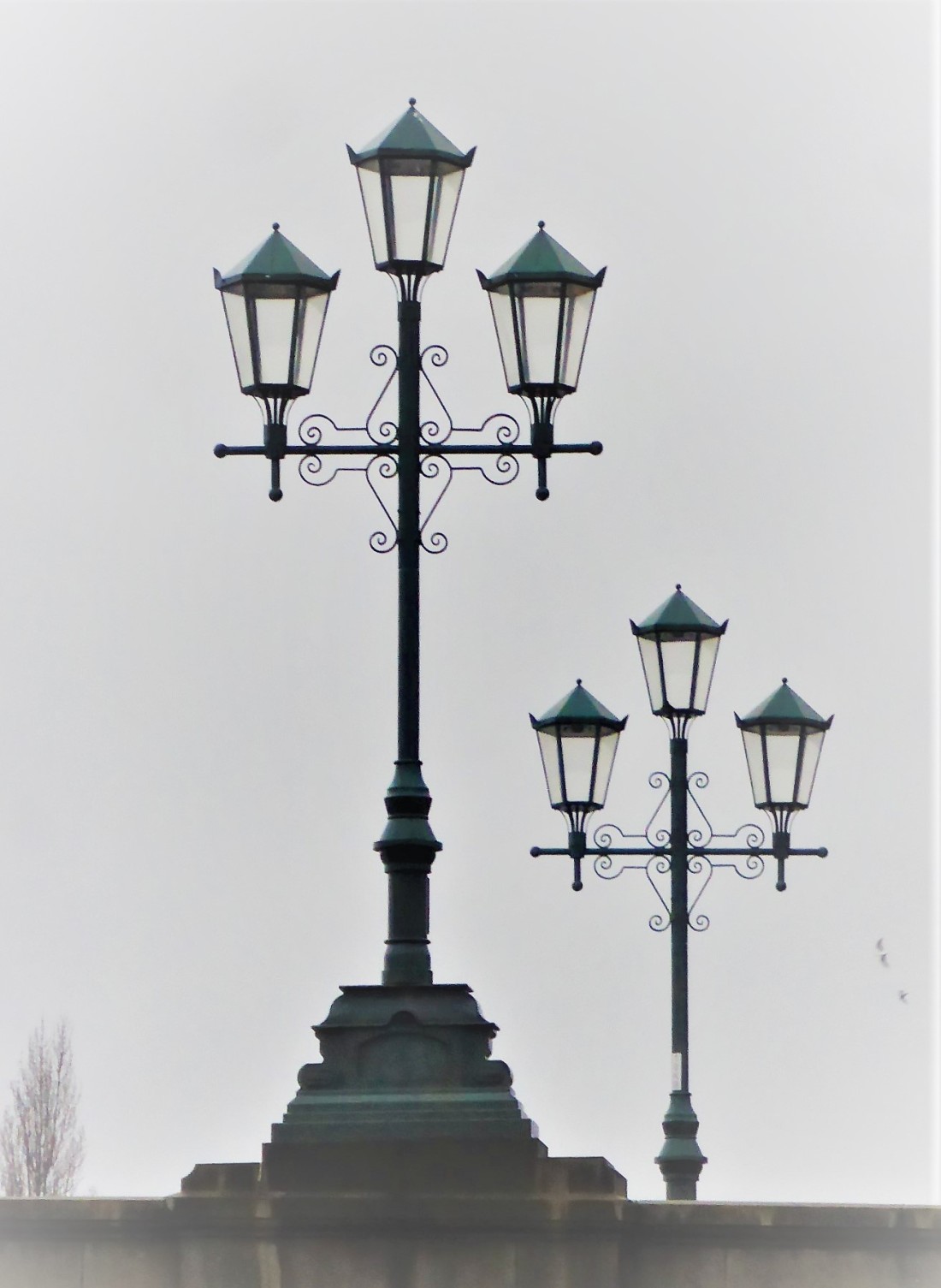
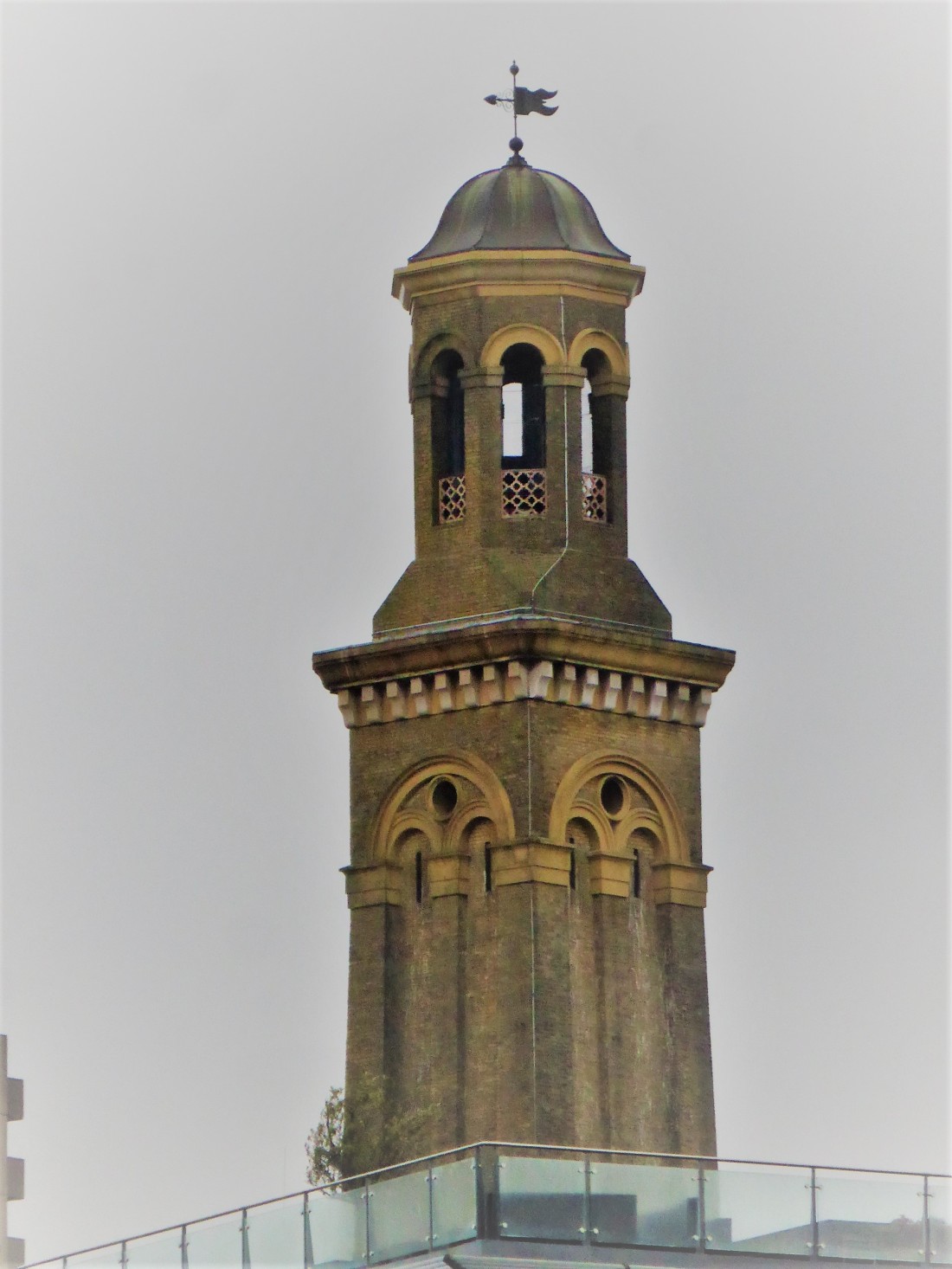
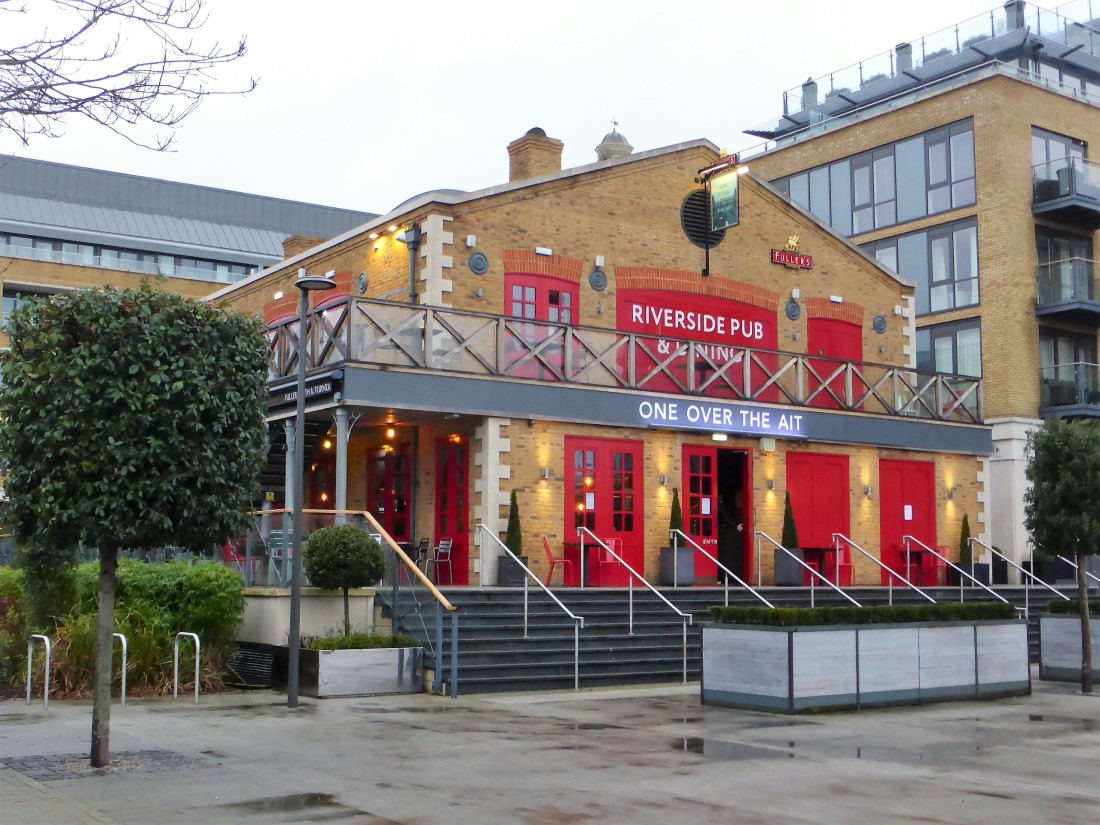
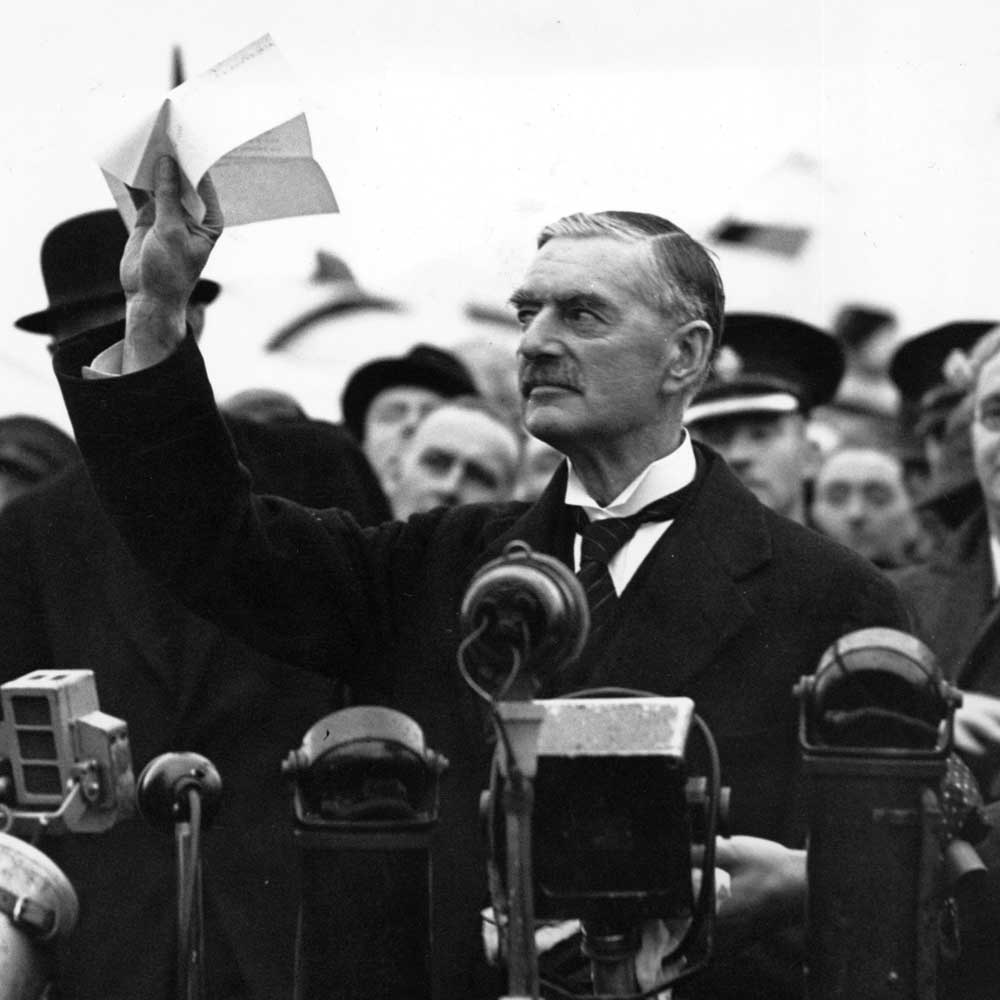
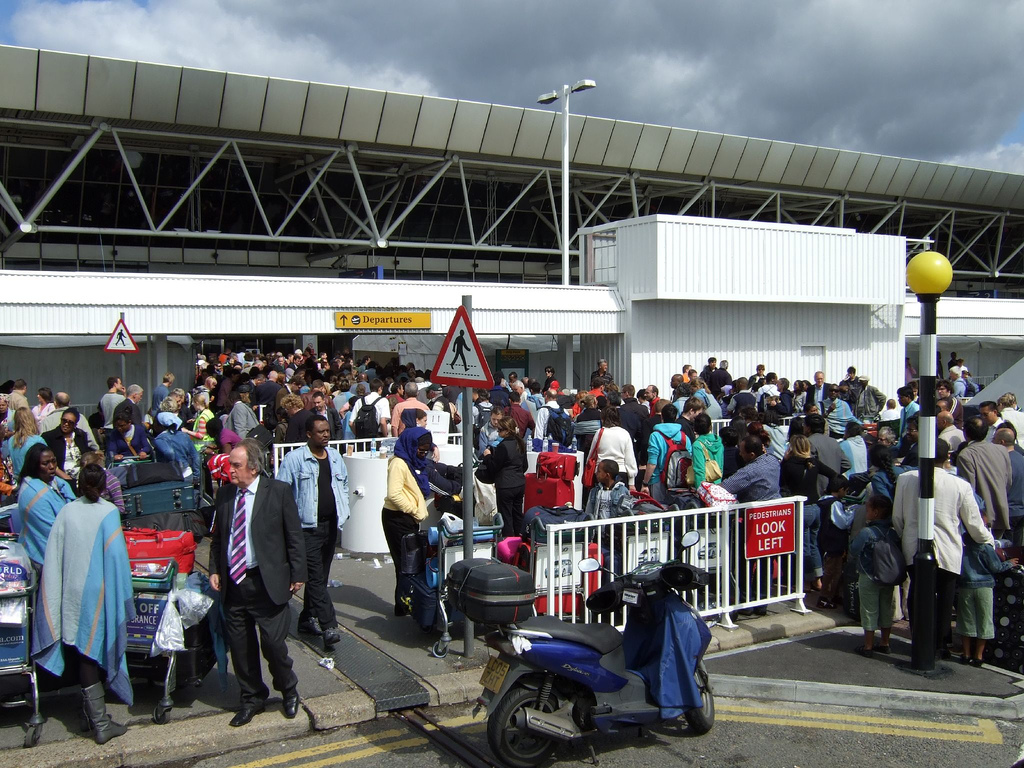
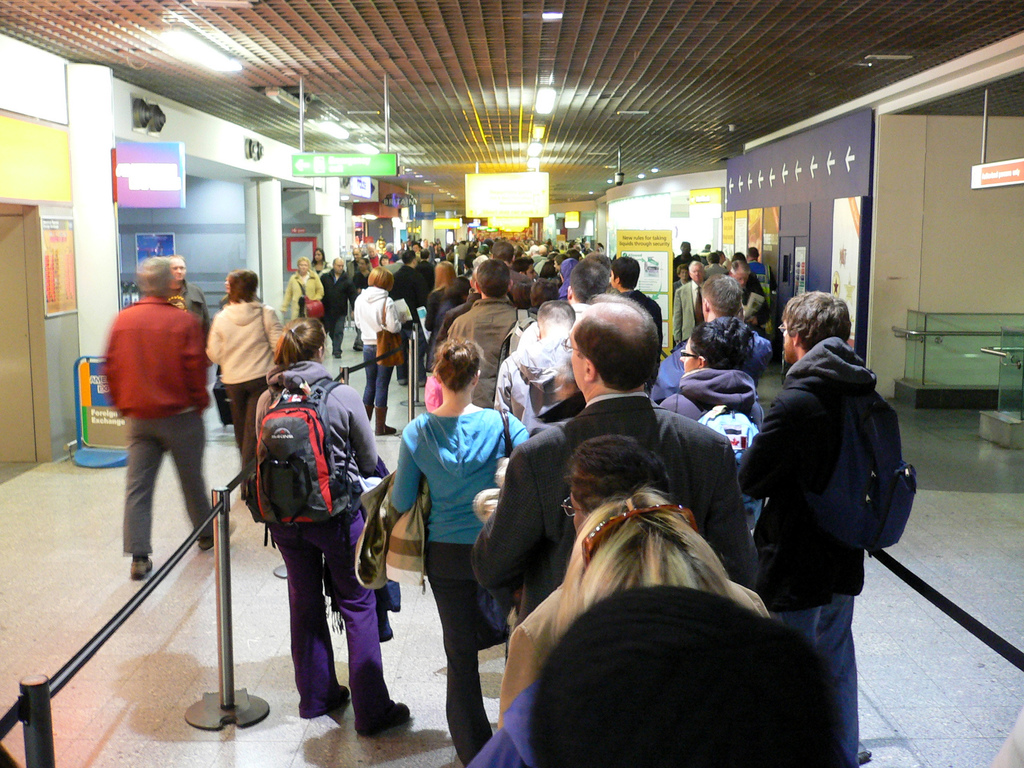
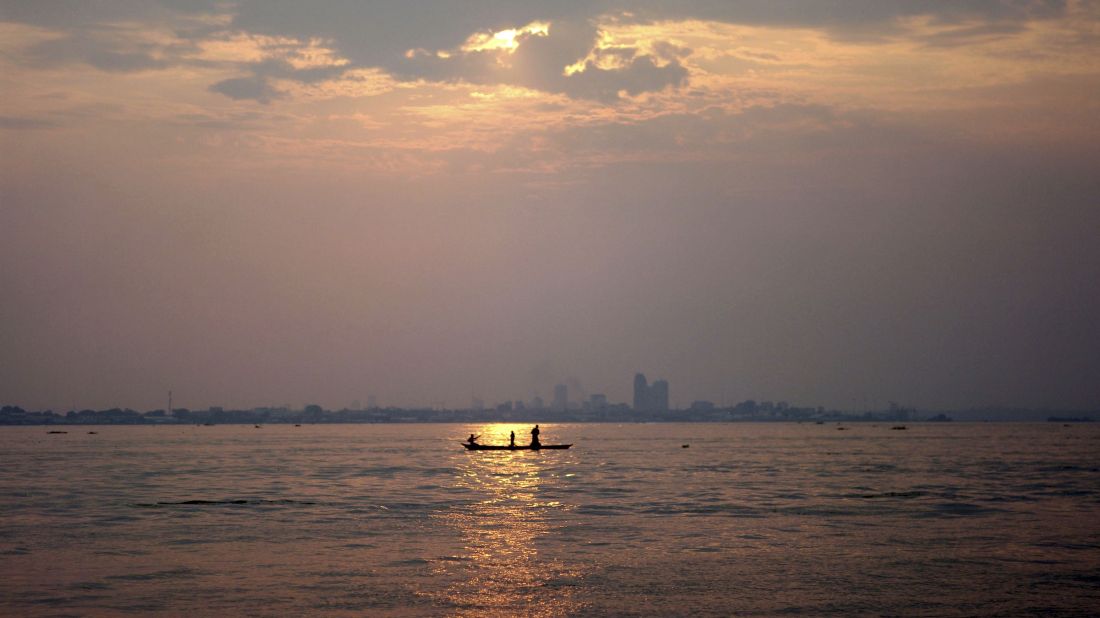

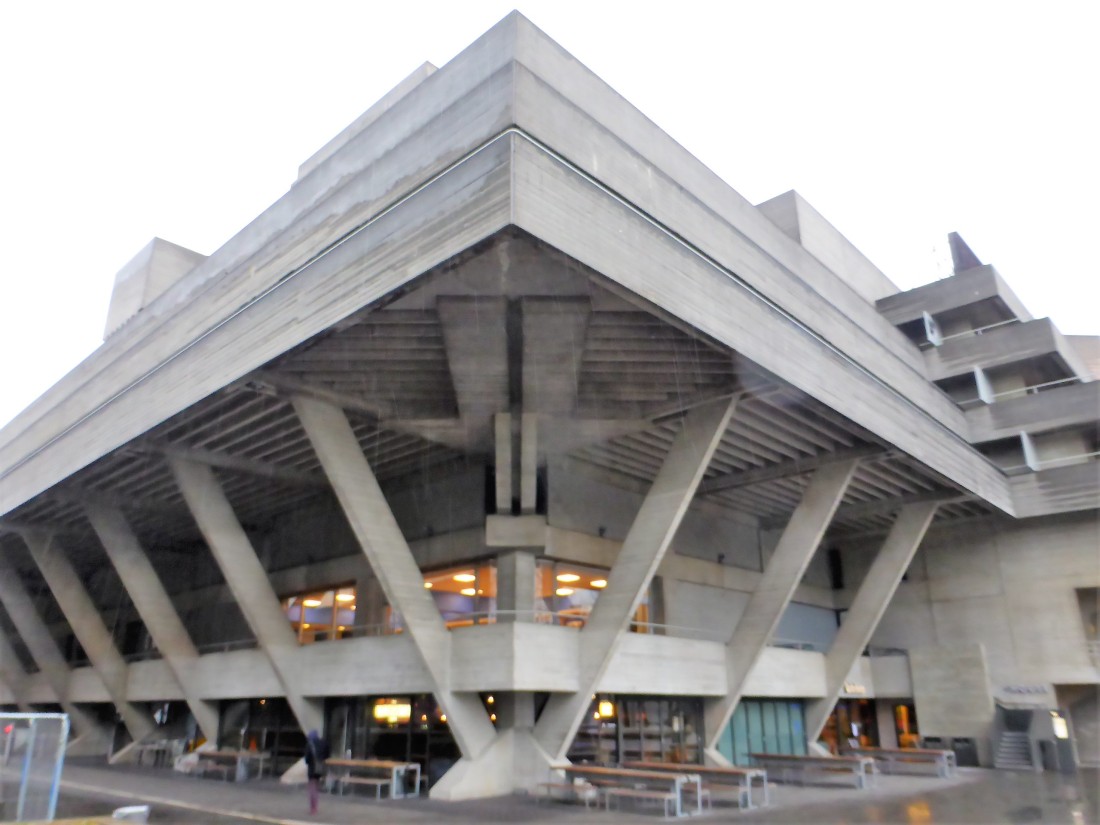





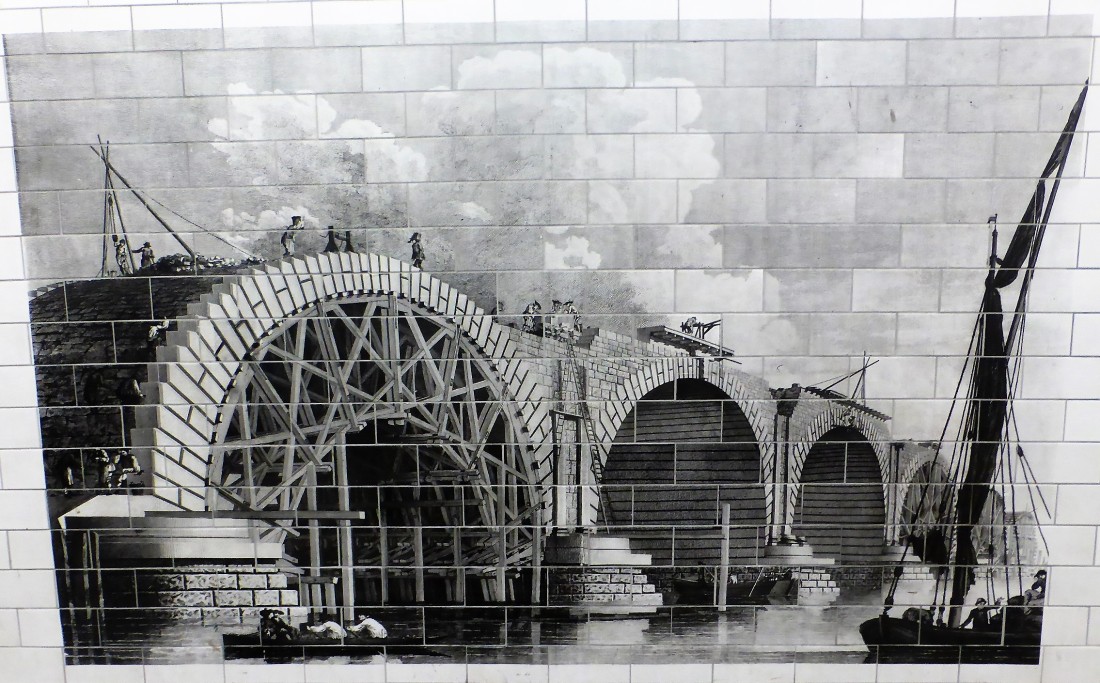



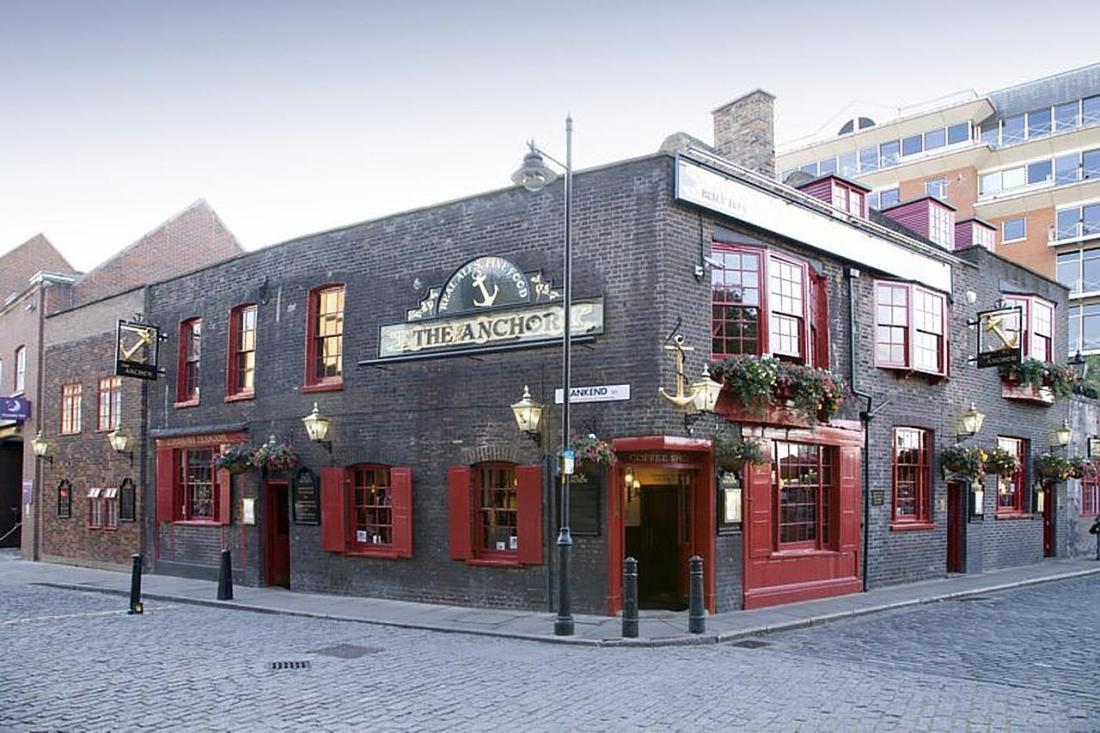



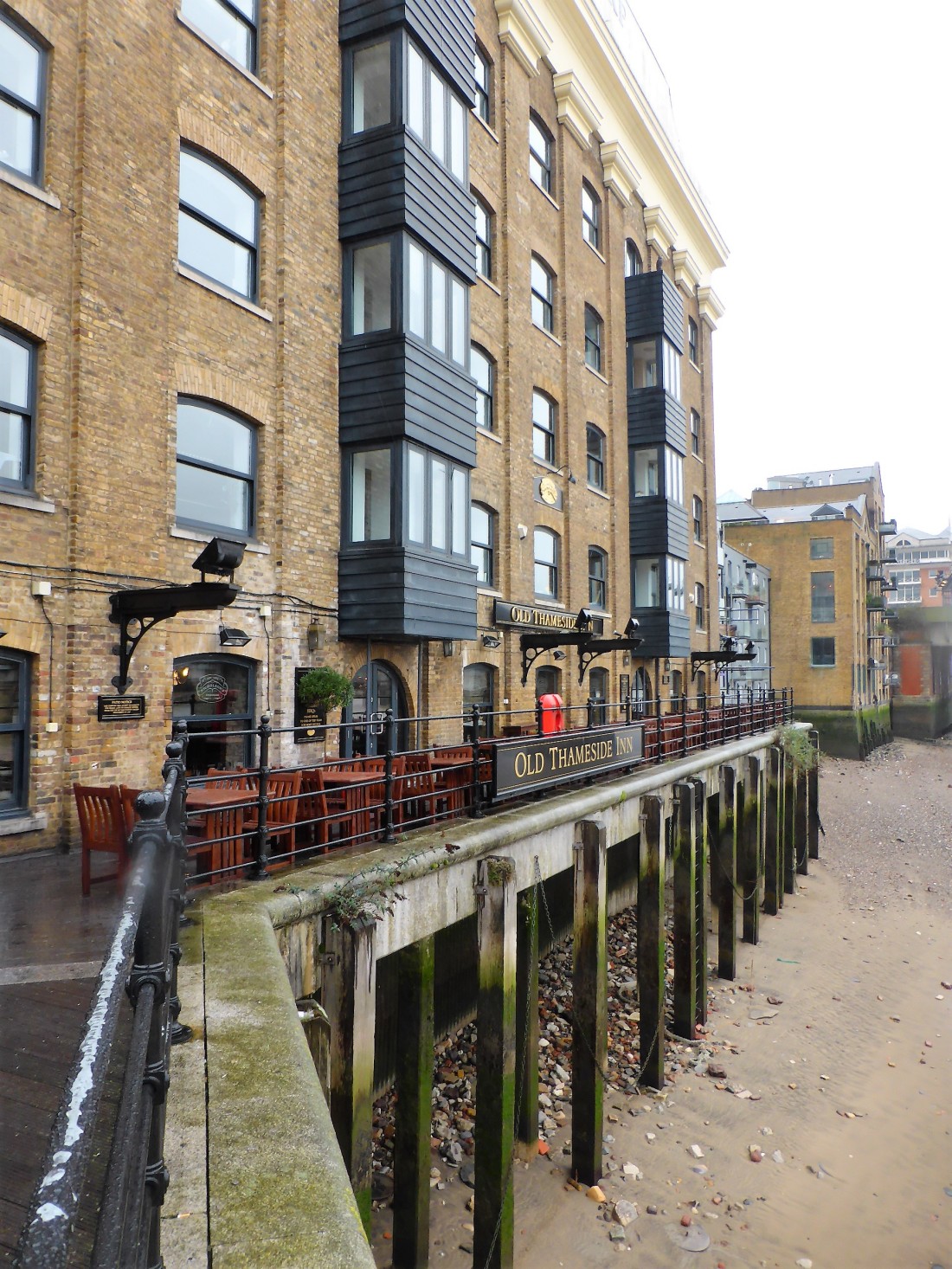

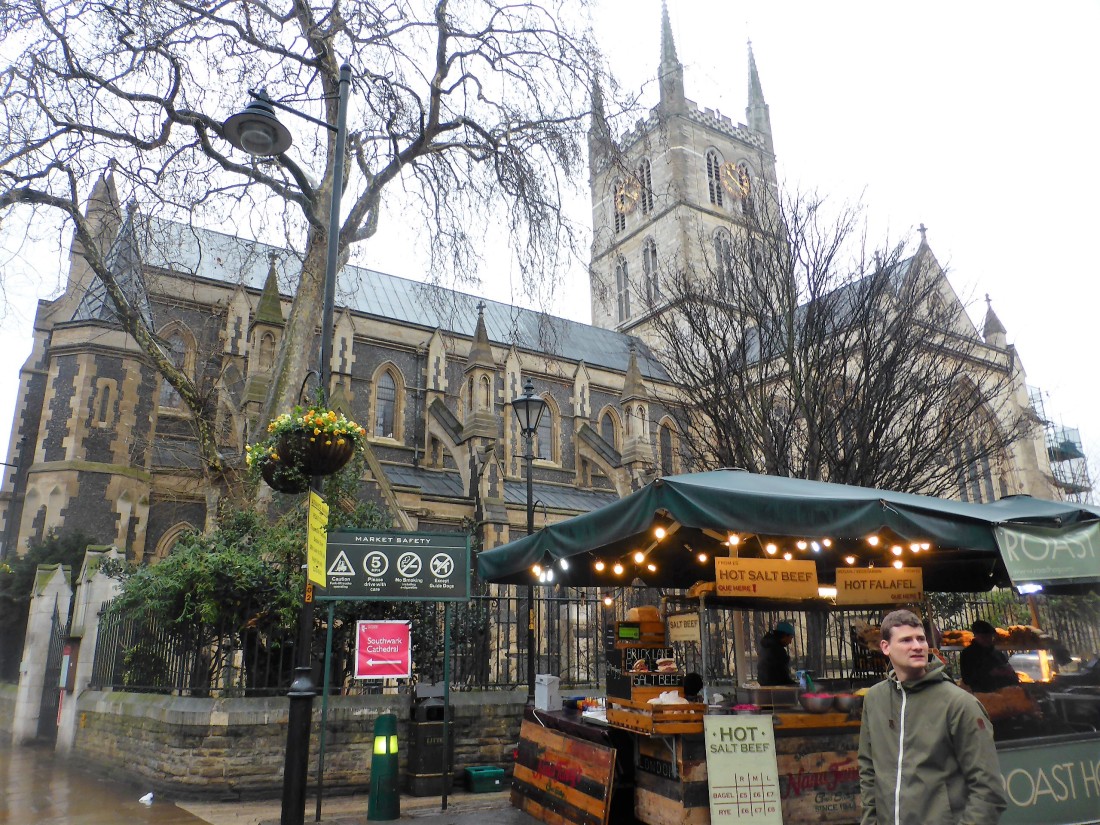


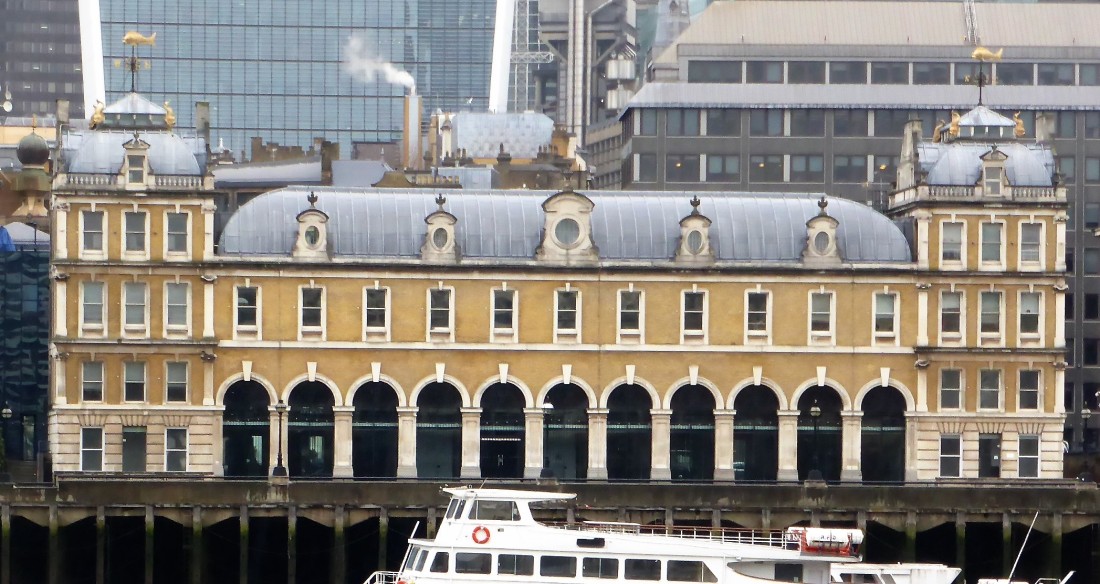



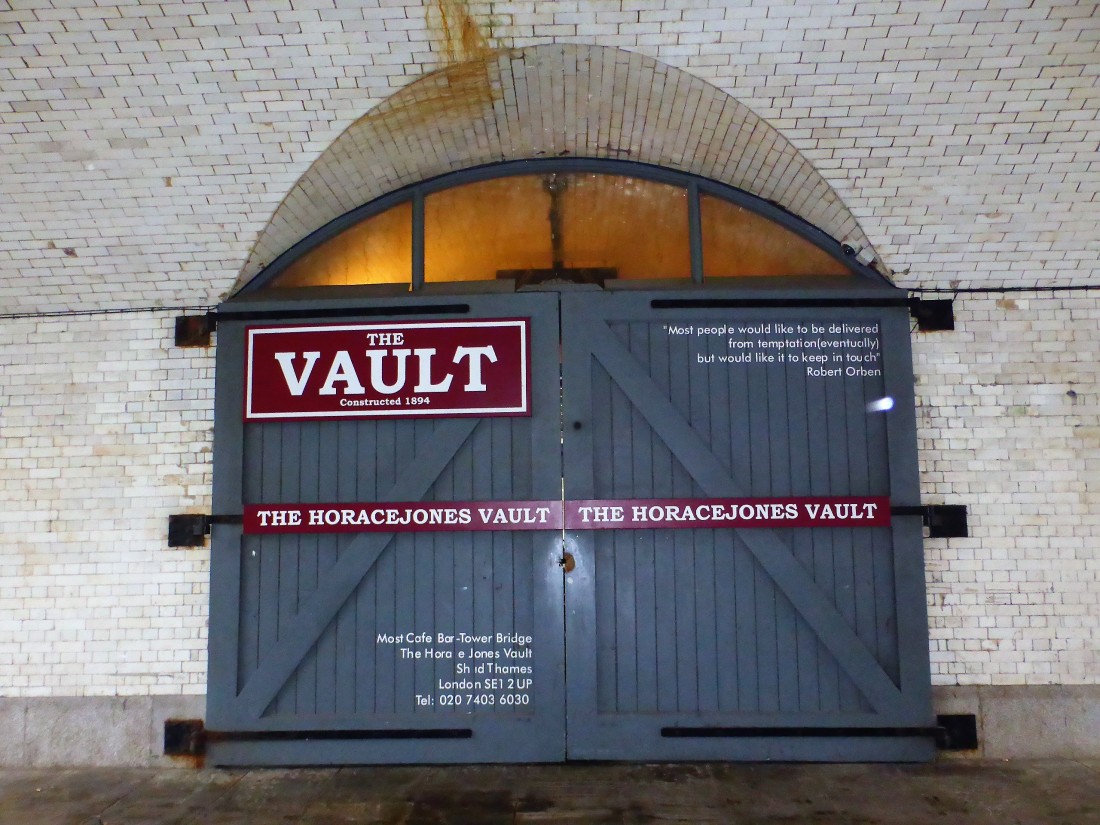


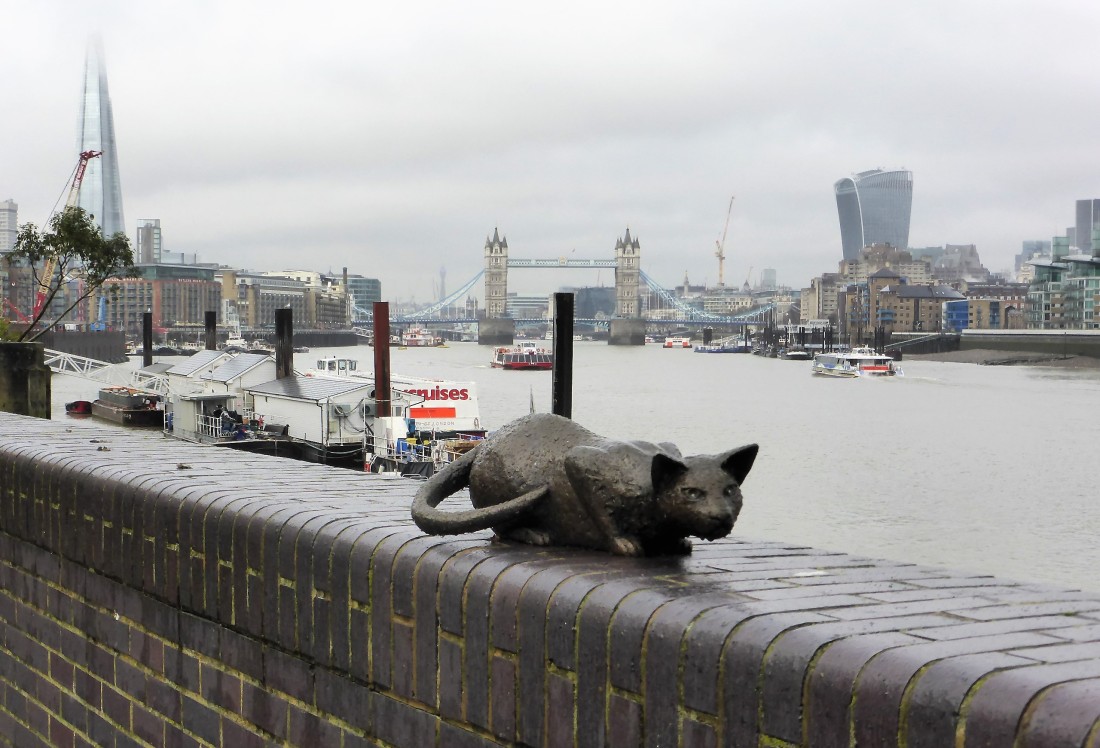
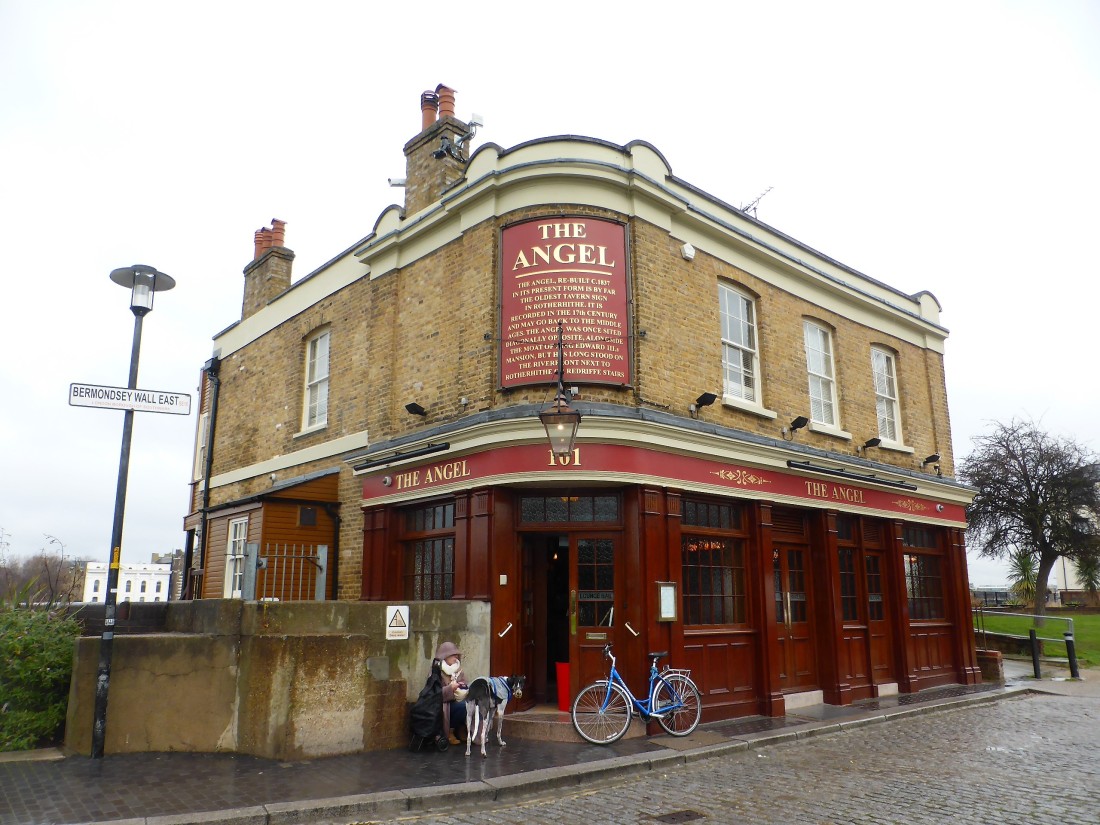





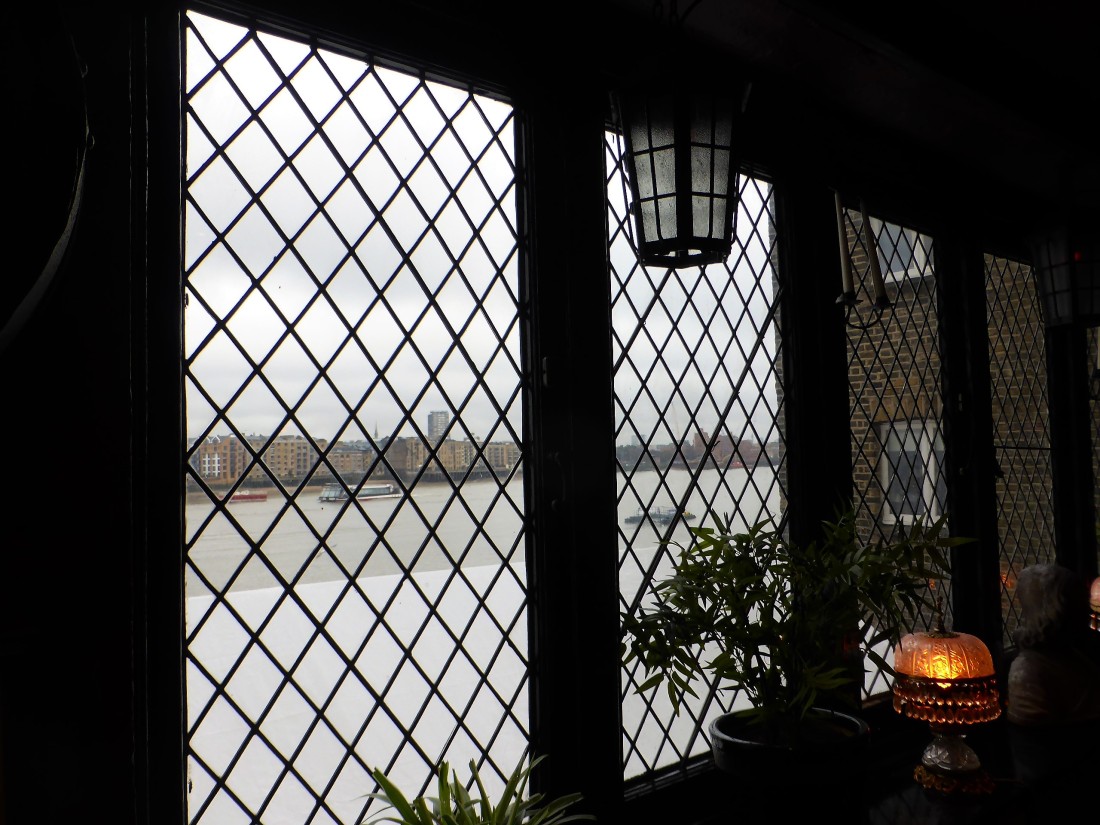
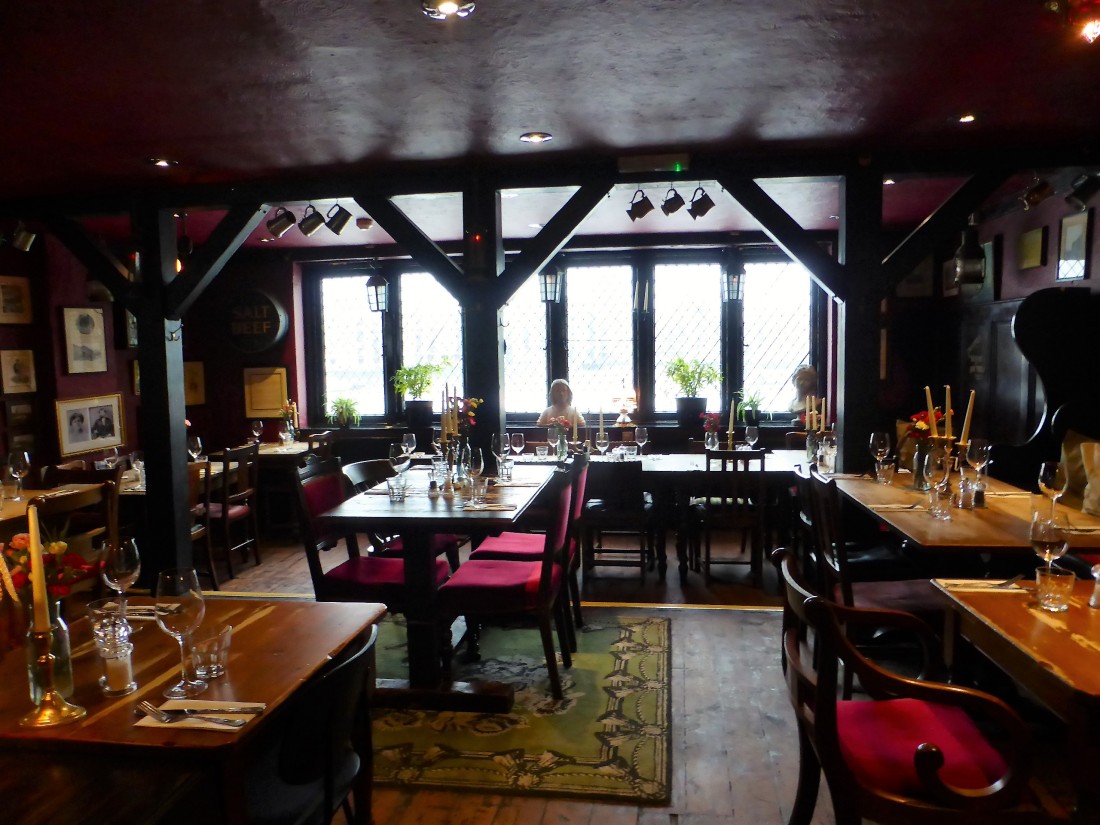



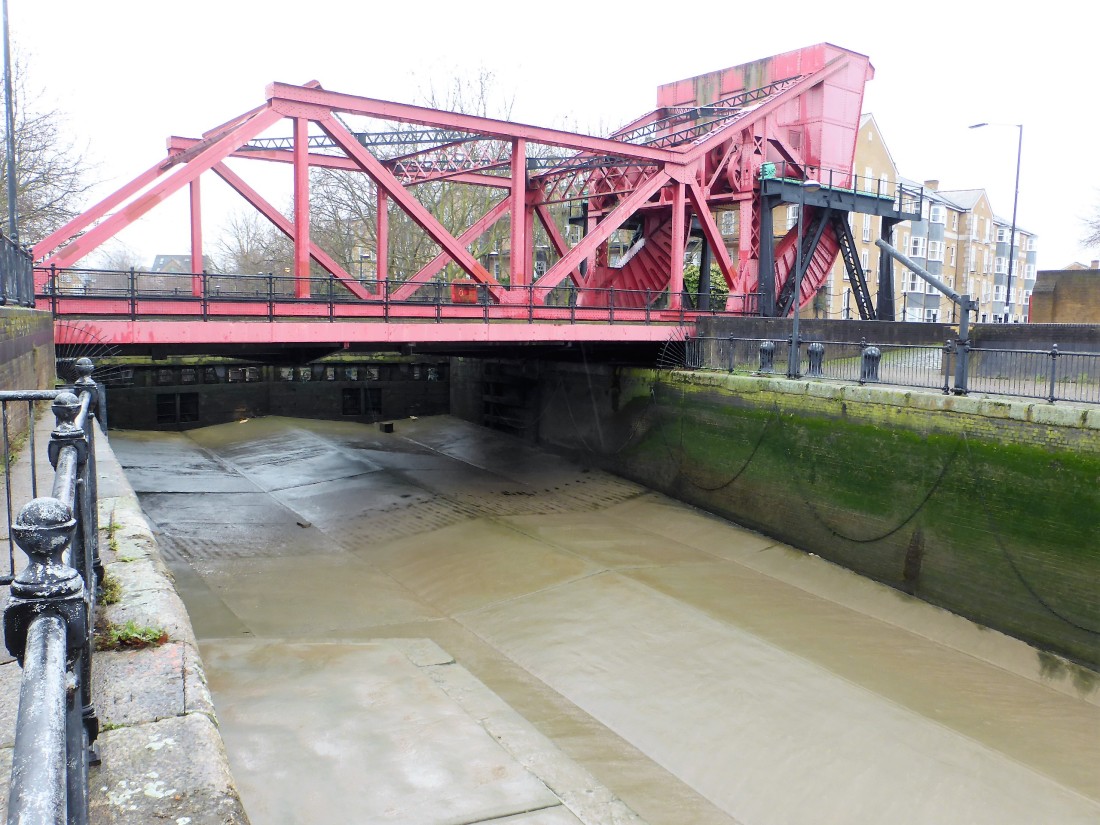
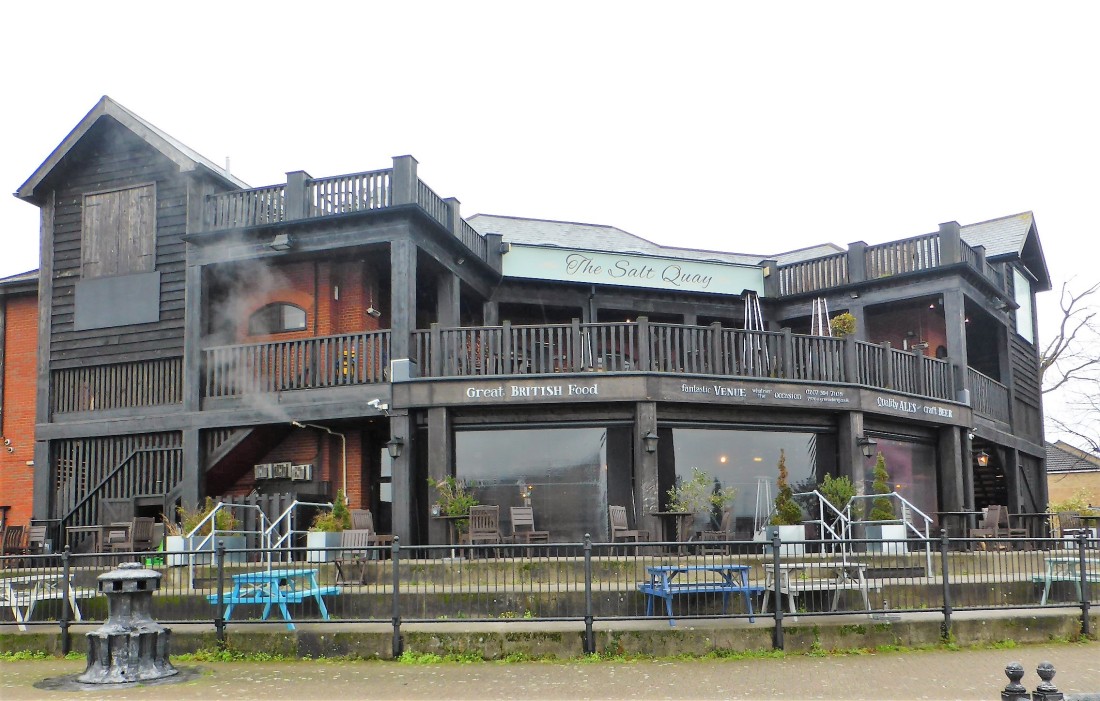
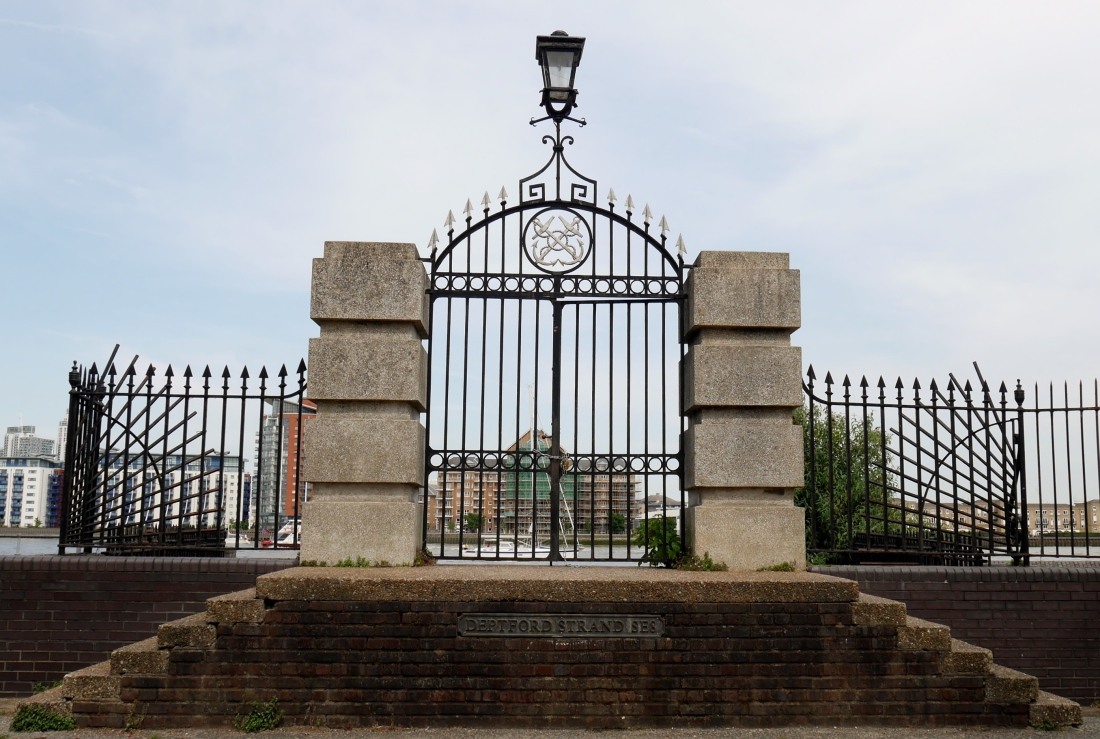
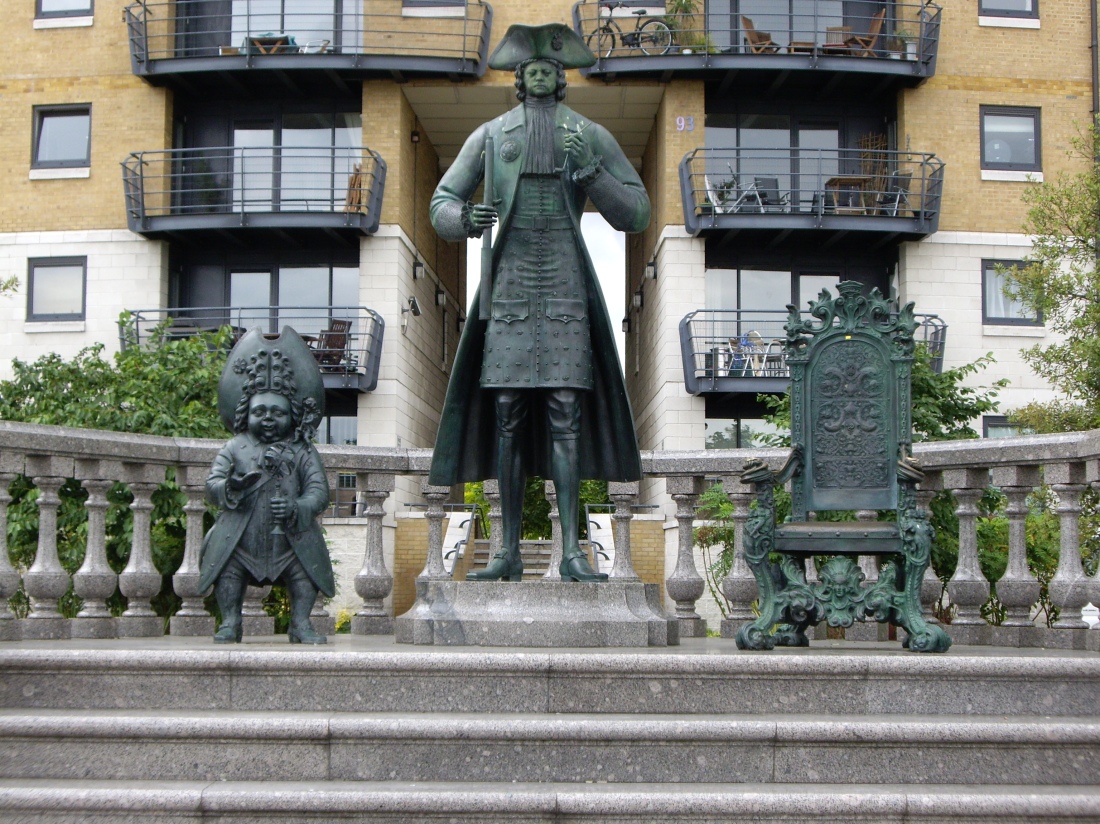




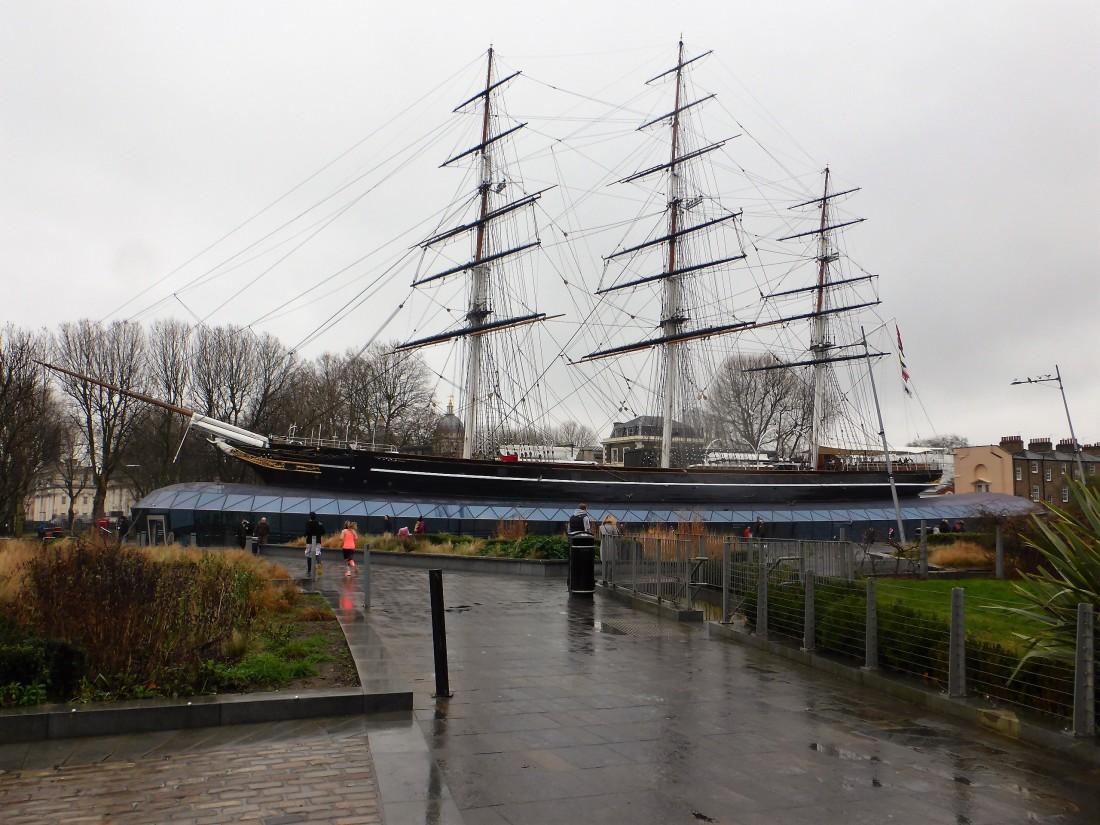


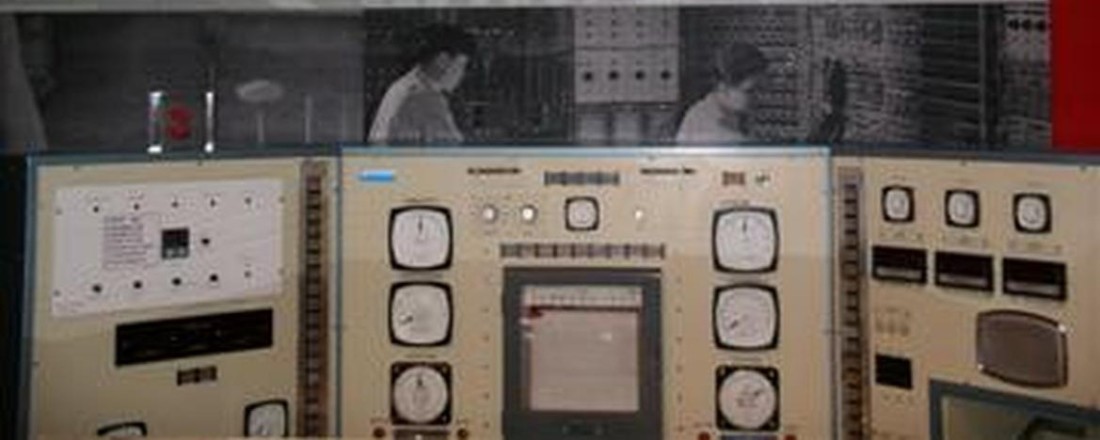

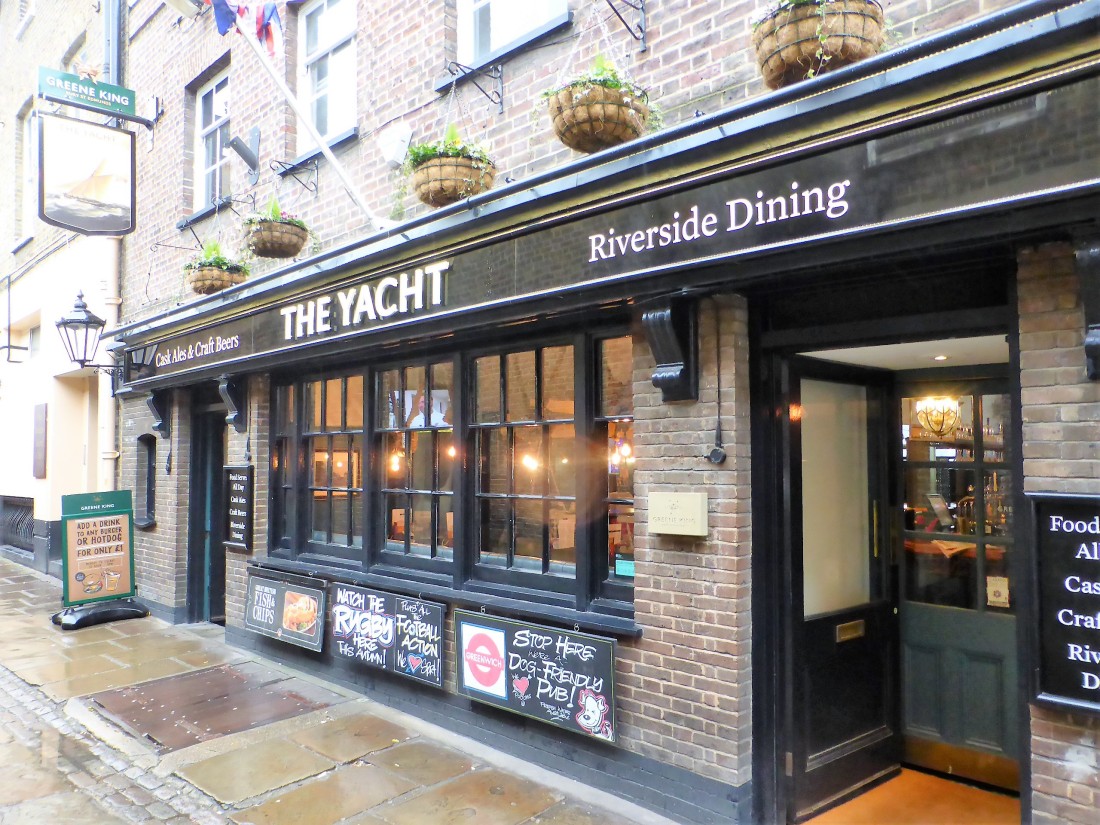

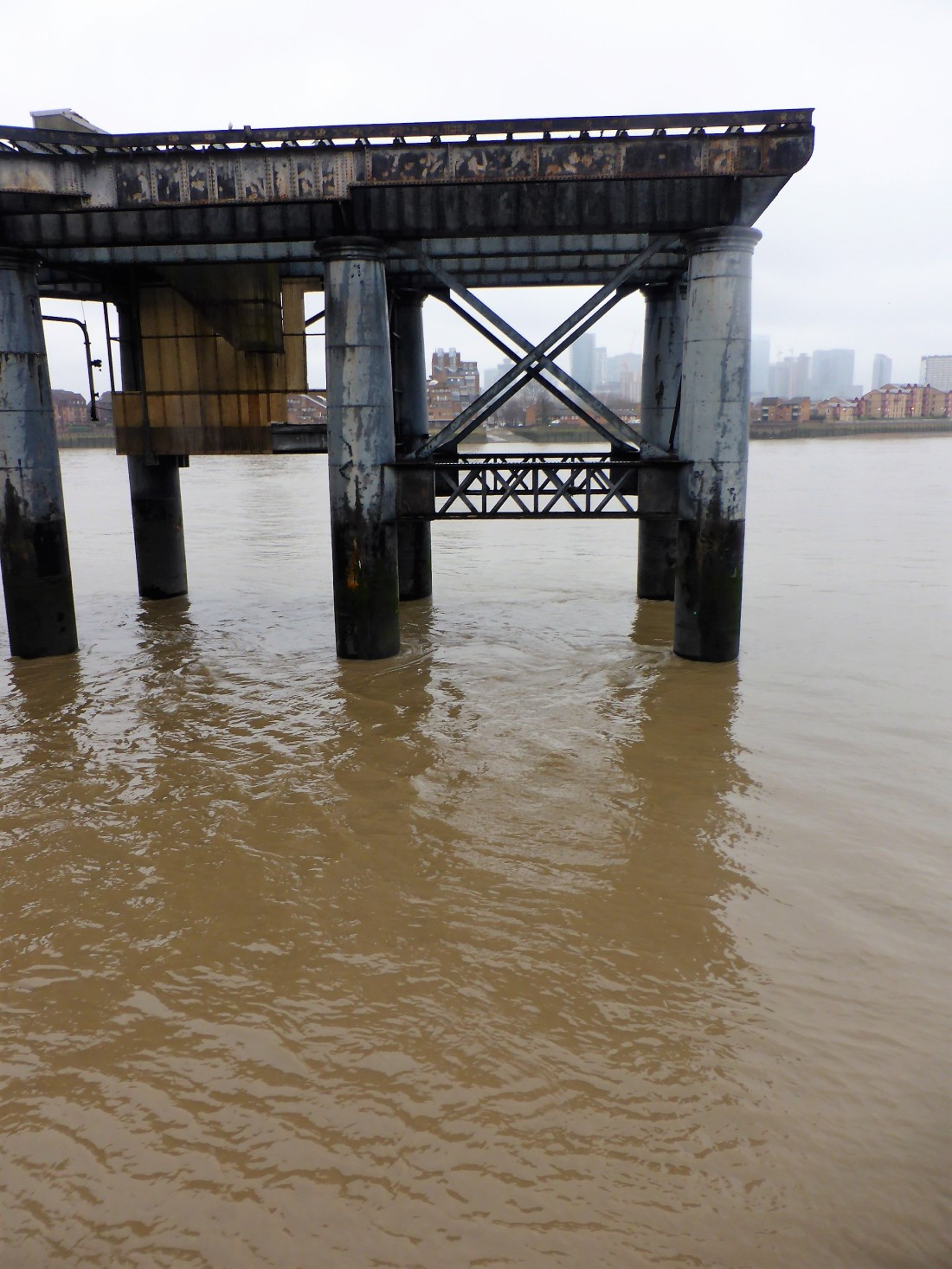
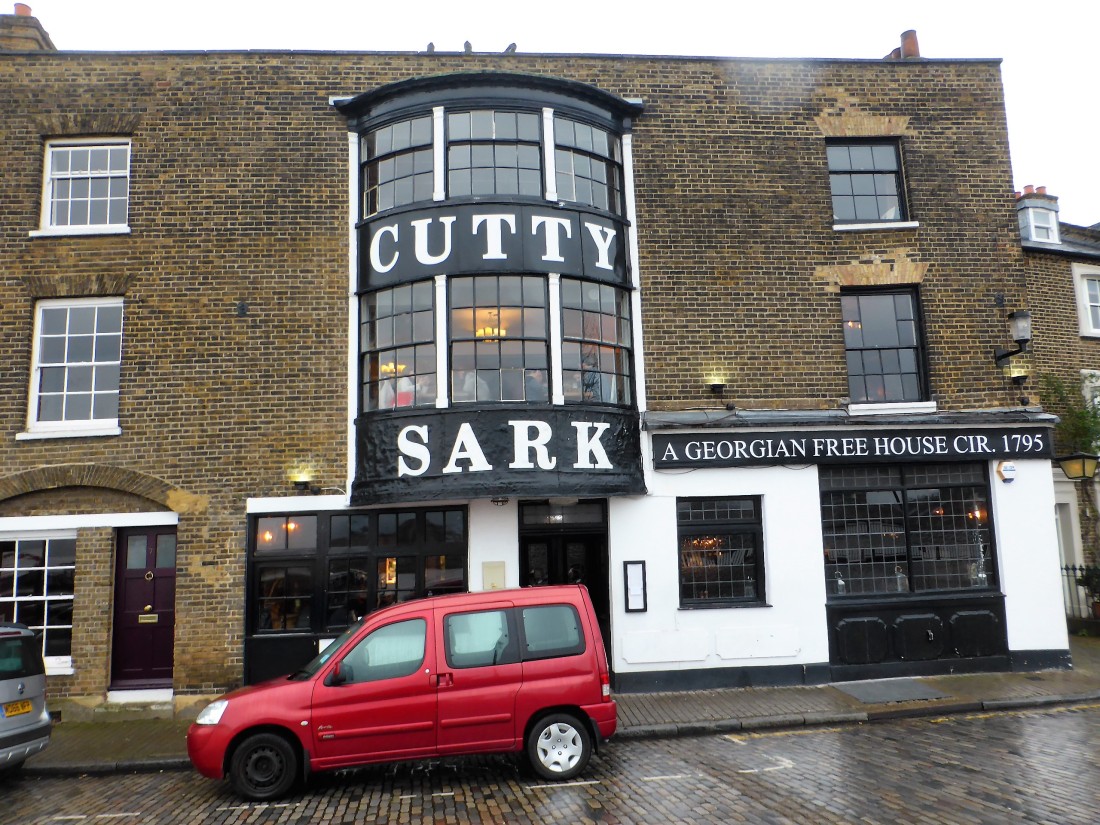


 Do stop to admire the Pillars of the Empire, a sculpture on an old pier over the Thames. To see the sculptures it is necessary to walk through the piers when the Thames is at low tide.
Do stop to admire the Pillars of the Empire, a sculpture on an old pier over the Thames. To see the sculptures it is necessary to walk through the piers when the Thames is at low tide.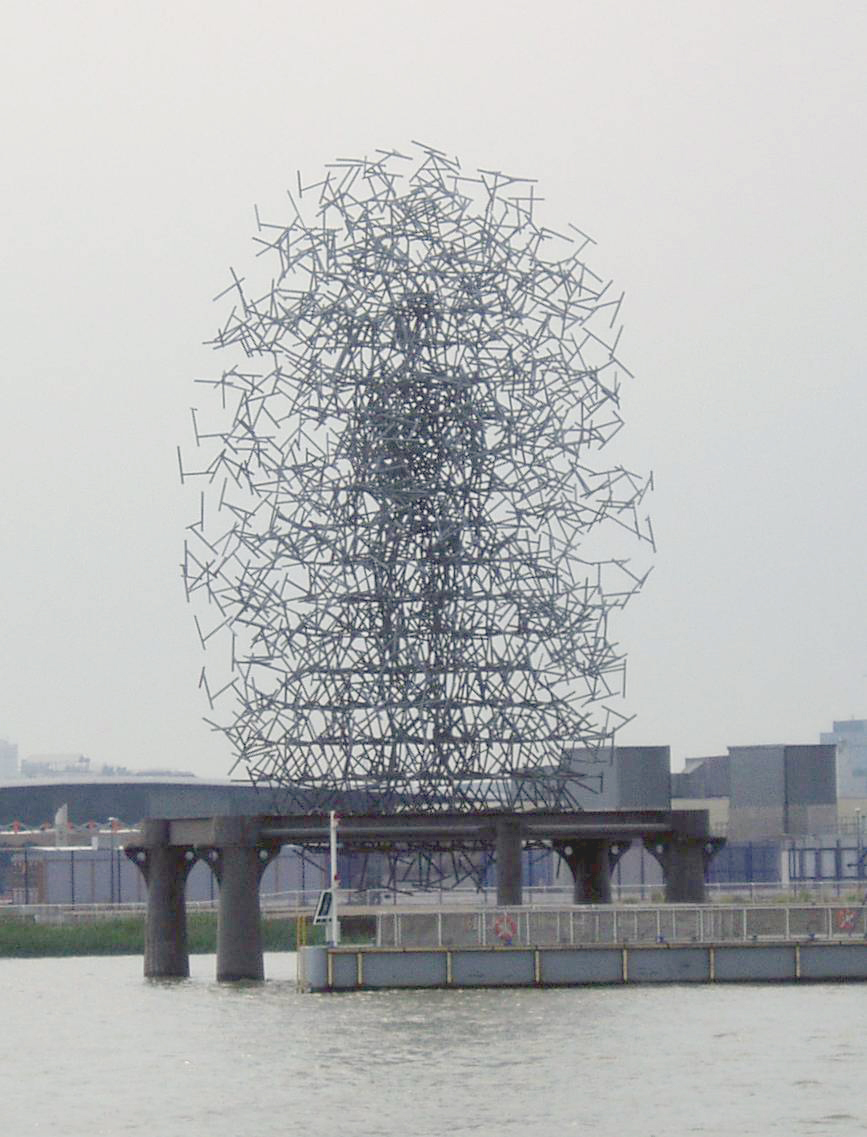
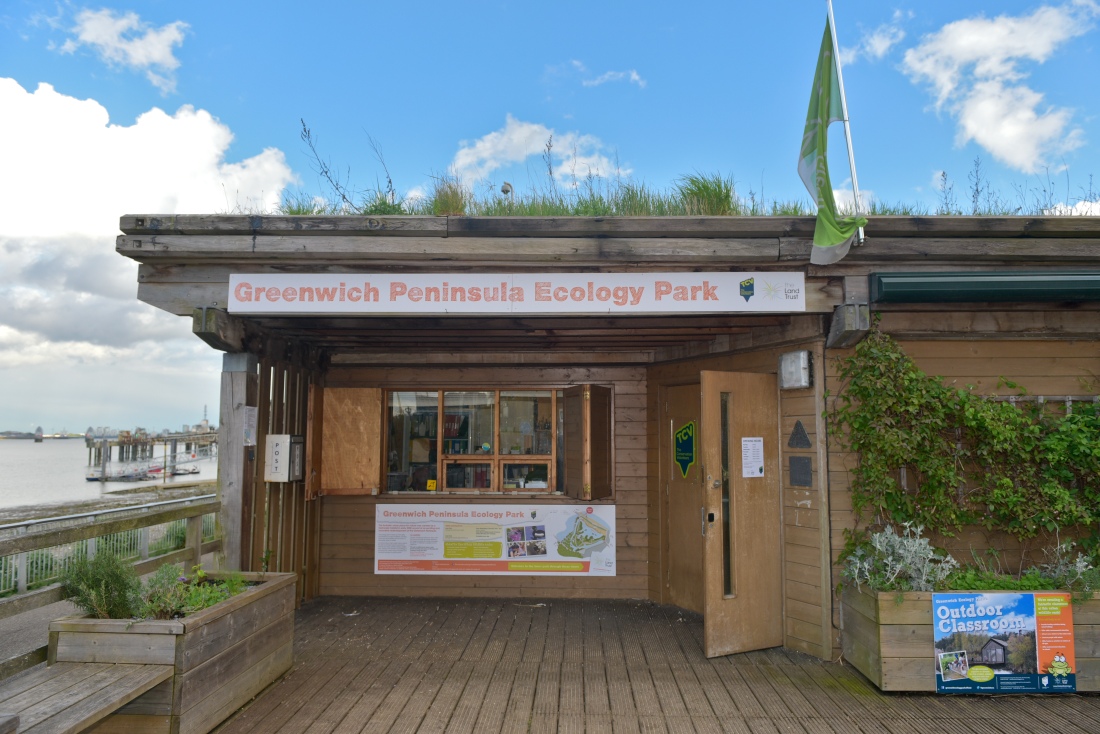
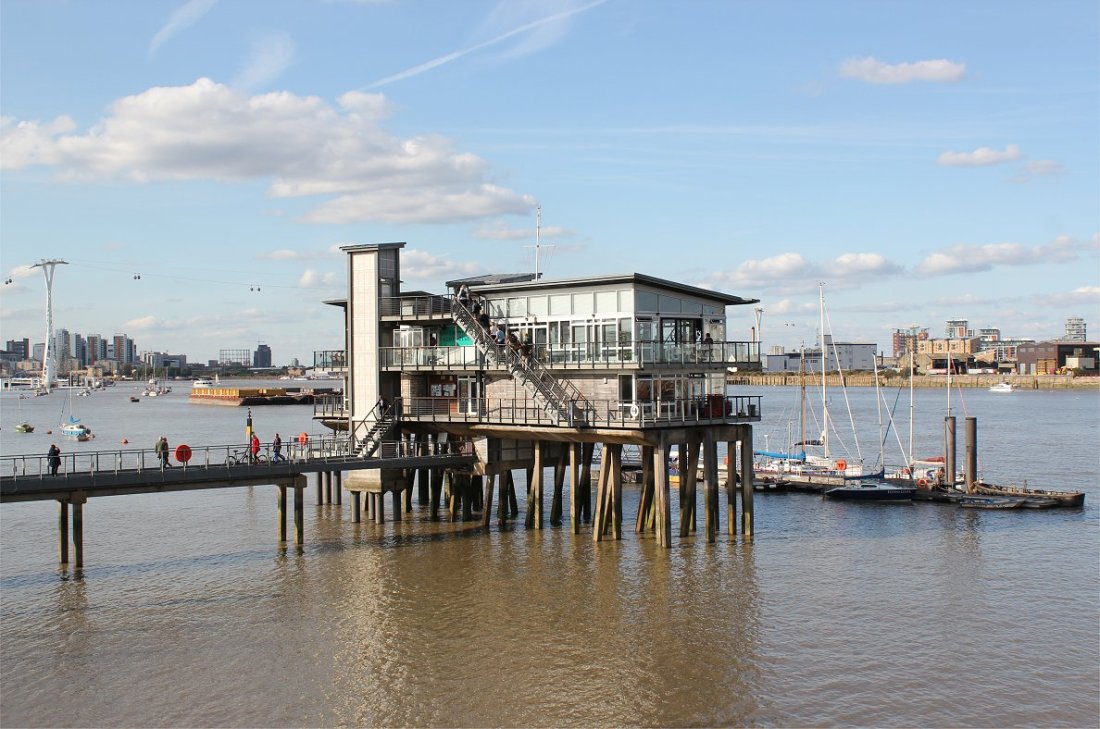






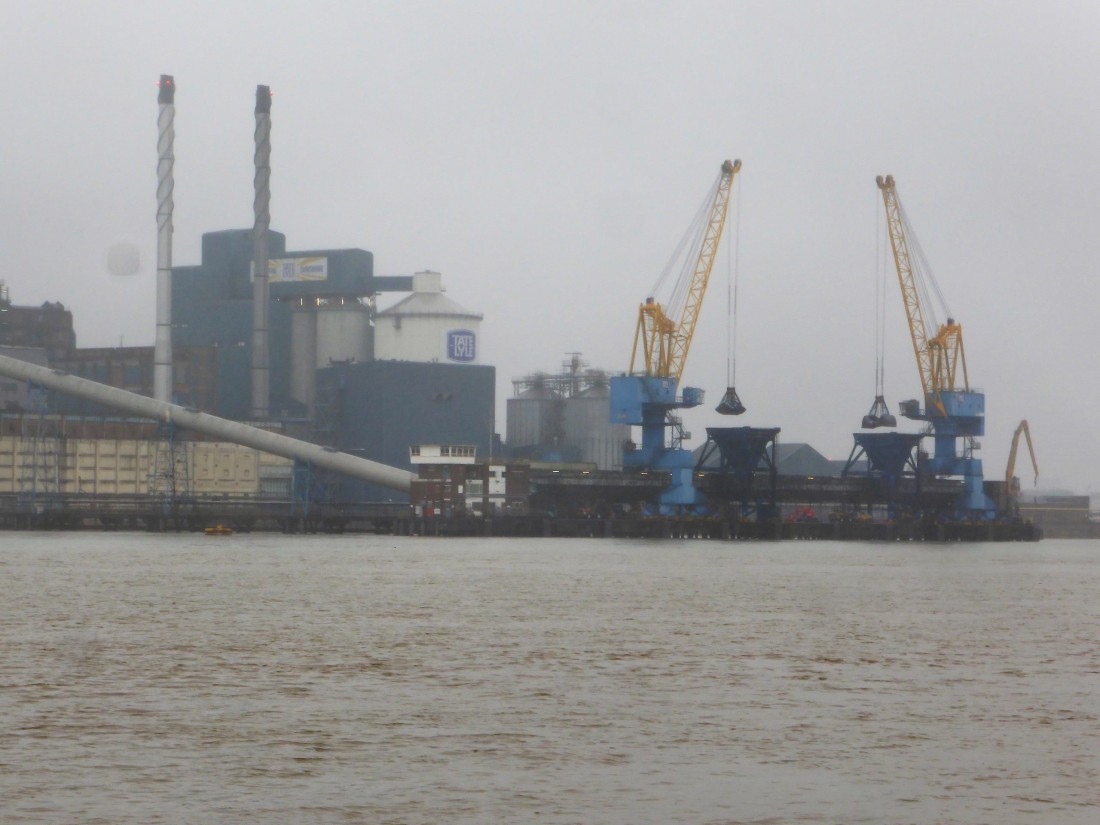
 Keep to this street all the way until you meet the A206, the busy main road in the area. Turn left and follow the pavement beside the road, passing the White Horse, rebuilt in 1897 and offering B&B for £35 / night!
Keep to this street all the way until you meet the A206, the busy main road in the area. Turn left and follow the pavement beside the road, passing the White Horse, rebuilt in 1897 and offering B&B for £35 / night!


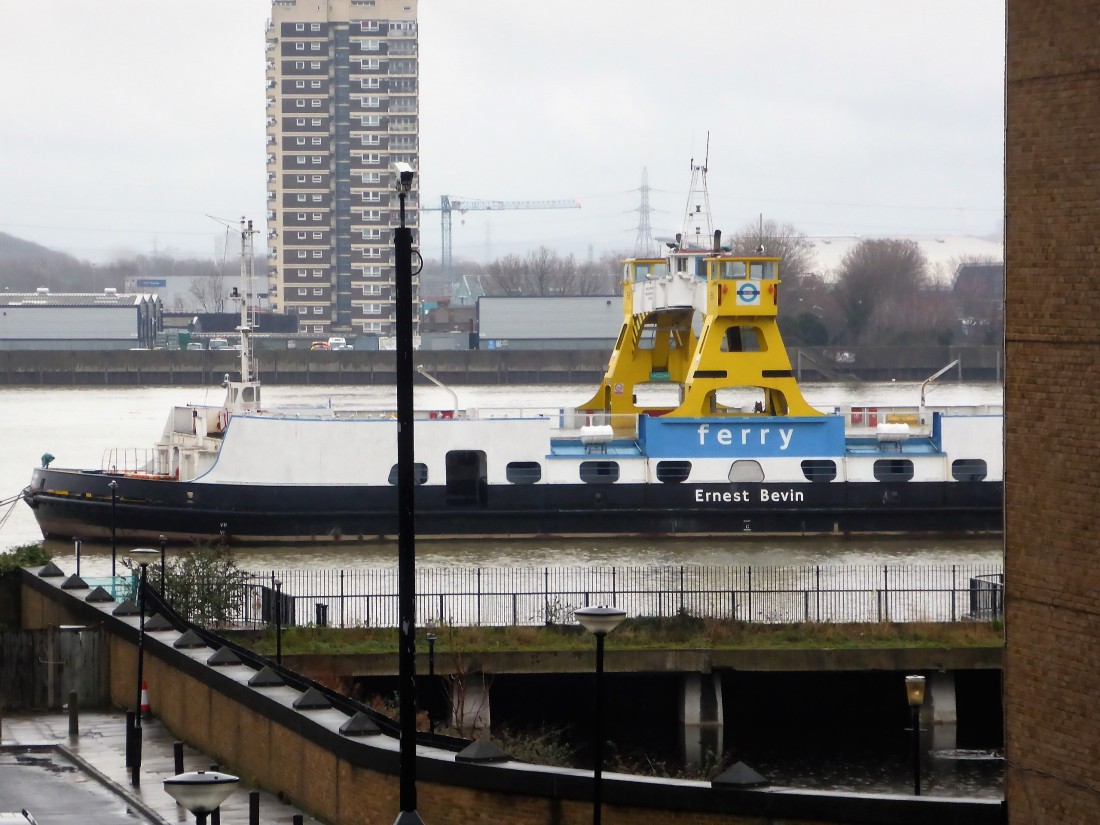

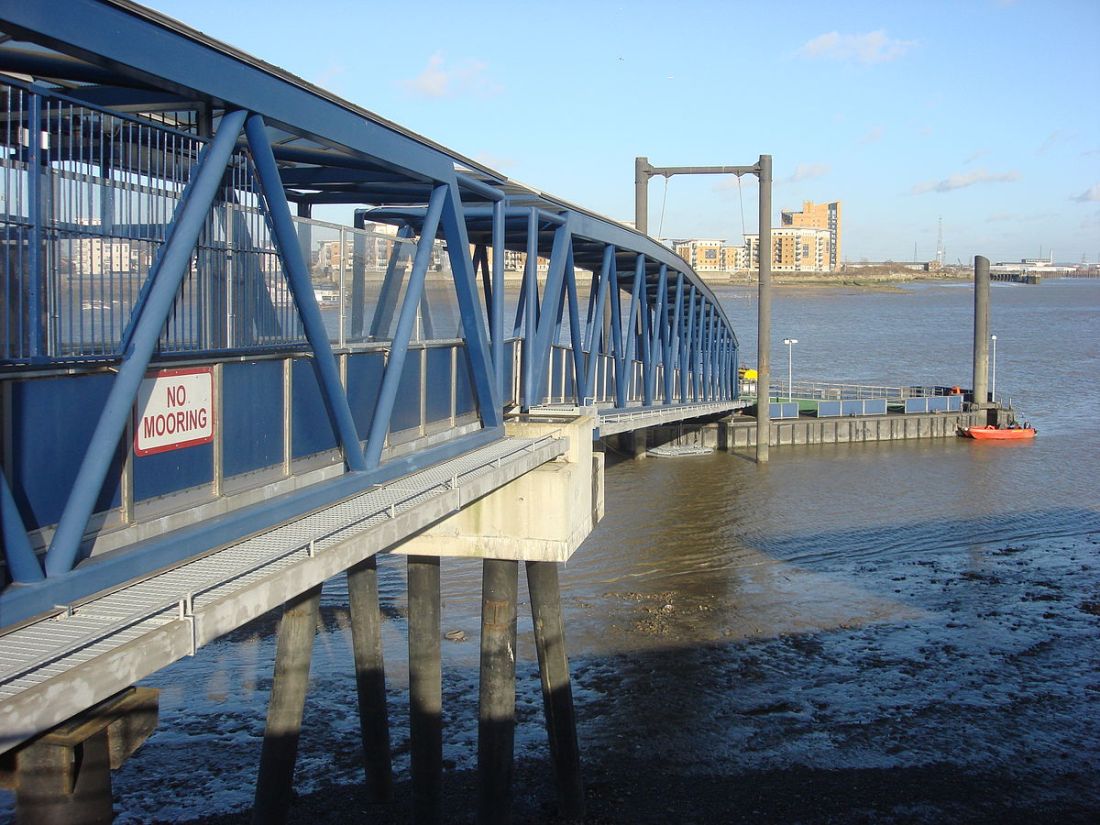
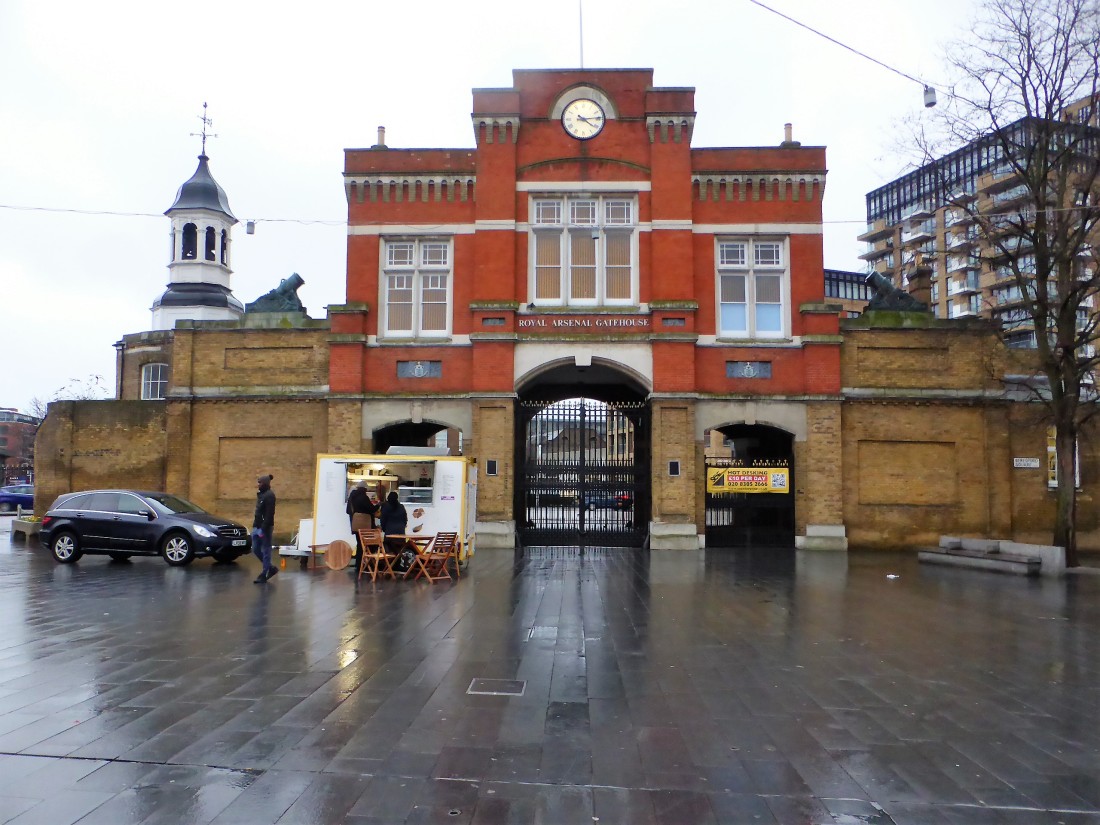

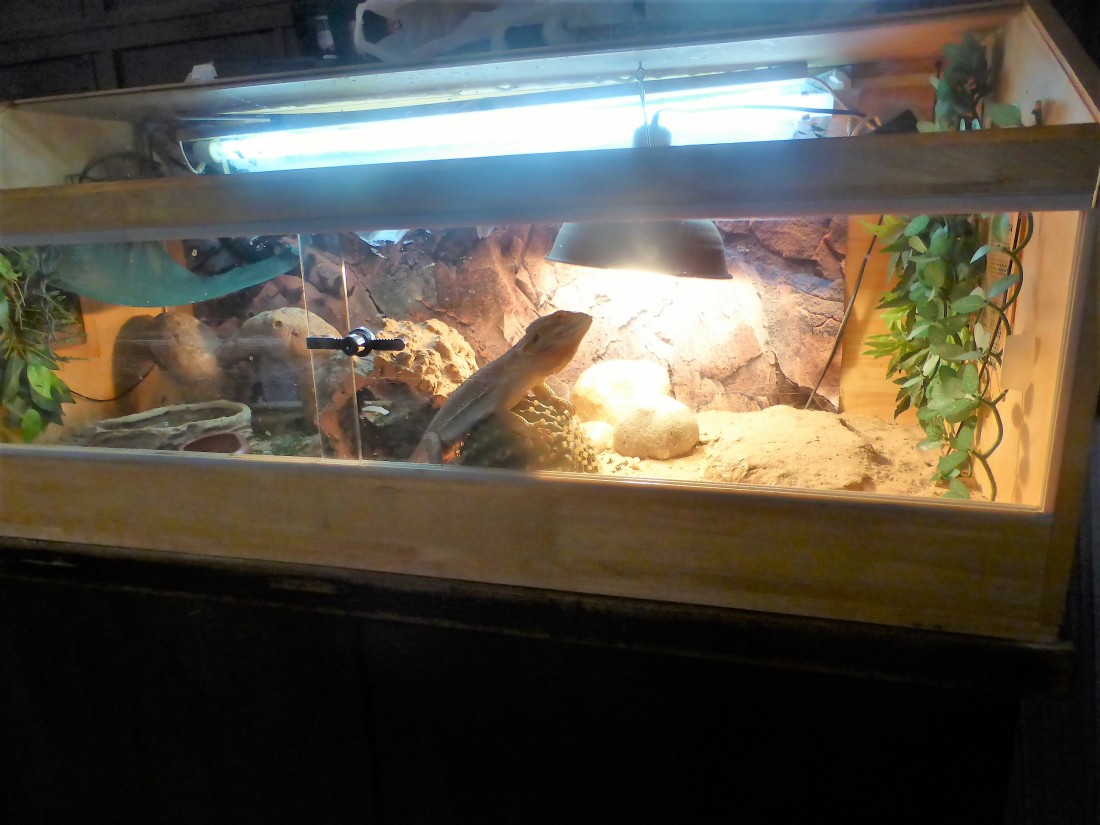










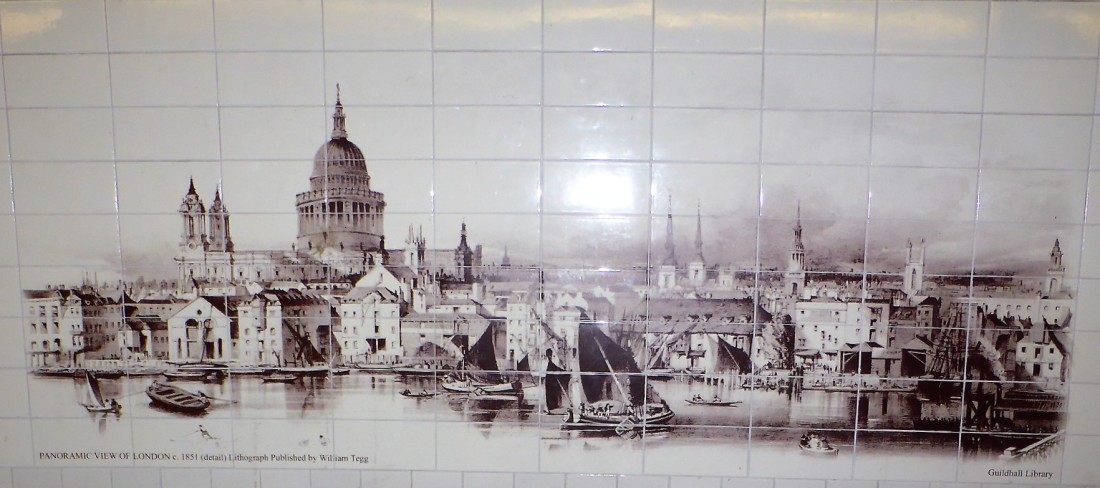

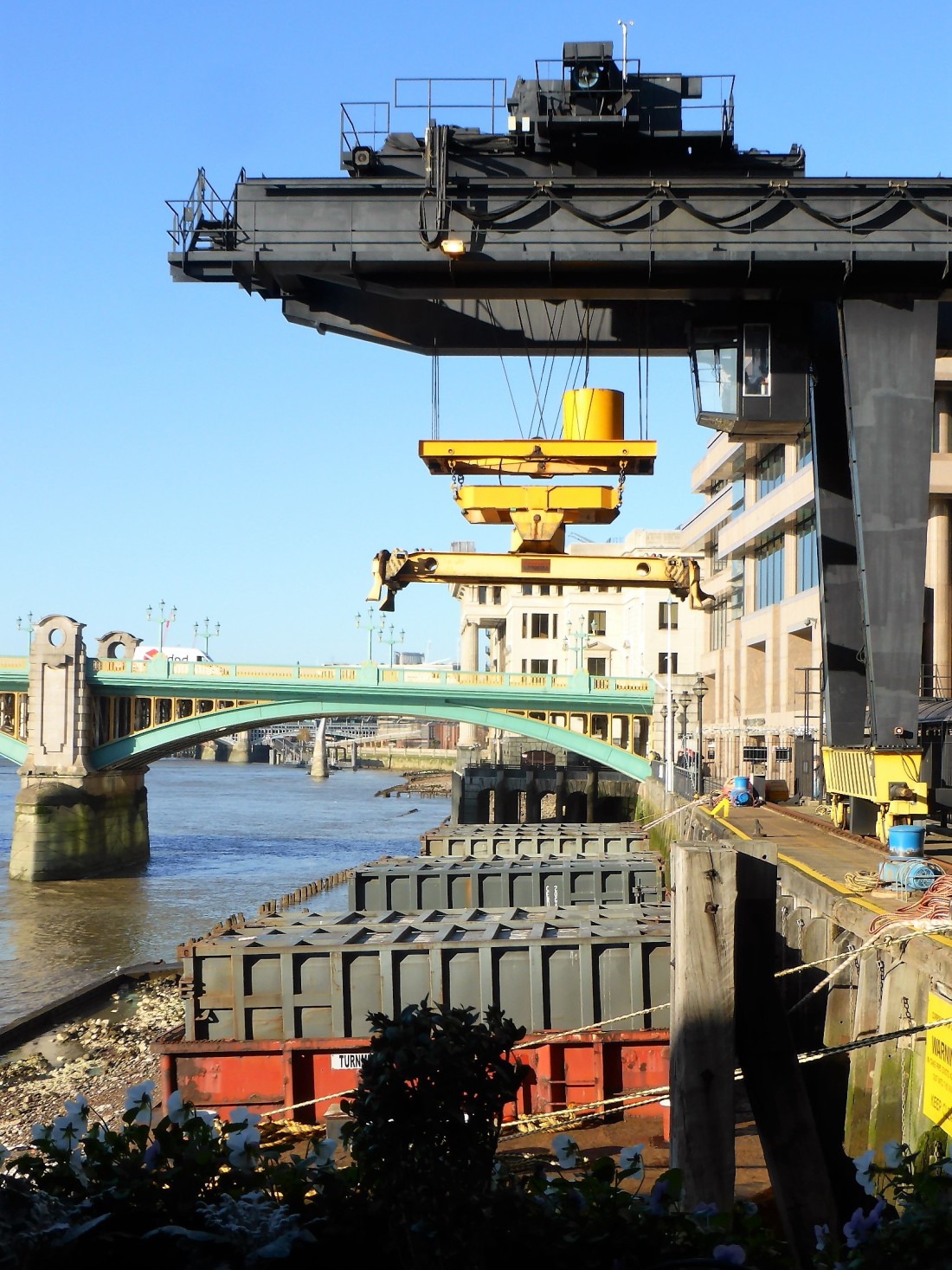
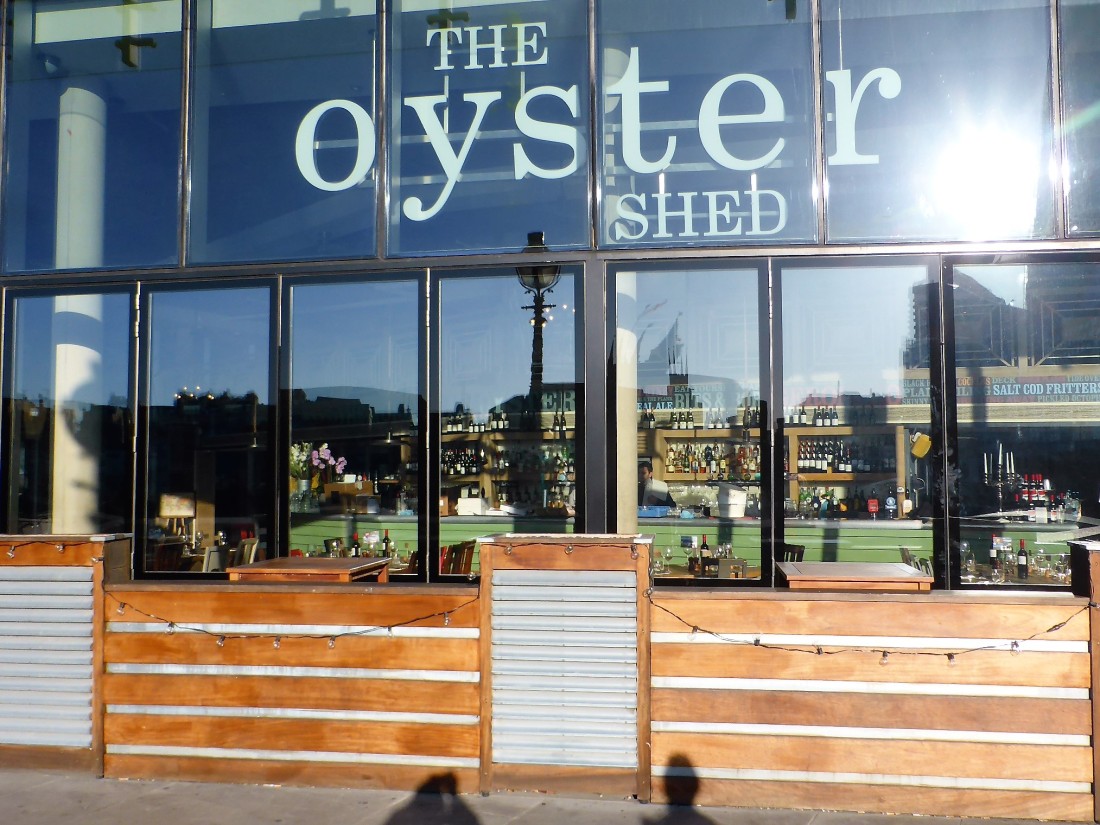



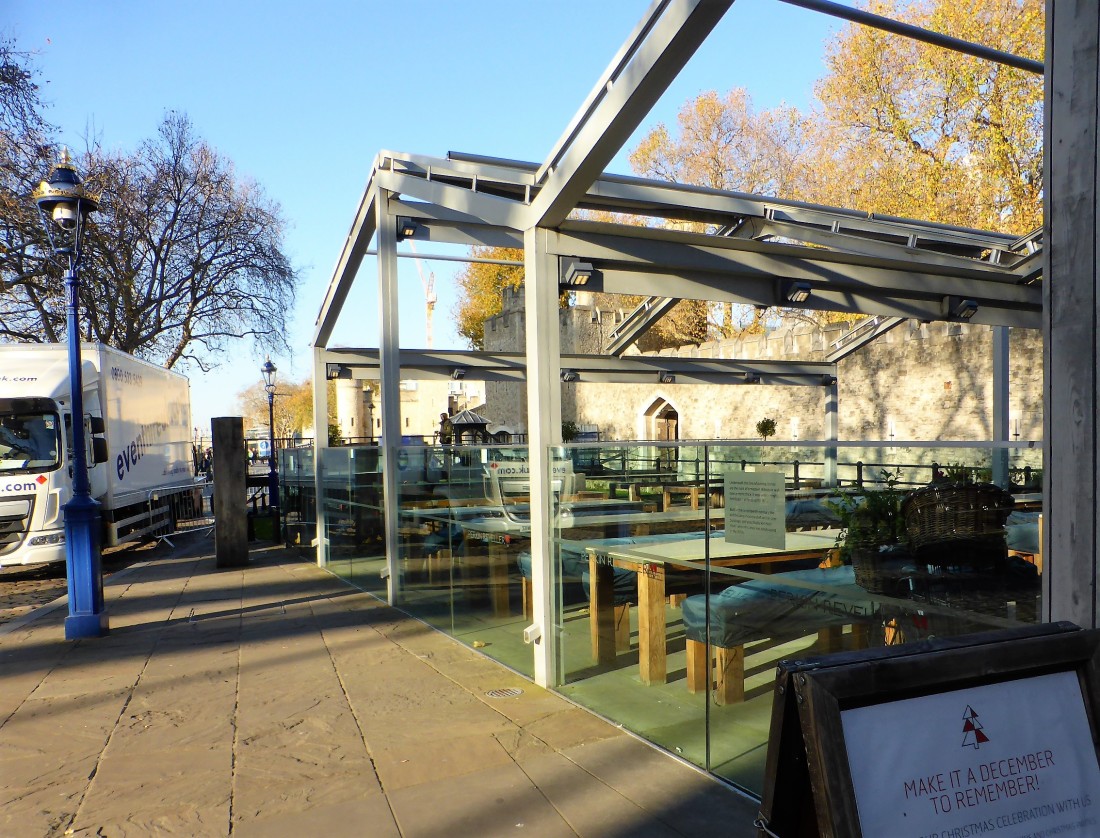



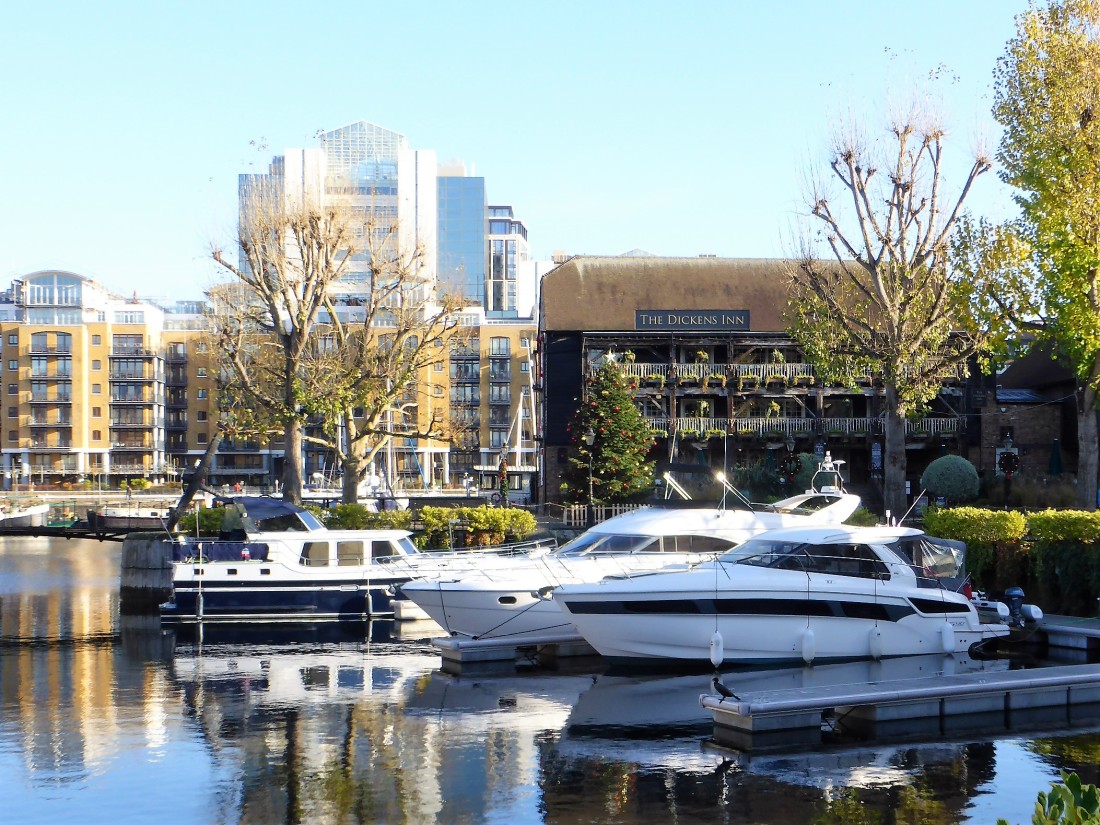



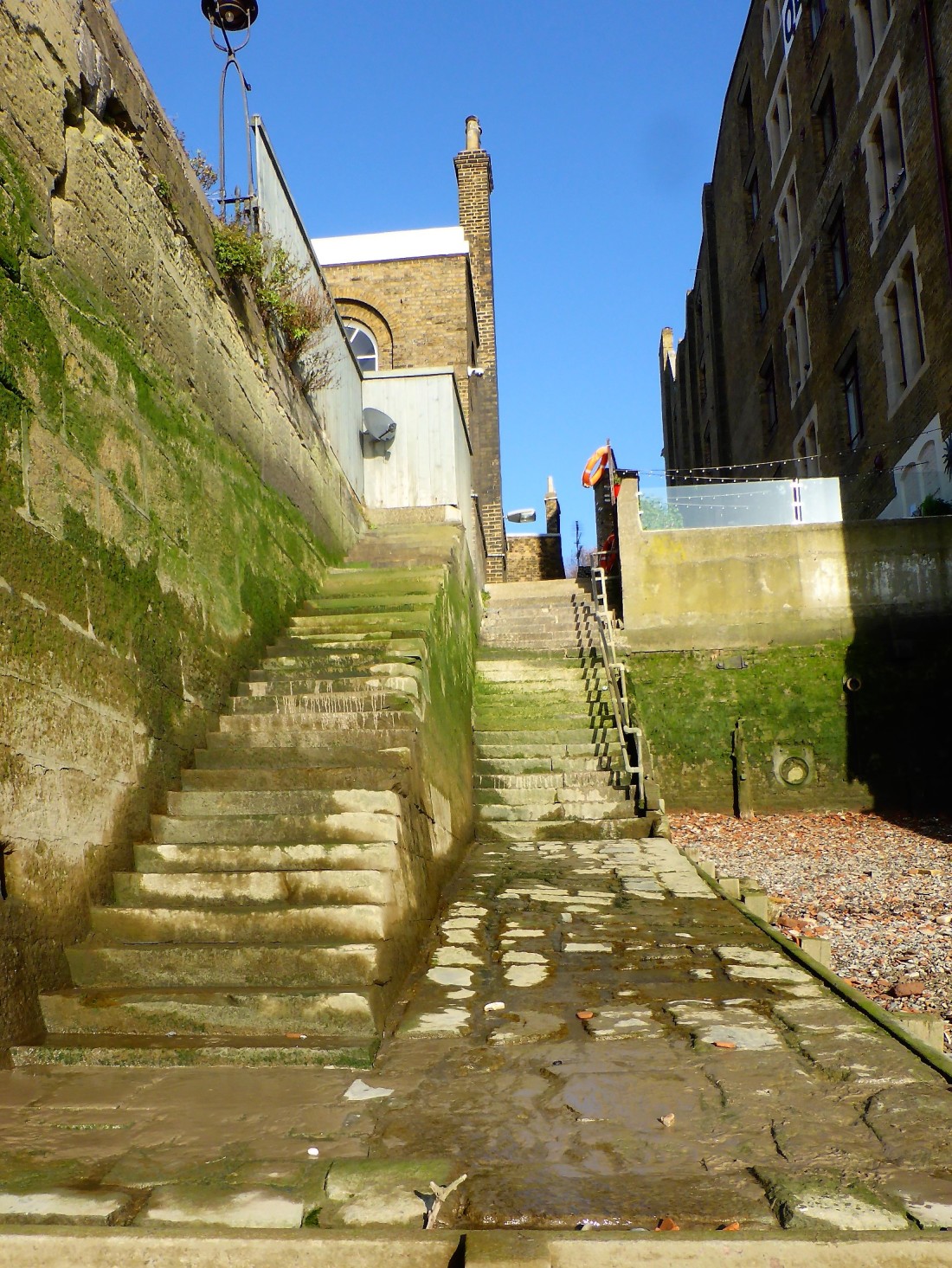


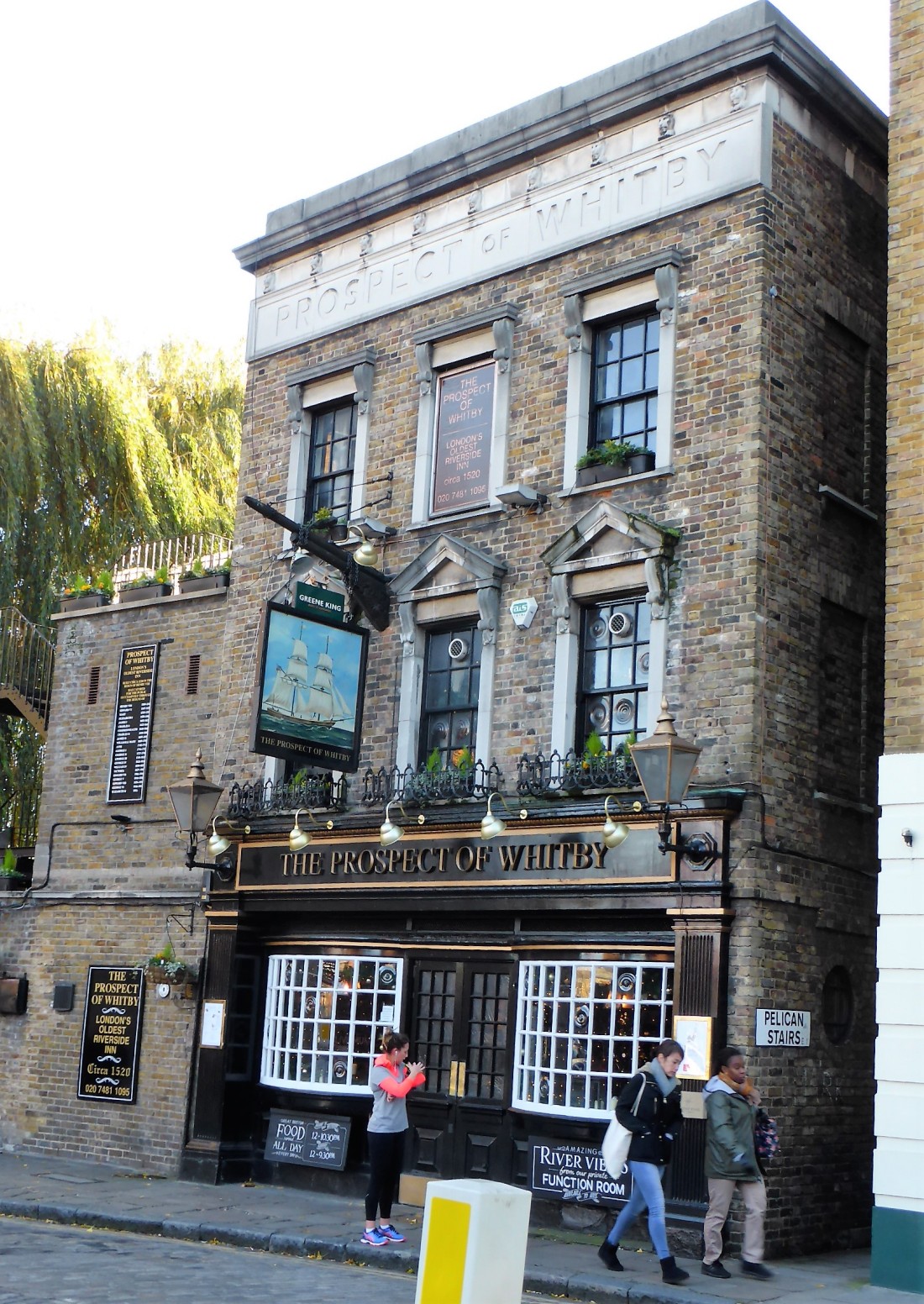

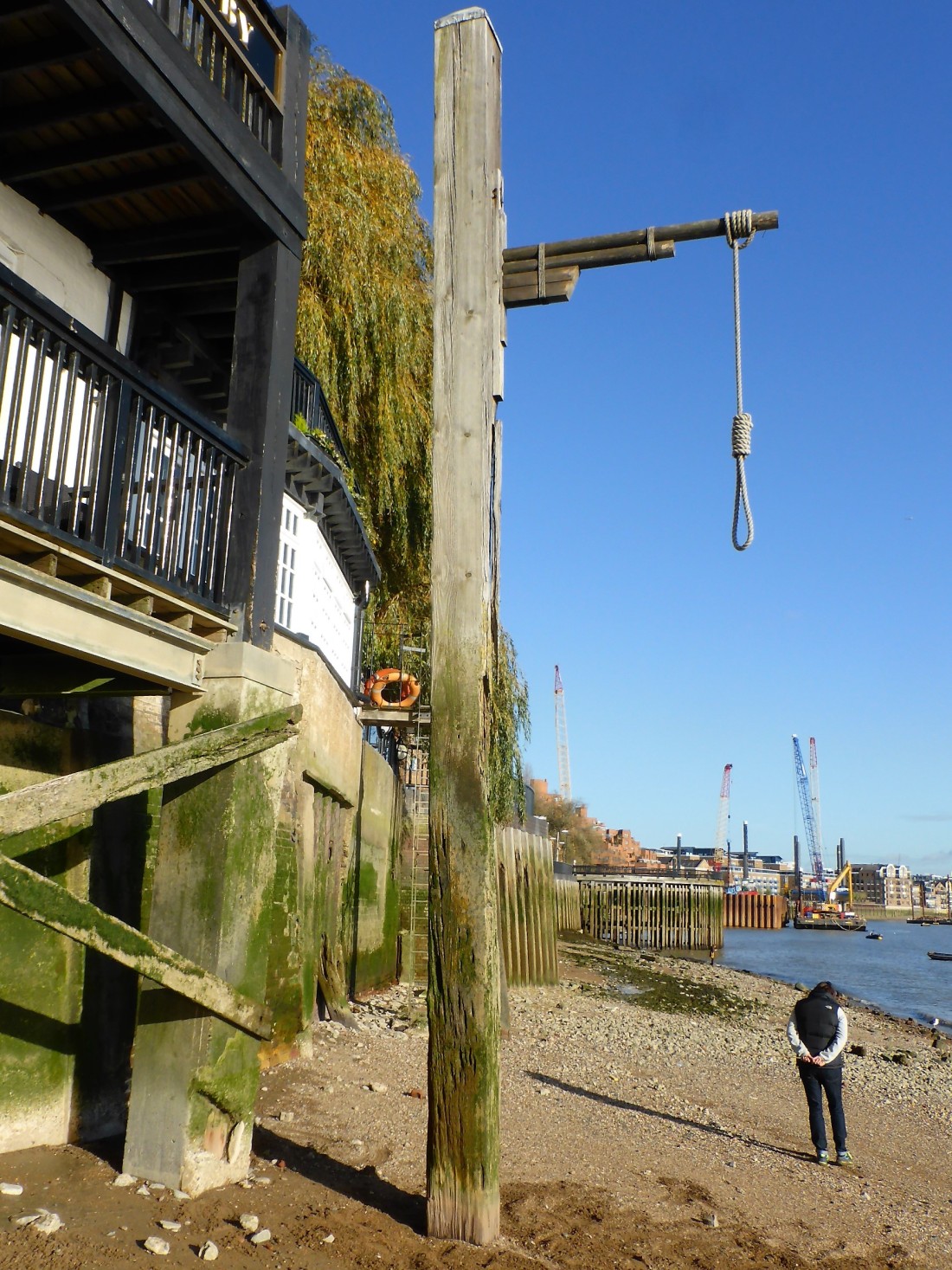

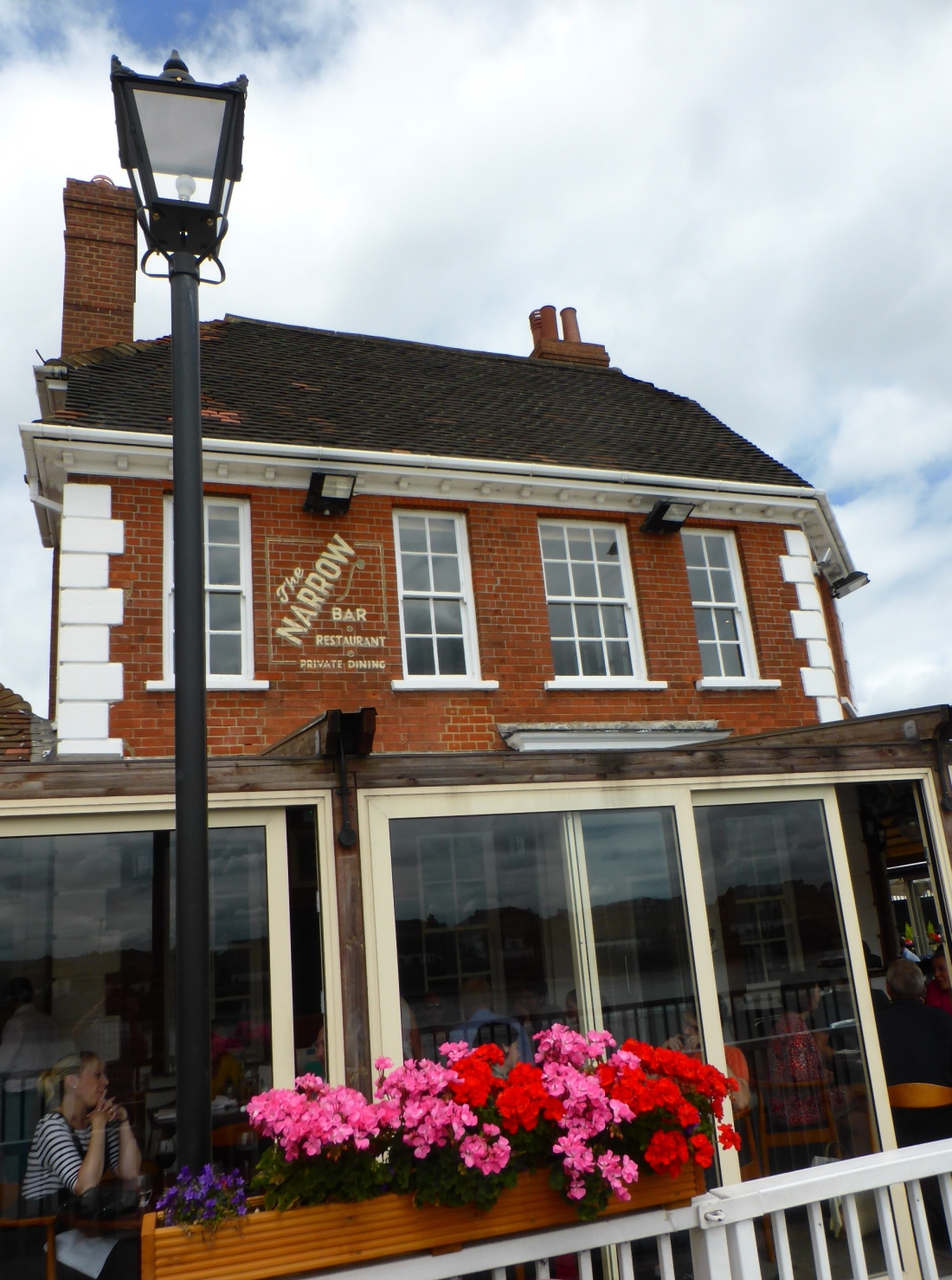
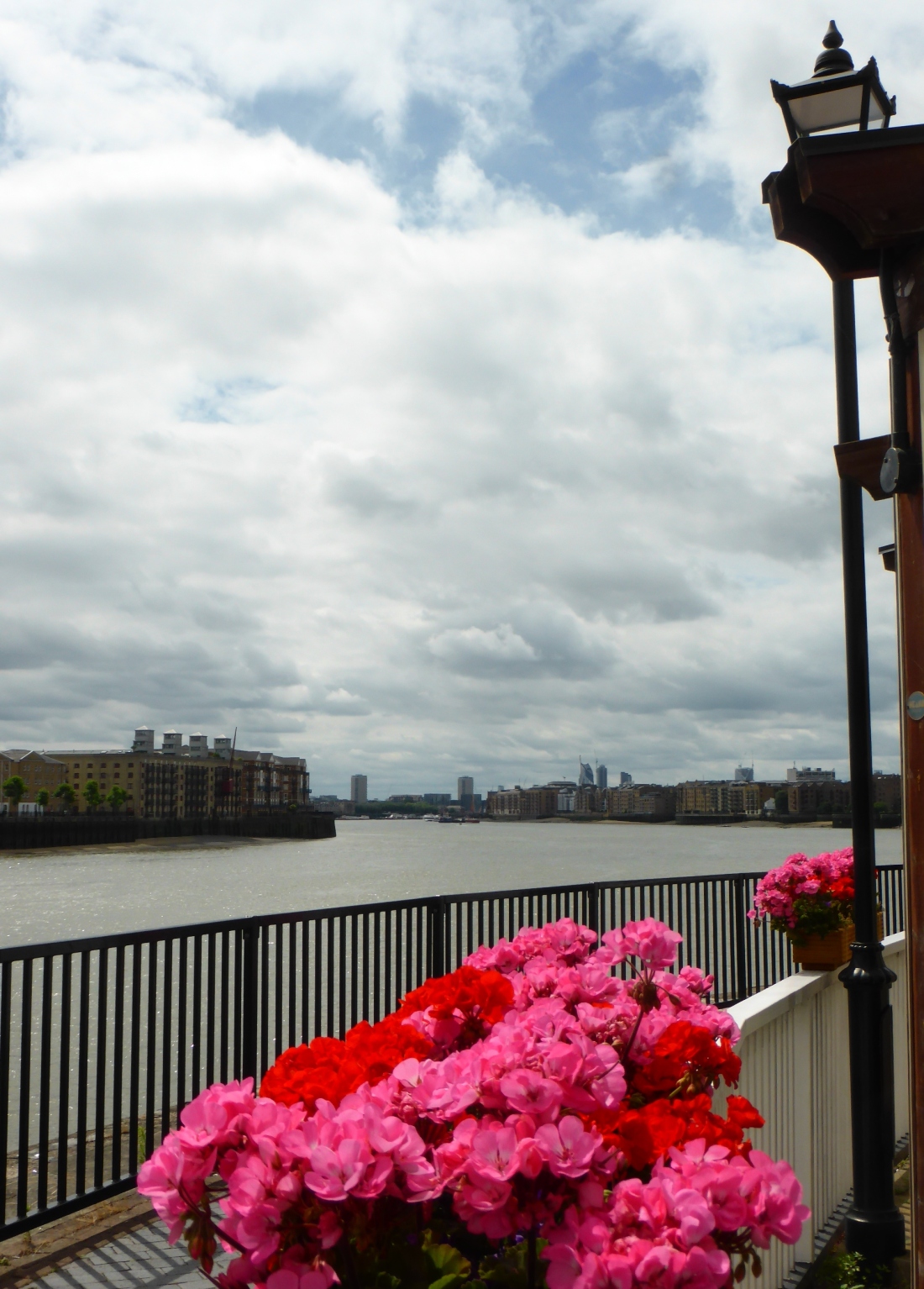
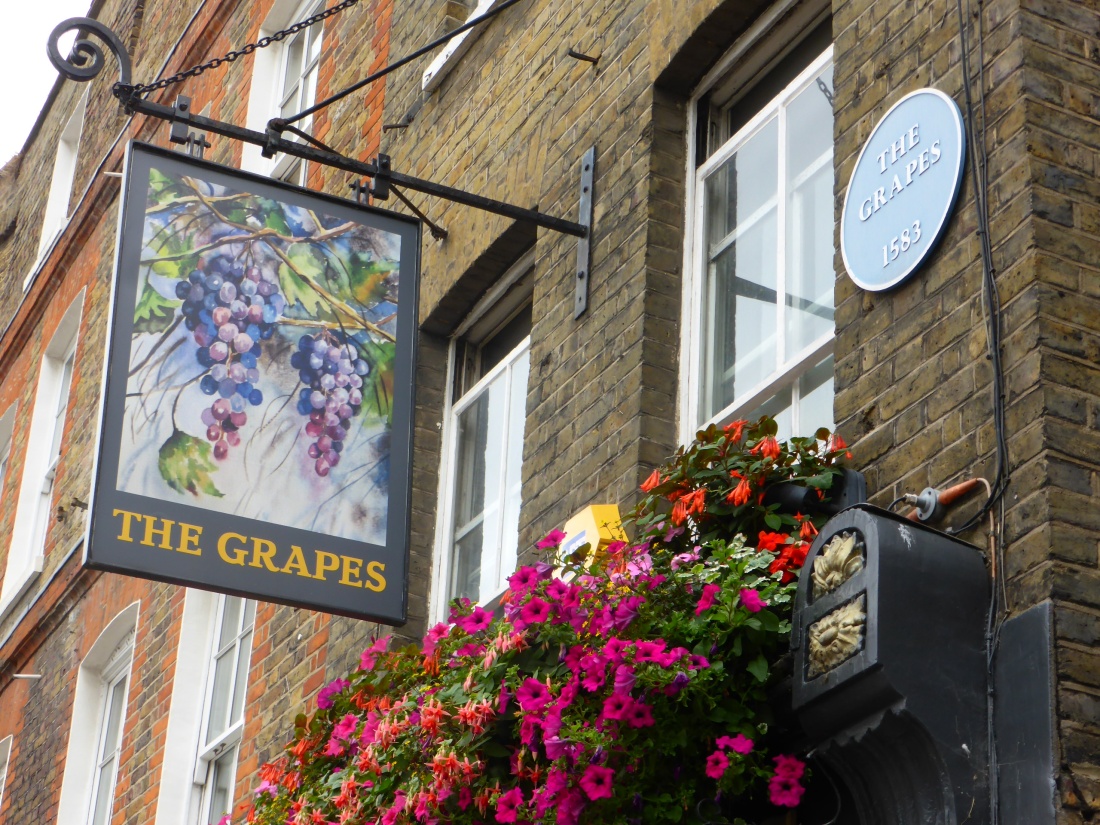

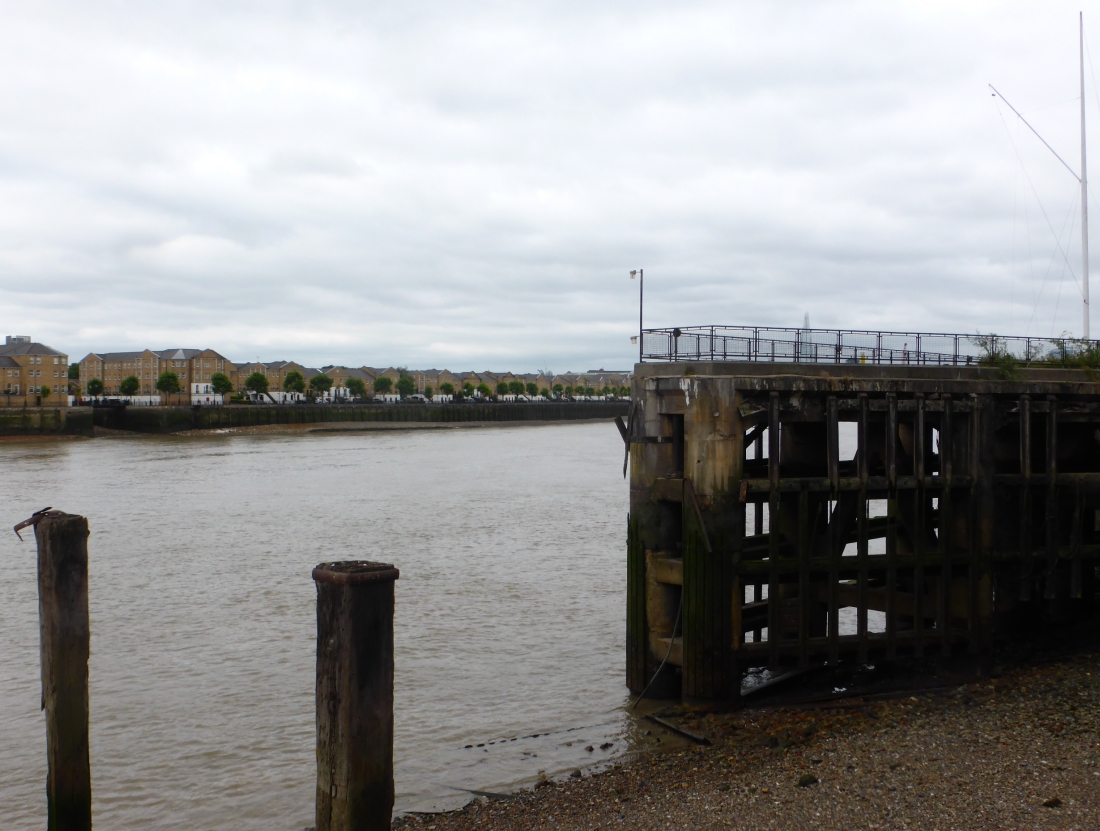



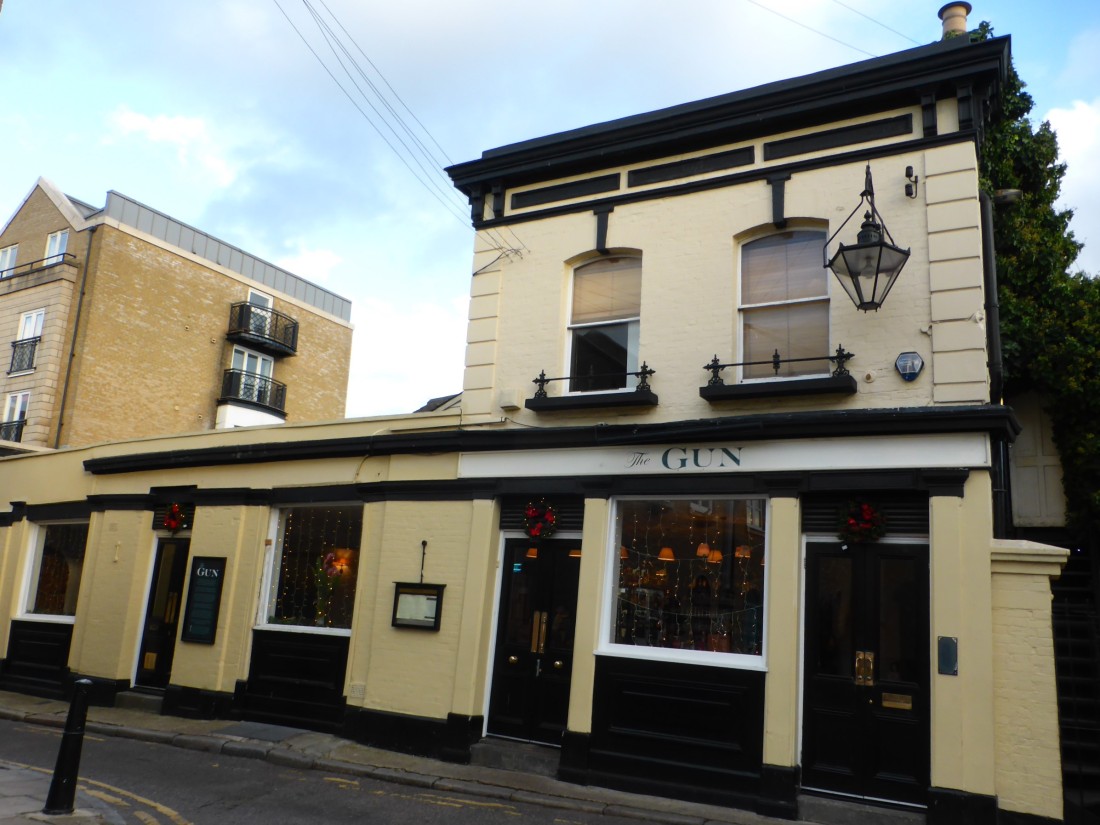
 long tunnel has been fitted with a leaky feeder system to permit operation of mobile phones. If you’re feeling sad and lonely and Tinder or Grinder are not your cup of tea, then why not join the ‘Friends of Greenwich and Woolwich Foot Tunnels’ (FOGWOFT) which was established in September 2013: https://fogwoft.com/ https://en.wikipedia.org/wiki/File:WoolwichTunnelNorthEntrance.jpg https://en.wikipedia.org/wiki/Woolwich_foot_tunnel#/media/File:London,_Woolwich_foot_tunnel_08.jpg North Woolwich Pier - Opposite the former North Woolwich Station, the structure is sound but the wooden decking at the north end is in poor condition with timber missing. There is a steel shelter with an asbestos roof; this has an open end onto the pier and locked gates at the other end. Within the shelter these is a small booking office that has suffered fire damage. Externally and internally the building has suffered from vandalism and graffiti. http://www.chrismansfieldphotos.com/RECORDS-of-WOOLWICH/North-Woolwich-area-/i-N7VhScR Royal Victoria Gardens - Created In 1850 by the entrepreneur William Holland, who escaped his creditors by leaving the park in a balloon. By 1853 it included an esplanade, bowling green, rose gardens, walks and a maze. By 1859 additional features included a long riverside terrace, a maze, gypsy's tent, rifle gallery, large ballroom and refreshment room. There was also an Italian garden, a Chinese dancing platform and a stage beyond the lake. https://upload.wikimedia.org/wikipedia/commons/6/6d/London%2C_North-Woolwich%2C_Royal_Victoria_Gardens_03.jpg)
